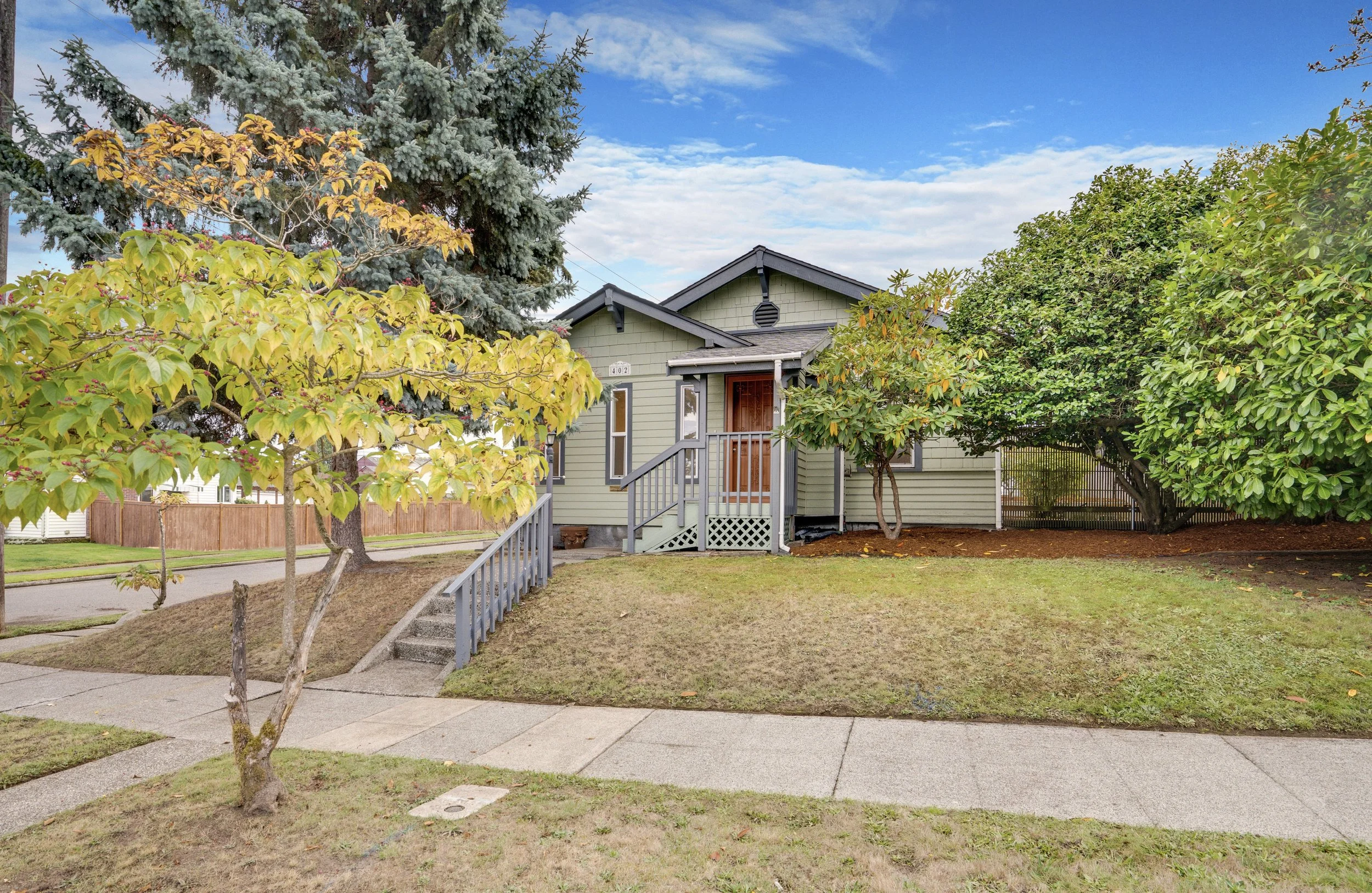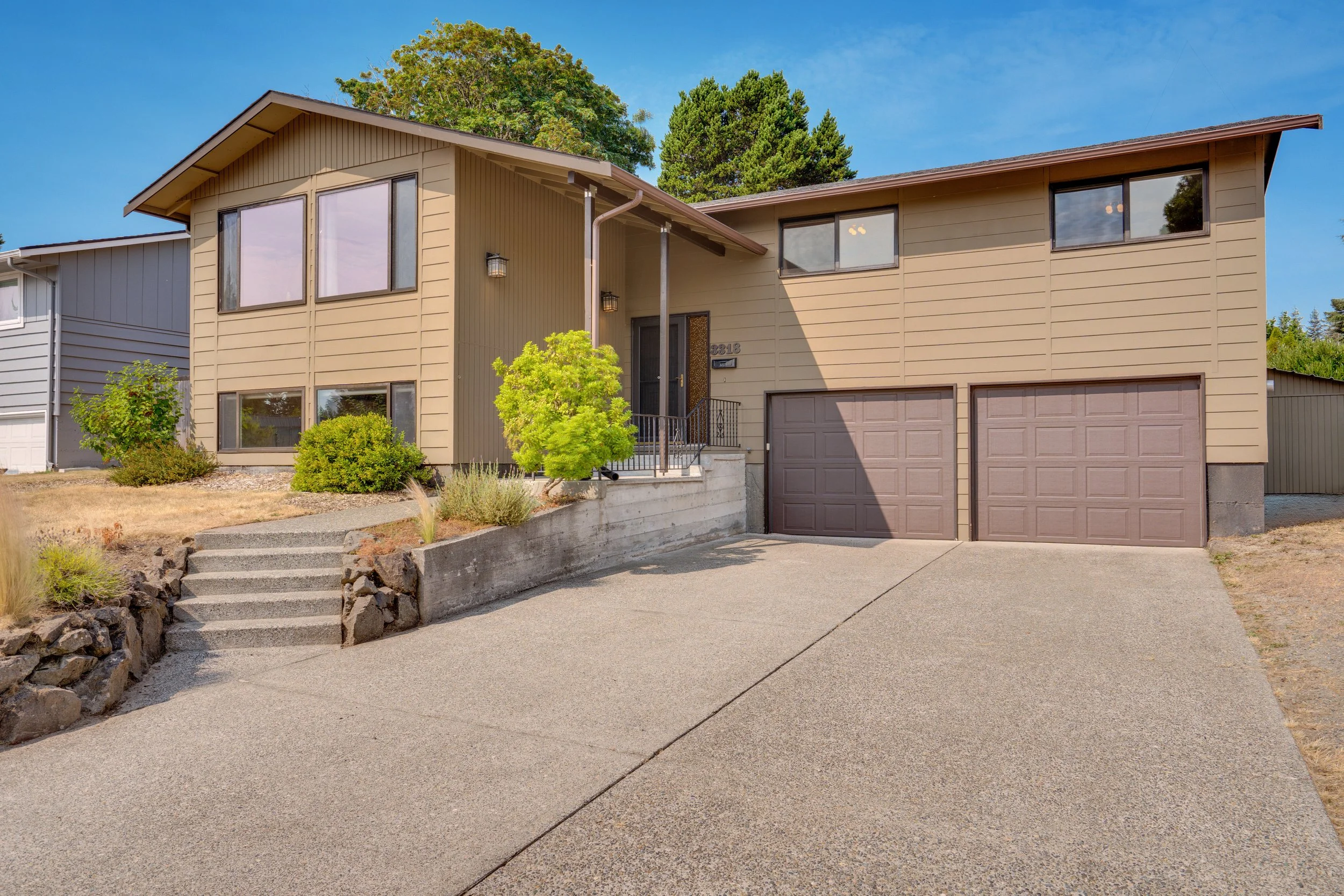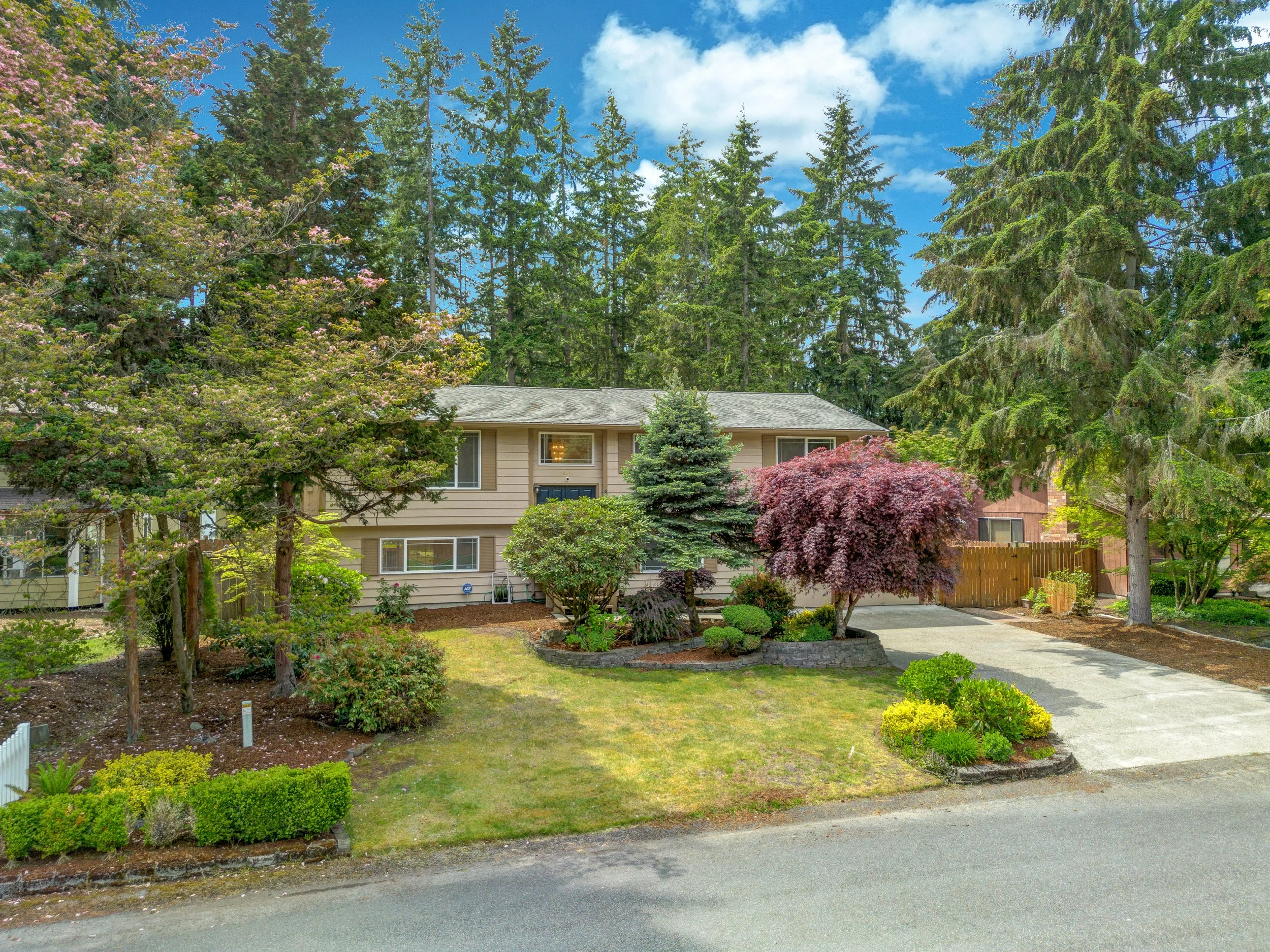Duggan Homes is our family business. Michael is a dedicated Realtor at Windermere Abode who works with home buyers and sellers in Tacoma and its surrounding areas, like Gig Harbor and the Key Peninsula. Gretchen is our Duggan Homes Creative Department. We’ve closed over 200 home purchases and sales with our clients. Learn more about us.
If you're thinking of selling your home this year, it's time to begin the 5 steps below. We imagine you value your home as a practical asset and as a companion to years of your life; take the time to follow through and treat it well when it’s time to sell. We’ve listed and sold over 80 homes with our clients in and around Tacoma. Although we prepare a personal plan to guide each of our clients, these 5 steps come up every time.
Our Philosophy: Houses are imperfect works in progress, kind of like people. The people who choose your house will have ideas about changes they may make—dreams of a wildflower border along the sidewalk, a hammock in back, an additional bath, and their favorite countertops—but ideally they will also love your home for what and who it truly is.
Getting your house ready to sell is kind of like helping your best friend get ready for a date. The idea definitely isn’t to pull the wool over anyone’s eyes (that never goes well!). Rather, you want to treat your home, and its potential new people, with dignity and respect. We aim for clean and cared for. Our hope with every home is to reveal its best, to share its potential, and to understand the experience of living there so we can tell its story with truth and care. So how do you prepare your home for this somewhat nerve-racking endeavor? These 5 steps will show the way.
If you're listing outside the South Sound or moving away, I can help by interviewing agents in that area to ensure you find a good match. Realtors know the best realtors! Some of my best, most successful client relationships have come from direct referrals from other agents; thanks for that!
Step One: Choose a Realtor
At the risk of engendering some eye-rolls, we're saying choose a realtor now, right at the top. The thing is, a good realtor will be there to guide you through the next four steps, to offer advice, resources, market insights, encouragement, and a wide range of experience. As mentioned before, we’ve worked through the process of listing over 80 homes, but we’ve also been in and out of thousands of homes with buyers. There’s an accrual of hard-earned knowledge built-up by that experience, a sense of dos and don’ts, and you may as well put all that to use as early in the process as you can.
Know. Like. Trust. These are familiar terms in the industry and key when choosing a realtor.
Who do you know? If you don’t know a realtor already, there’s a good chance your friends, family, or colleagues have experience with one.
Start with someone you already know and like. Or take the suggestions of friends and do a bit of research on the agent they suggest. If you like what you see on their website, feel good about their reviews, and connect to what they present on social media, send them a message or give them a call.
And trust me, the trust bit is vital. A reliable referral, good reviews, and a visible record of plenty of experience in the local market is a good starting point. You might feel trust right away, but in a new agent-client relationship it tends to build over time. If it’s clearly a “no” right off the bat, that means it’s time to move-on before you take too much of each other’s time.
Local experience and knowledge is key. I'm licensed all over Washington State, but I wouldn't try to sell a home in Washougal or Everett, because where I'm an expert is here in the greater Tacoma area, and what you need is an expert. Keep that in mind when choosing a realtor. What I can do if your need is outside my area, is help you find the expert. Realtors often know the best realtors.
Loads to Tacoma's Habitat for Humanity Store, Second Use, Goodwill, Earthwise Tacoma, and the Val Vil now will save you time later. (Remember that eventually everything has to go in a box and into a moving van. Stay strong.)
Step Two: Inventory - Take a Tour and Take Notes
Start with a room by room tour of your house. If you have more than one floor, start at the top. Otherwise, pick a room at one end and make sure you don't miss any. Take notes in each room. What, like class?! Just do it.
Oh, you’re not sure what’s worth changing, fixing, painting, or replacing? This home inventory is something we go through with our clients. (What we’re saying is, your realtor can do this step with you and advise on what’s worth tackling.)
Back to your notes. Example:
Primary bedroom:
baseboard trim needs touch-up paint
Replace “boob” light fixture (if you know, you know)
Back bedroom:
remove broken blinds
Kitchen:
finally fix the dripping faucet
After you've gone through every room, take a break. You're going to need it. Your break could include coffee (or something stronger).
Next, go outside and do the same thing. Walk all around the exterior of your house and also visit your yard, as well as any outbuildings or garages (if your garage is attached, maybe you already tackled it during the interior tour; look at you go!).
Don’t go crazy and knock out a wall because you always wondered how that room would feel if it were more “open.” Do call your most helpful buddy, sister, dad, auntie, bff, or the skilled person your realtor recommended to help you install a new ceiling if you tore yours out 2 years ago when you were working on plumbing and lighting.
Step Three: Prioritize and Organize
Do we sound bossy with these "ize" words. Well, we sympathize.
Prioritize: Consider the visual and practical impact your repair or improvement could make and weigh that against the cost and time it would require. You've always dreamed of adding a sunroom? Now is not the time. However, if the front steps are rotten, or you have a hole in a wall, get those on the A List.
A List Projects: No discussion, these are happening.
B List Projects: We'll try hard to get to these. Would be nice.
C List Projects: I'm doing this if I end up with a miraculous extra 3 days.
Your realtor can advise you about which projects to tackle. We're in and out of listings on a weekly basis and see first-hand how buyers tend to react. After a thorough walk-through, we prepare a plan to help guide clients and keep projects on track. Still, this is always the homeowner’s choice and also depends on timeline, budget, and goals.
Some homeowners are dedicated to deep cleaning and will find a way to make sure they can do this step themselves. Others know they don’t have the time or interest. A deep clean is really important to making prospective buyers feel drawn to your home and is a vital phase to factor into your budget and plan. We recommend hiring a professional cleaner who will focus on details and making things shine.
Organize: Who is going to do the work and how much will it cost?
Using your notes, create of list materials you'll need and their cost (if you're short on tools check out the Tacoma Tool Library before spending lots on buying your own!). Start with your A List Projects. Even a partial list will save you some trips to Home Depot/Lowes/McClendon (RIP Lincoln Hardware).
Which jobs can you do yourself? Be realistic and begin to block out time for this on your calendar.
Which projects require a contractor, professional, or just help from friends? You'll want to start getting bids. Good agents have a list of trusted contractors and can help get you in touch.
Set your budget. Now you know more about the cost of your projects. It's possible your A, B, and C list projects might shift around a bit. If you have good equity in your home but not much cash on hand, ask us about the Windermere Ready program which can provide money for listing preparation projects including repairs, updates, staging, and cleaning.
Say you already have another place to live and therefore can vacate your home entirely prior to listing. Go for it. This is often the simplest way forward. The house stays clean, you won't need to scoop-up kids, secure pets, and pick-up laundry every time a showing is scheduled. You won’t have to worry about what to pack-up and what to leave for staging. Smooth. But of course it’s not an option for everyone and that’s okay!
Step Four: Make a Timeline
Plenty of our clients live in their homes while listing and selling. In this case, we recommend scheduling a long weekend away right when the house comes on the market. This way it’s as open and available as possible for the biggest wave of showings and leaves room for open houses that weekend too.
Your timeline might be determined by a hard and fast move-out date connected to a new job in a far-off place. But often there's some flexibility here. If you have choice in this, think about when you'd ideally like to be resettled and work back from there. You might consider when your home looks its best and aim for that time of year. But you could also think about listing before the height of the season when your home might stand out more. There's not one right answer.
Really, the optimal time for listing your home is determined by your needs. We also take the practical considerations of the market into account, like when most people are searching, and when buyers tend to be absorbed by other things. This is where a realtor can be helpful for you again. We'll list whenever you need to, this is your home, your life, your decision, but we're happy to help advise on timing.
Recap - Here's where we stand:
You've found the best realtor for you and your home.
You've made an inventory of your projects and repairs.
You've prioritized and organized your projects.
You and your realtor have set a timeline for listing and this timeline includes space for you to pack-up and stage your home. That's right. Stage it.
Step Five: Staging
Before & After

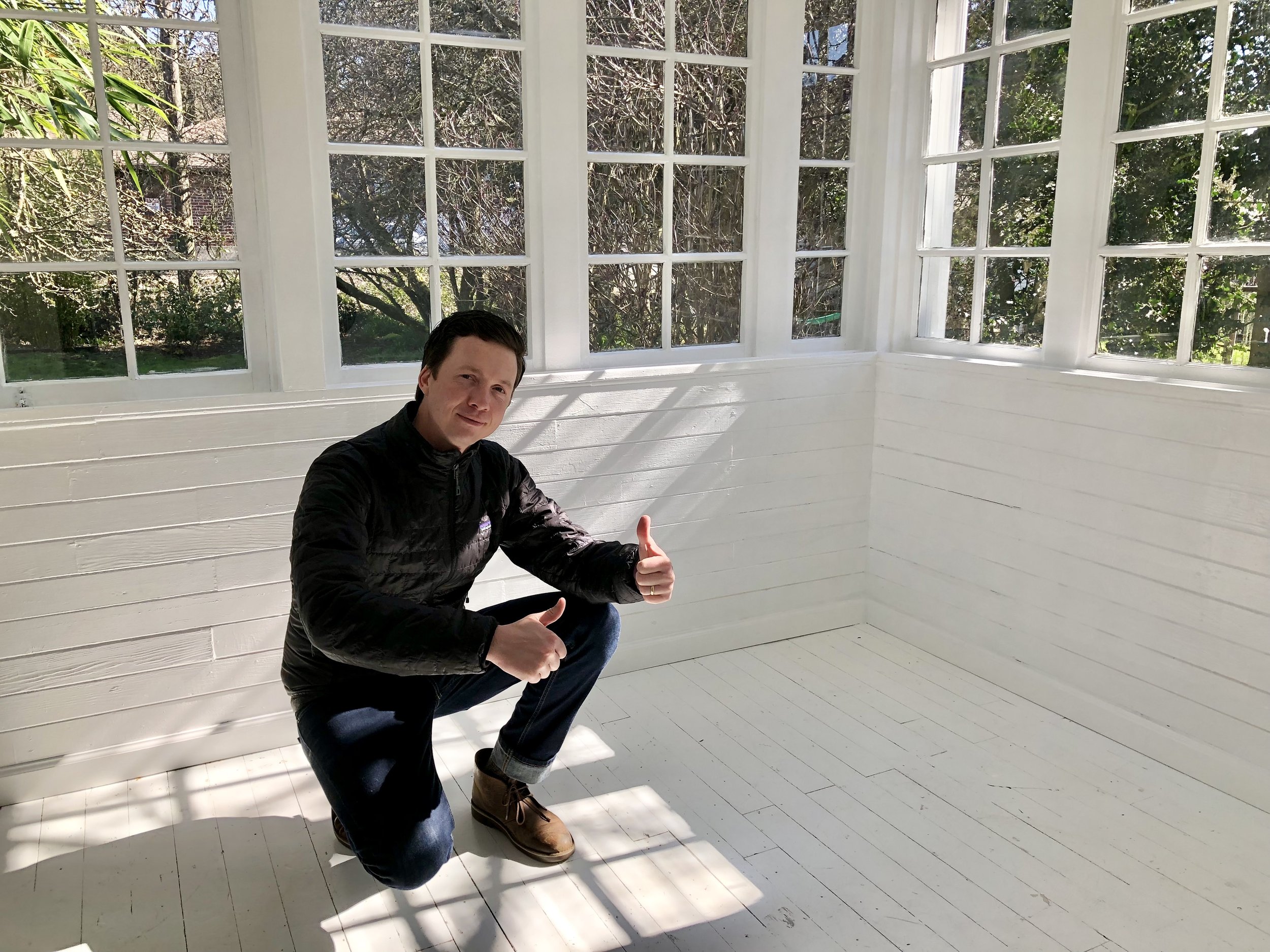
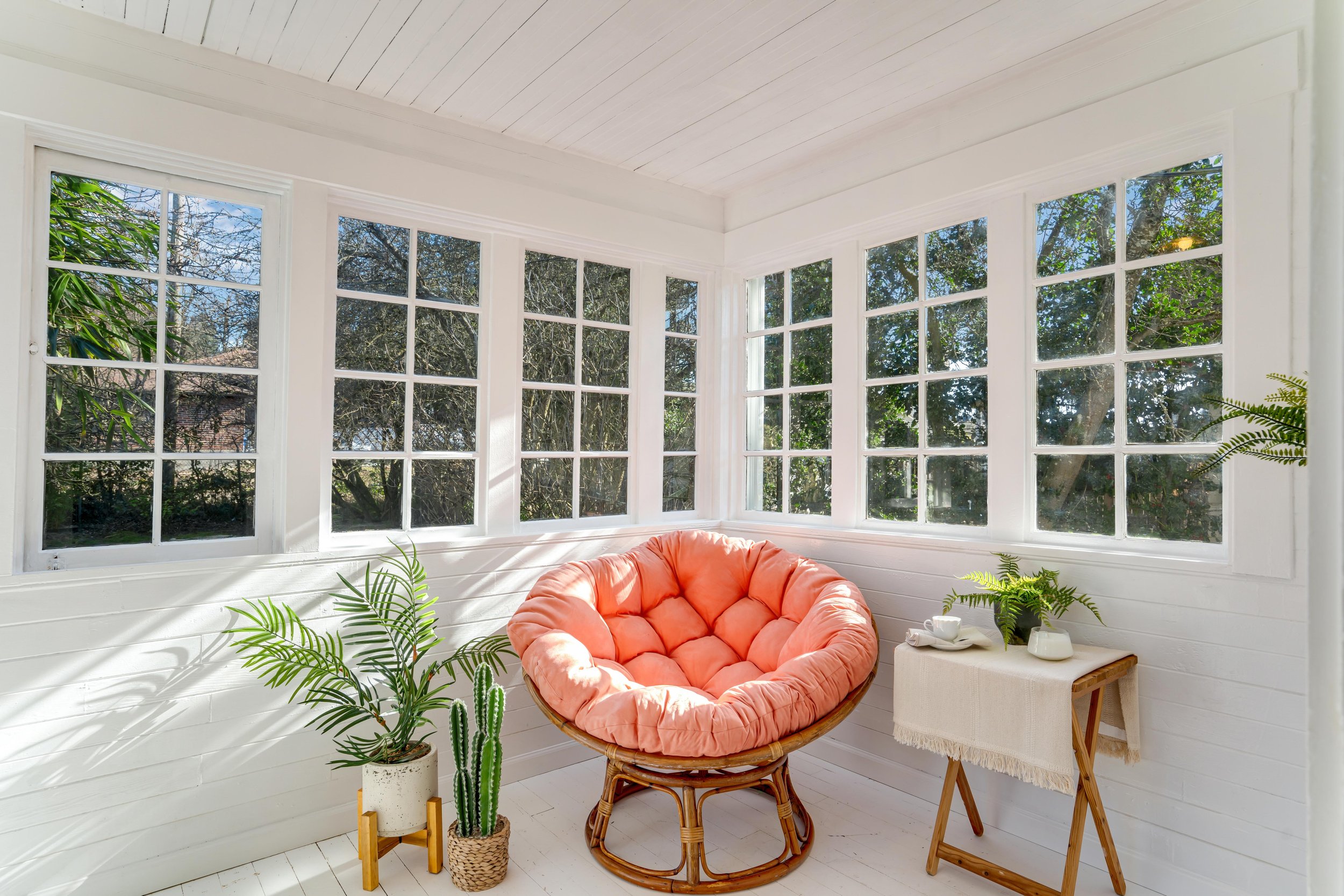
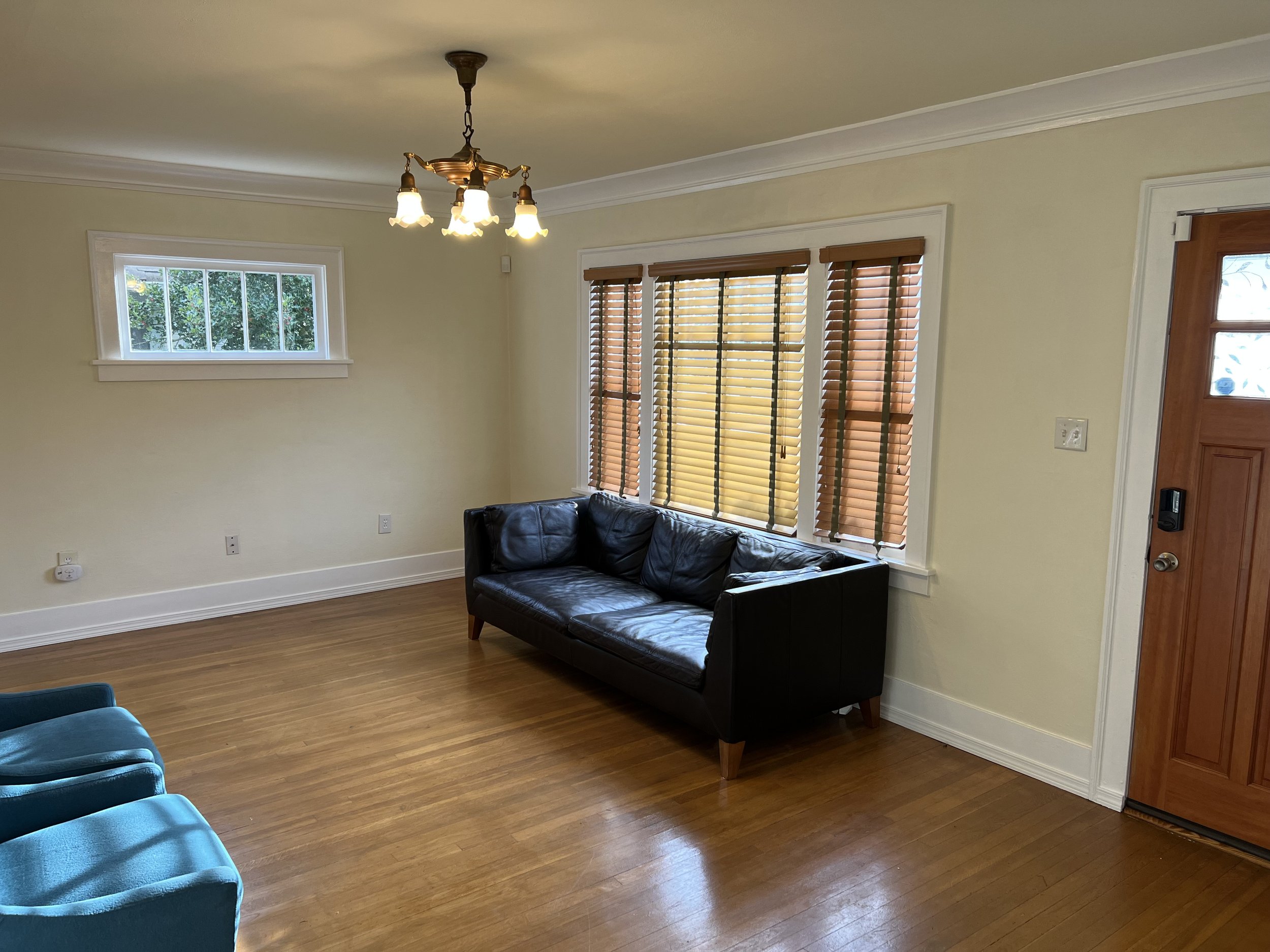
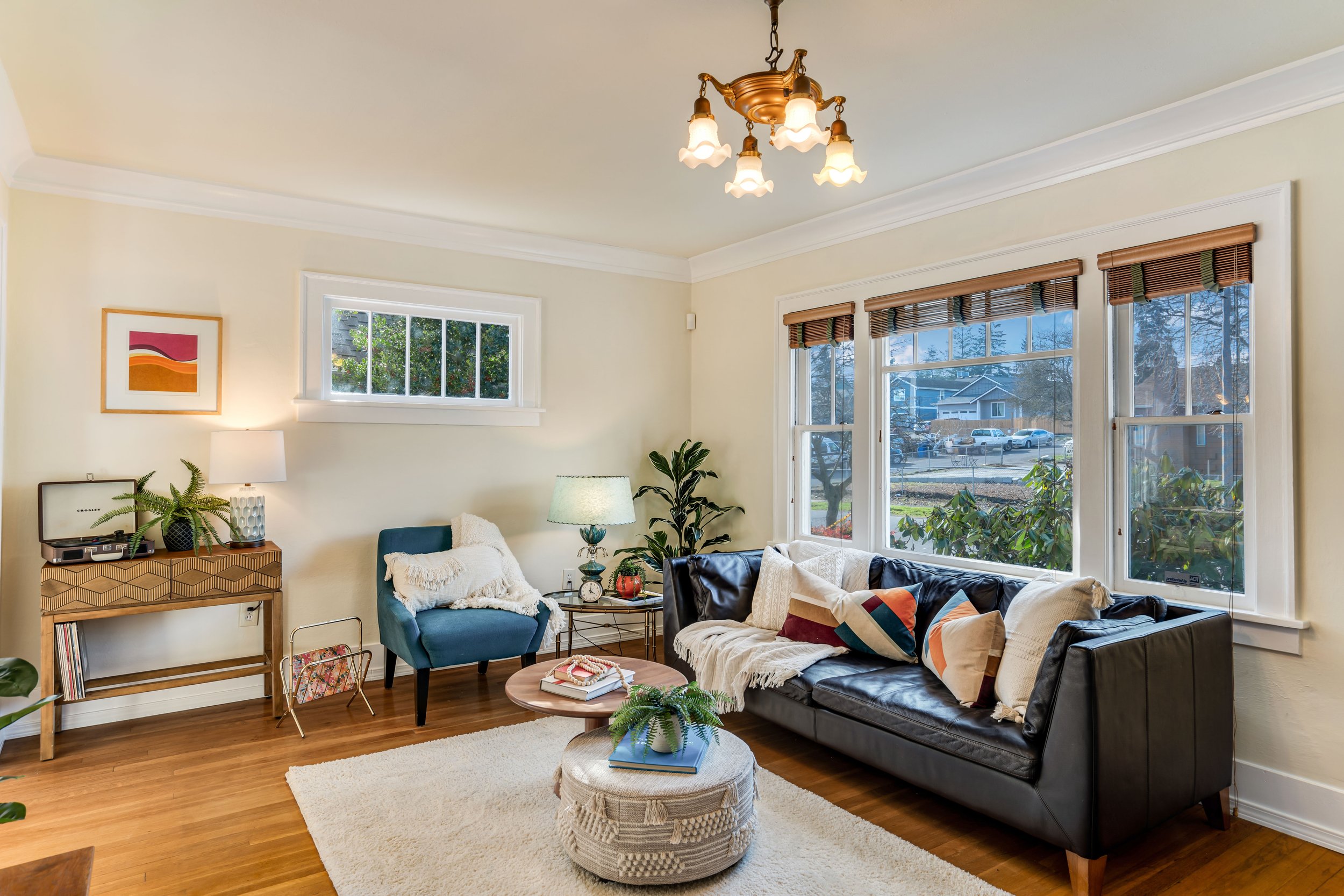
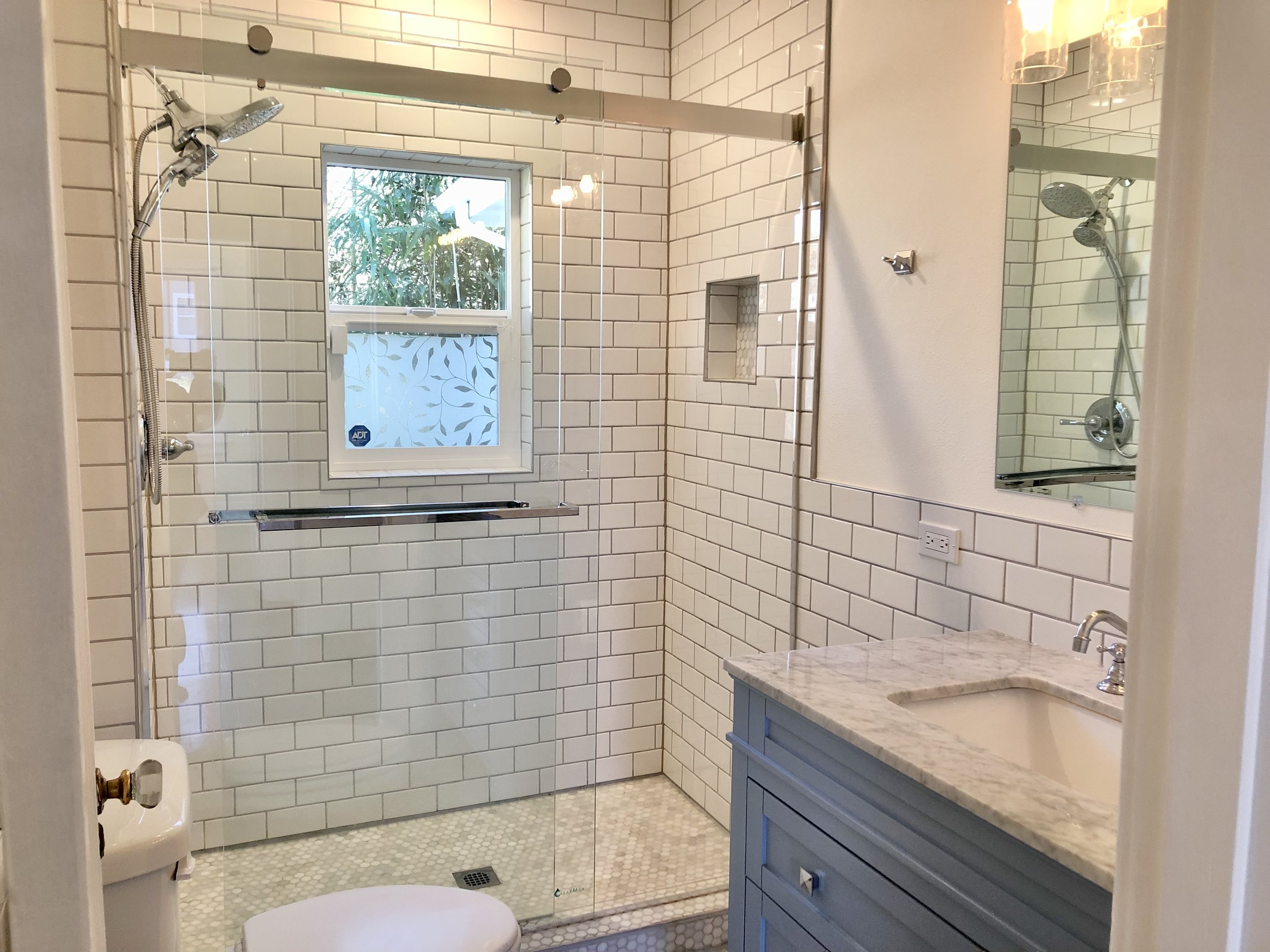
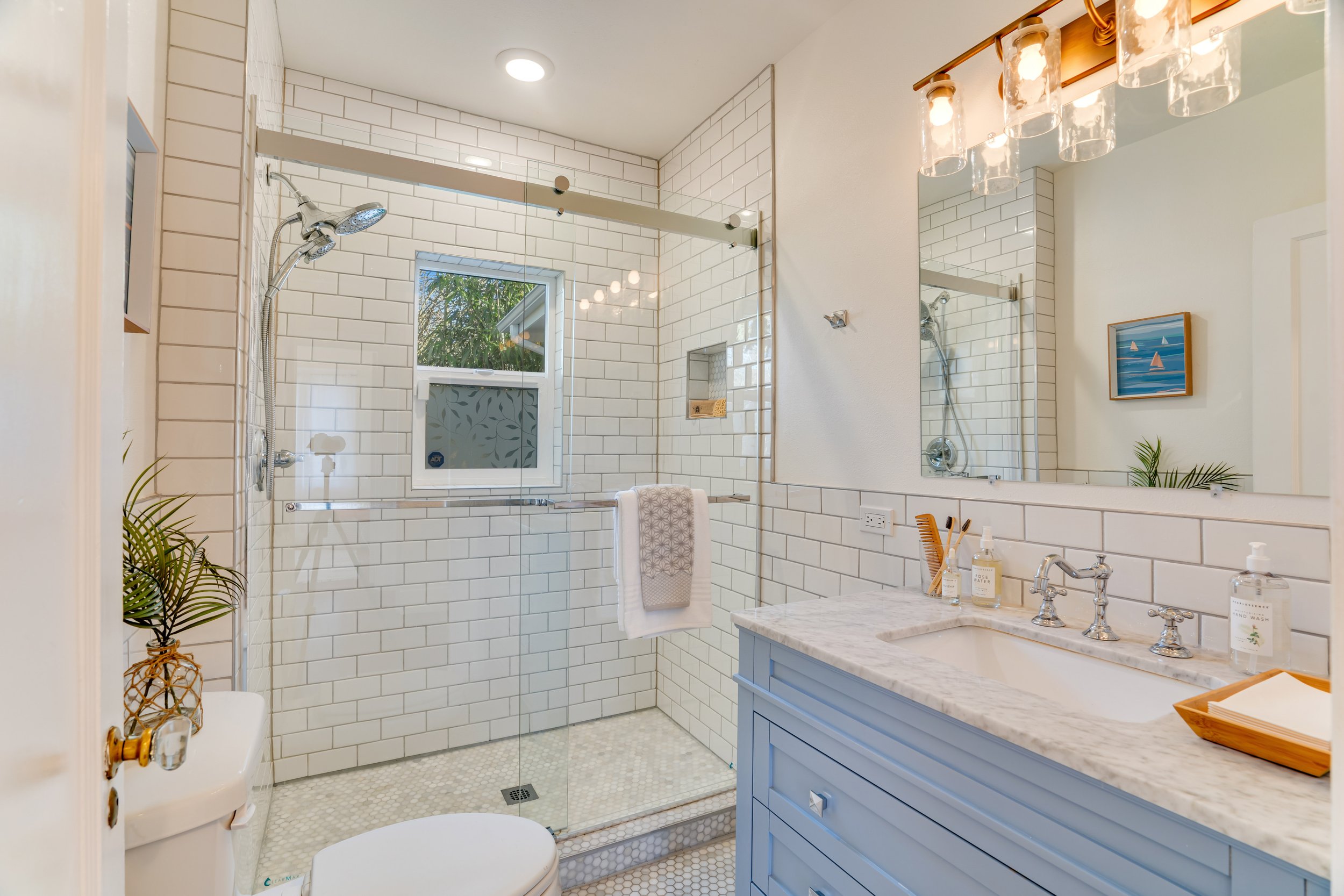
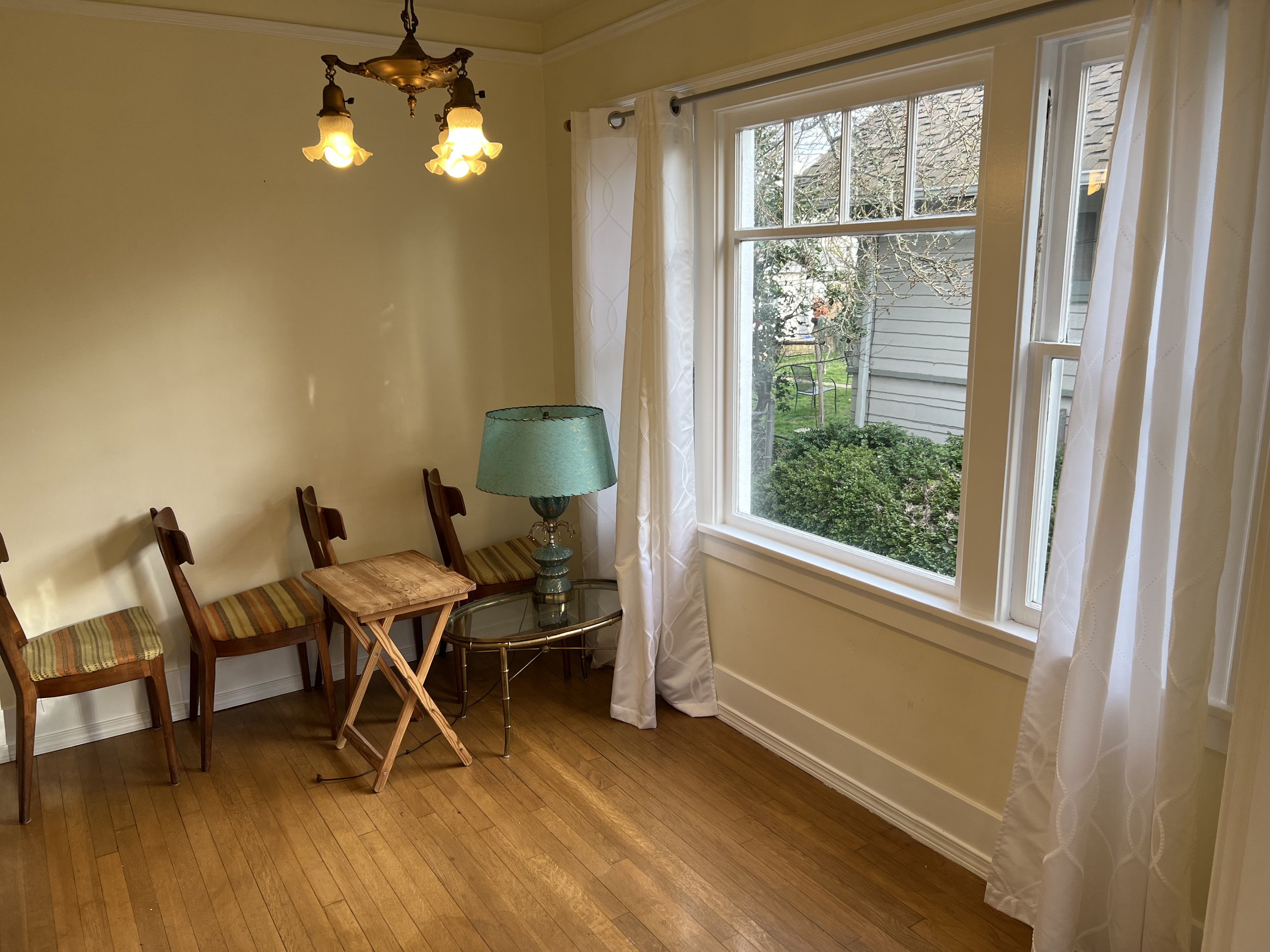
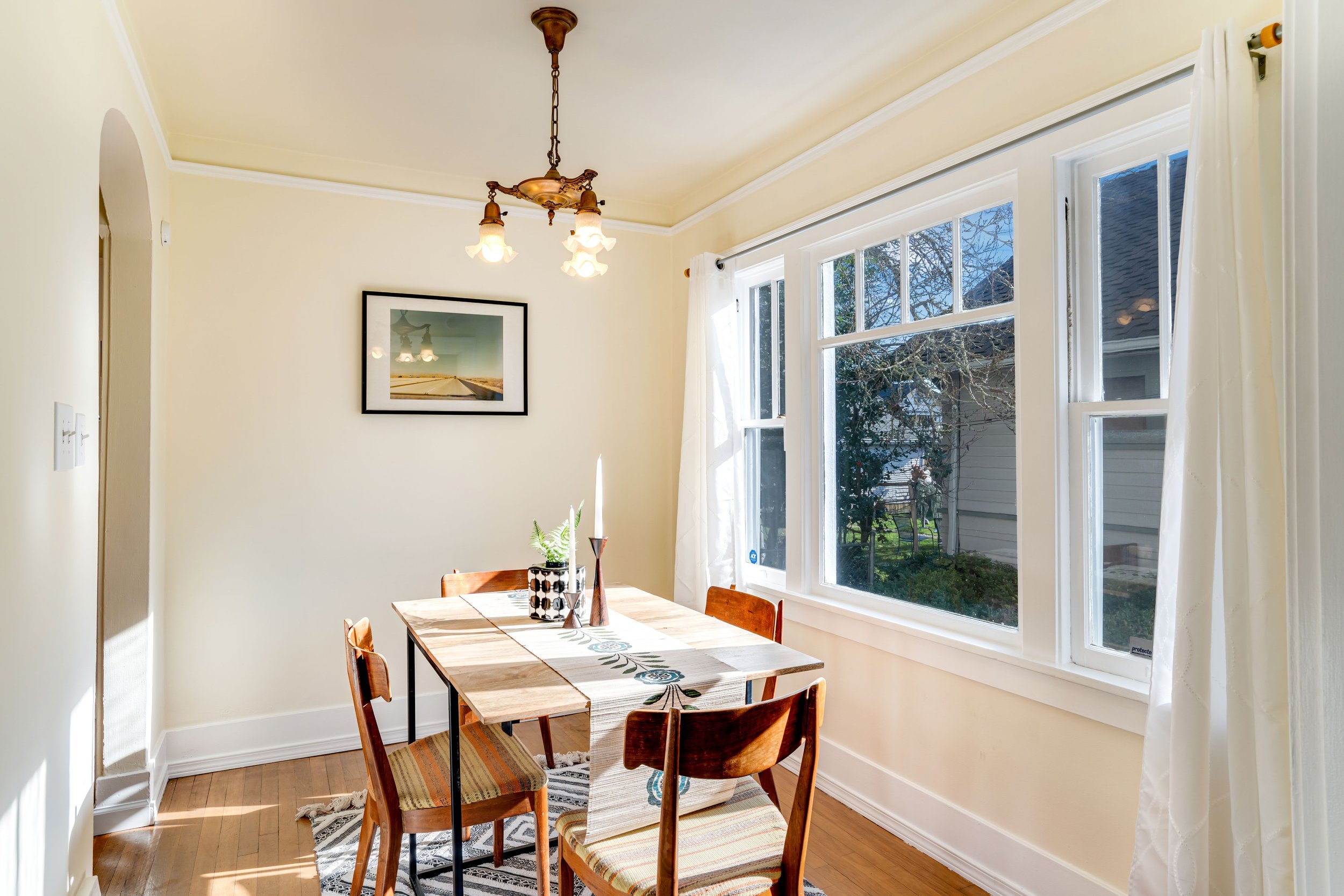
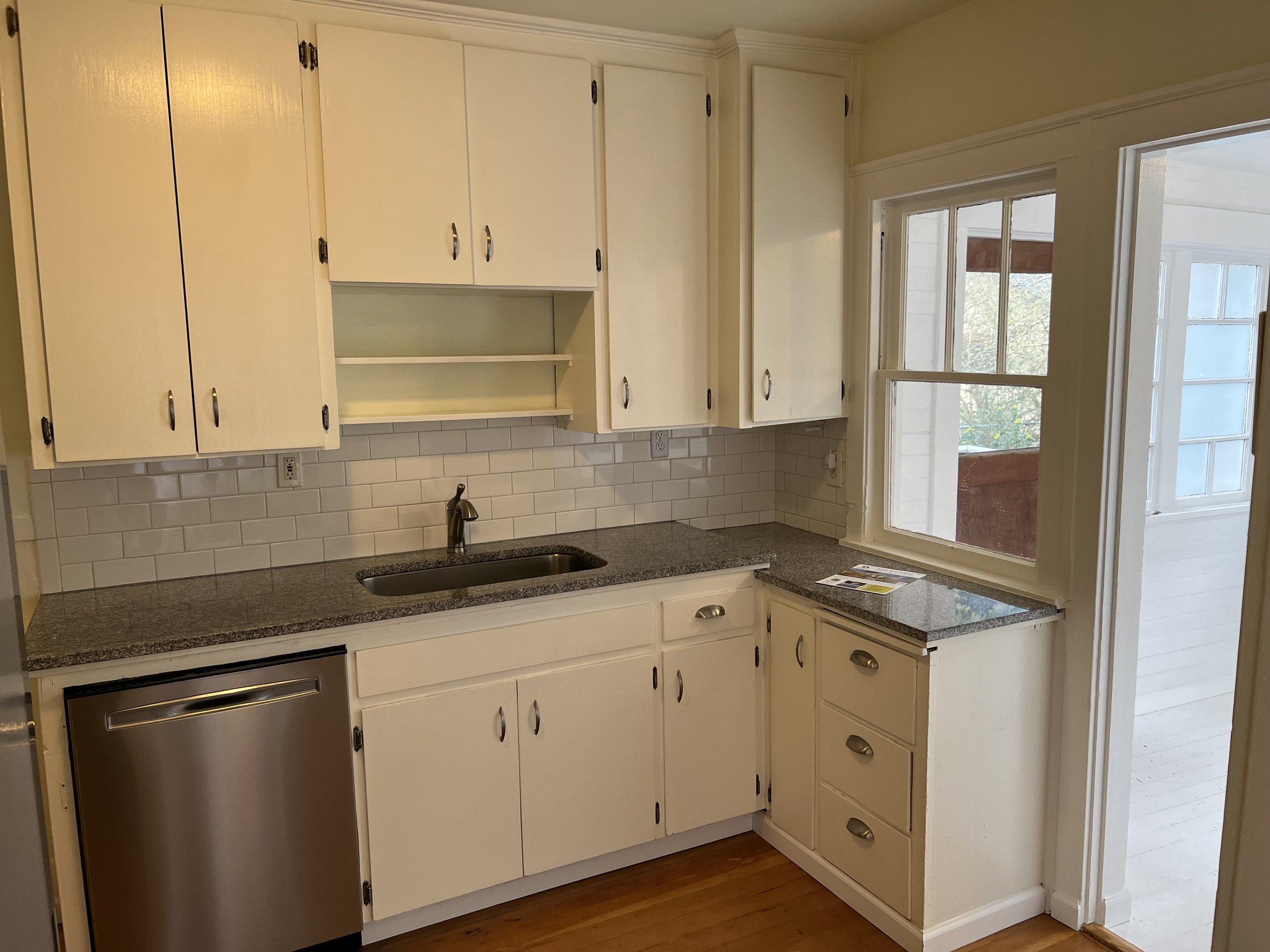
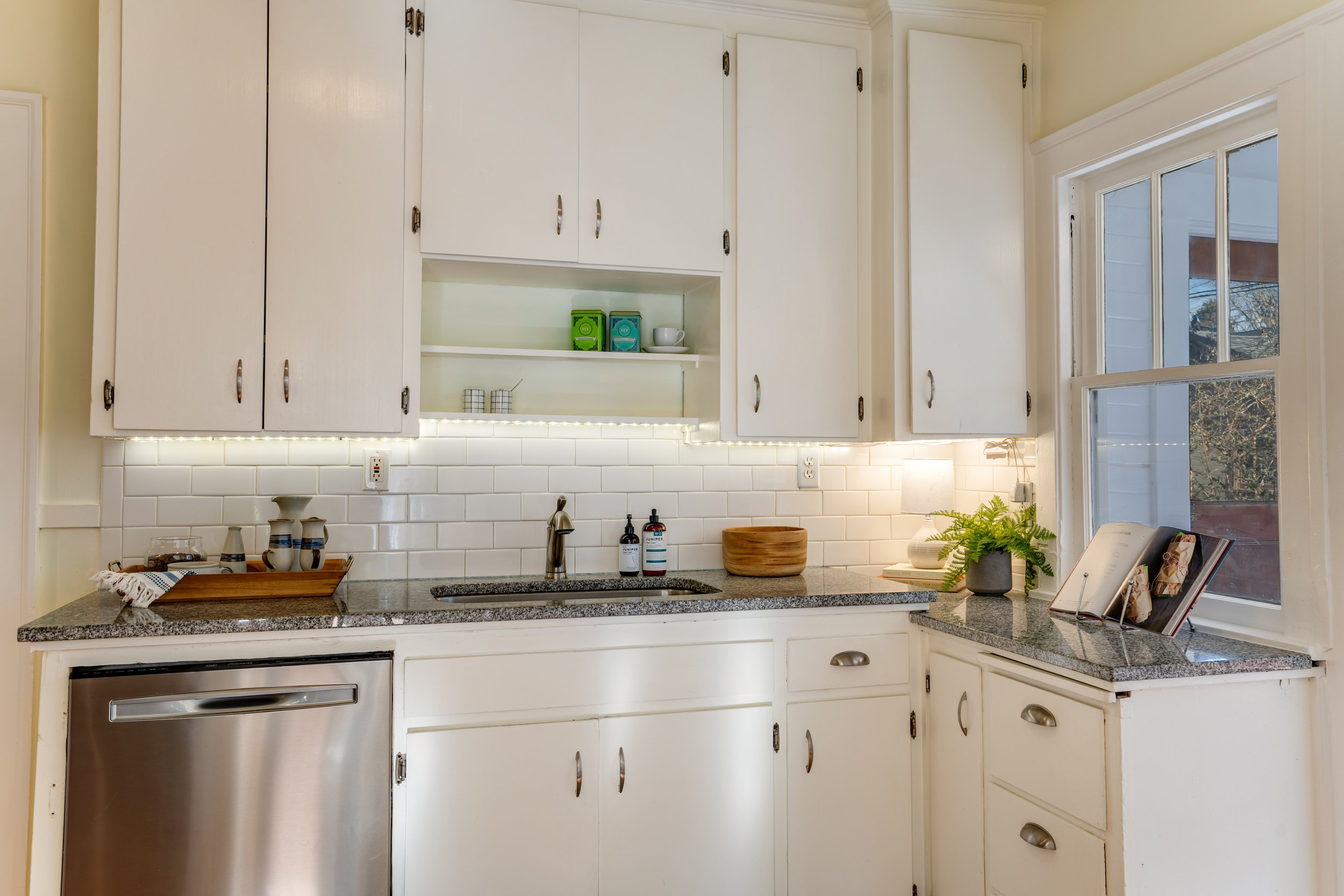
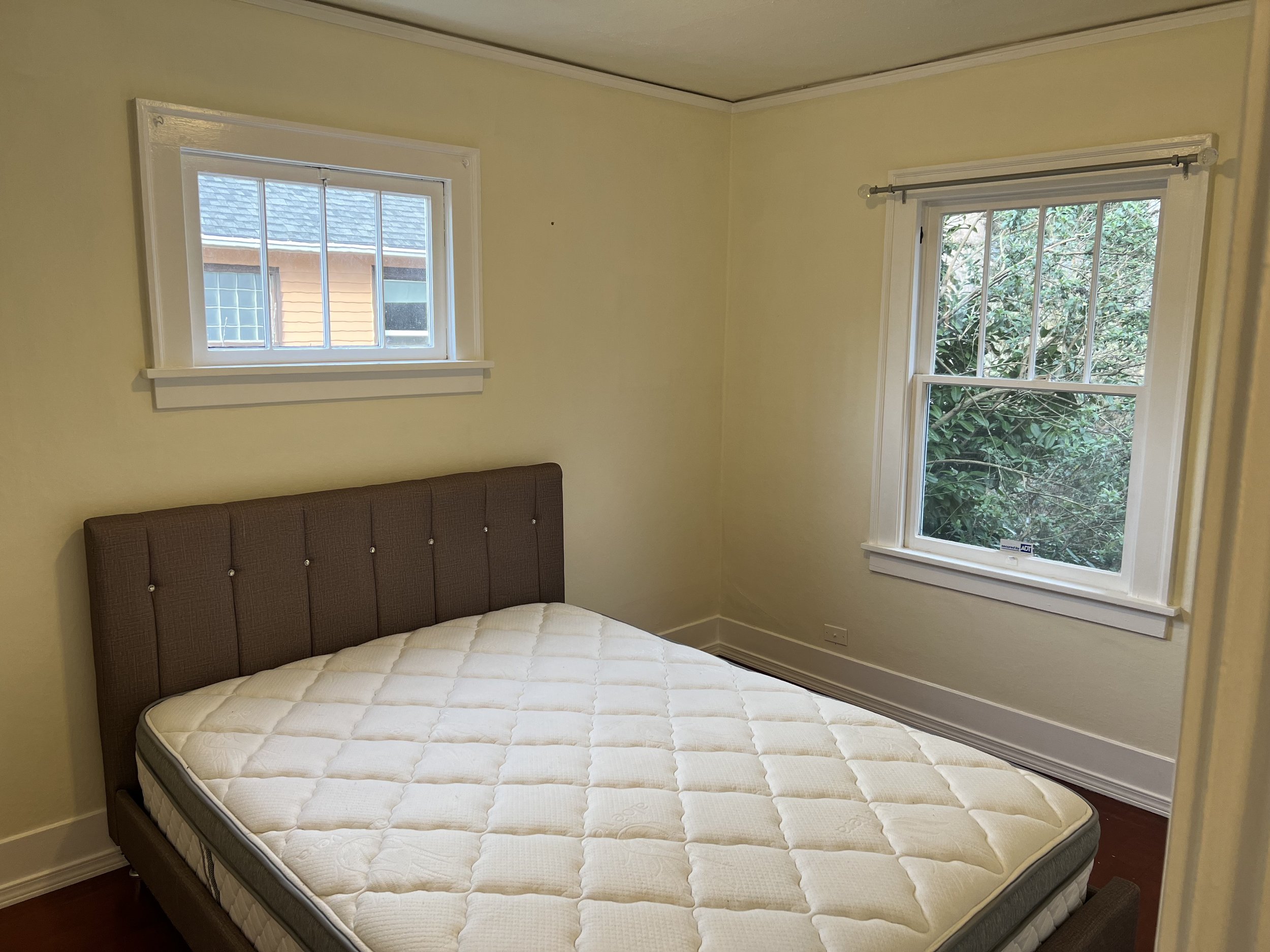
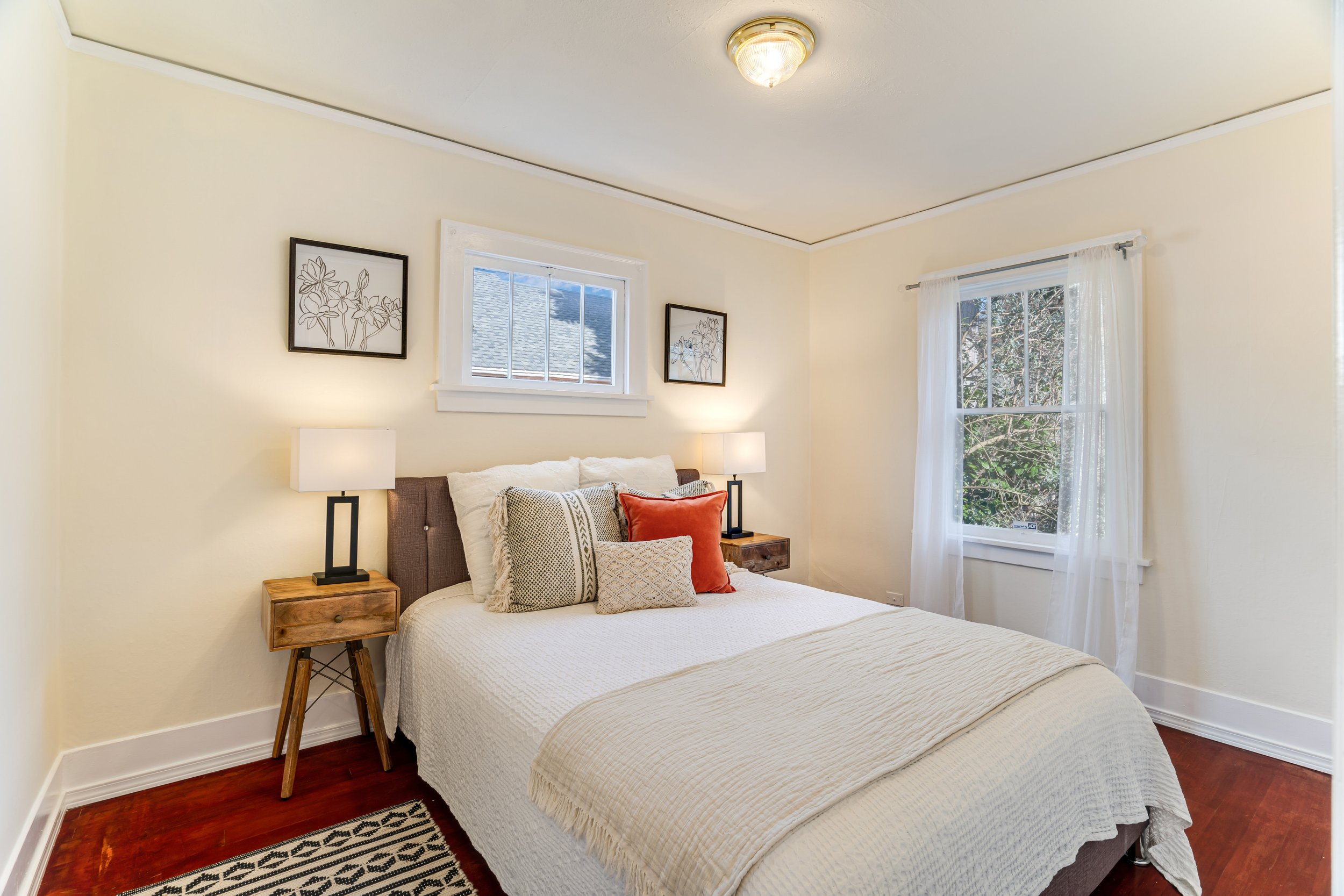
If your garden isn't blooming yet, or it's a bit past its prime, put a little effort and some resources into color-spots for your flower beds, or even pots for the porch; it doesn't take much to make a big impact. Even if you don't plant anything new, weeding, trimming, and some fresh ground cover go a long way toward making your home welcoming.
Pack-up/Pare Down: To prepare for staging, pack-up! Less is more, both practically and visually. Seriously, a home full of everything you ever loved or collected (or that just landed there) is not the best way to draw people in. Conversely, an empty home doesn't exactly say "welcome" either. A well staged home offers suggestions for use of space and lifestyle while leaving plenty of room for imagination. Get your house dressed for dinner and a movie, but don't coat it in so many heavy layers of make-up that you can't even see it! Now comes the fun part when you're ready to get your house “back out there.”
Consult a professional: Staging is a profession and your agent can recommend someone for you. We provide a staging consultation with a professional staging designer for all our clients. Some sellers pack-up entirely, move out completely, and our staging designer works from a blank canvas. Others pare down, do some pre-packing, then arrange furnishings and objects as recommended in their staging consultation.
Even if staging is done with a selection of your own furniture and belongings (emphasis on selection!), it's always a good idea to consult a professional with an eye for design. A fresh perspective from a professional with an eye for how rooms appear in photos, and a good sense of how much is too much for buyers is helpful no matter what your style is.
Clean, Dressed, and Photo Ready: Once your house is clean, dressed and ready, telling its story and giving it exposure is your realtor's job. I'm an agent at Windermere Abode, a community focused brokerage in Old Town, Tacoma brimming with marketing expertise and a generous collaborative spirit. You'll want to ask your realtor how they're planning to market your home. A carefully and professionally presented home is worth its weight in gold (don’t get too literal here). We hire a professional photographer and videographer for each of our listings. Beware of realtors whose previous listings show inconsistent or amateur photo work. No, thank you. Not after all the work you just put it!
How does all this staging and professional photography turn out? See for yourself!
Homes Staged By Homeowners with a design consultation & Their Own Furnishings

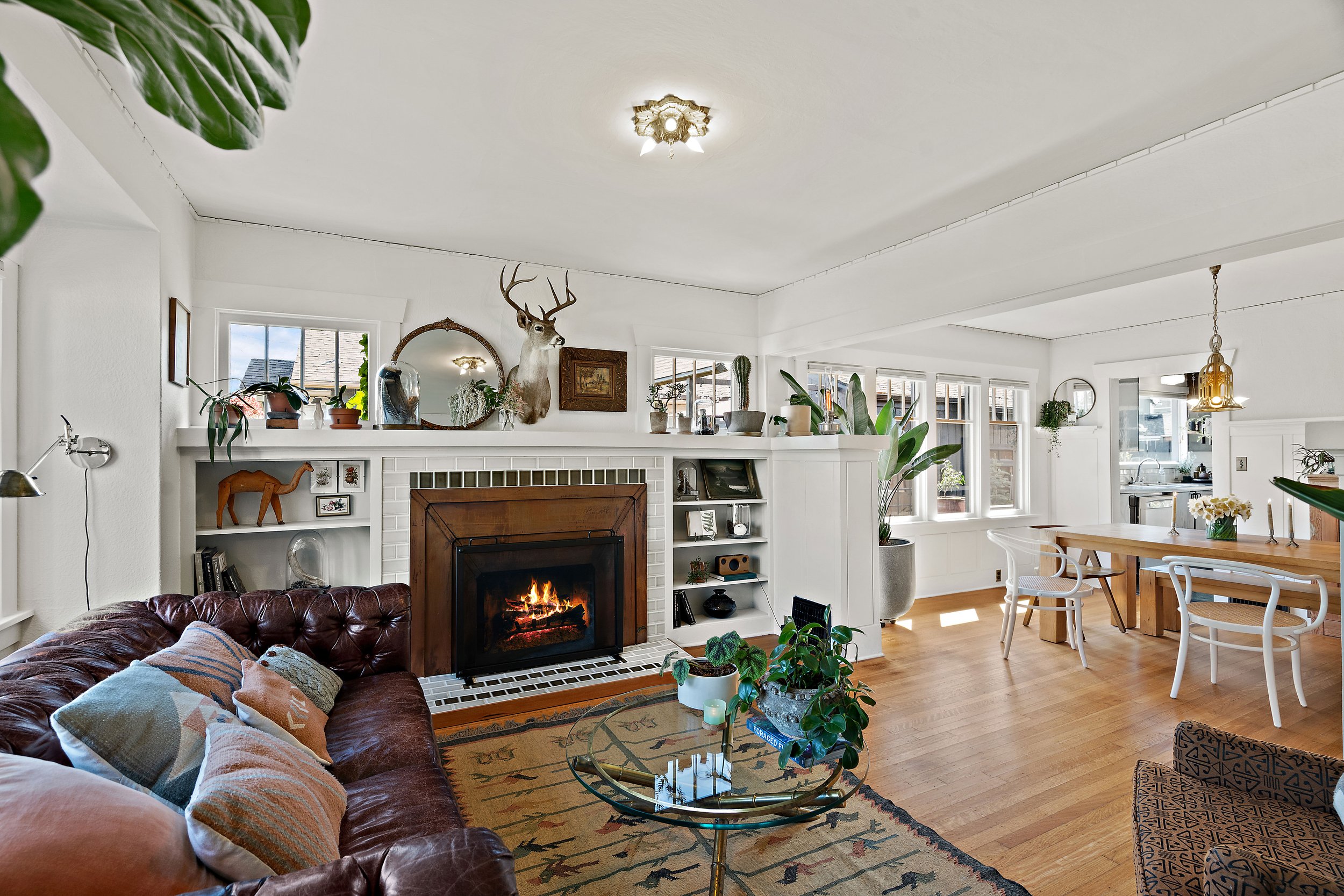
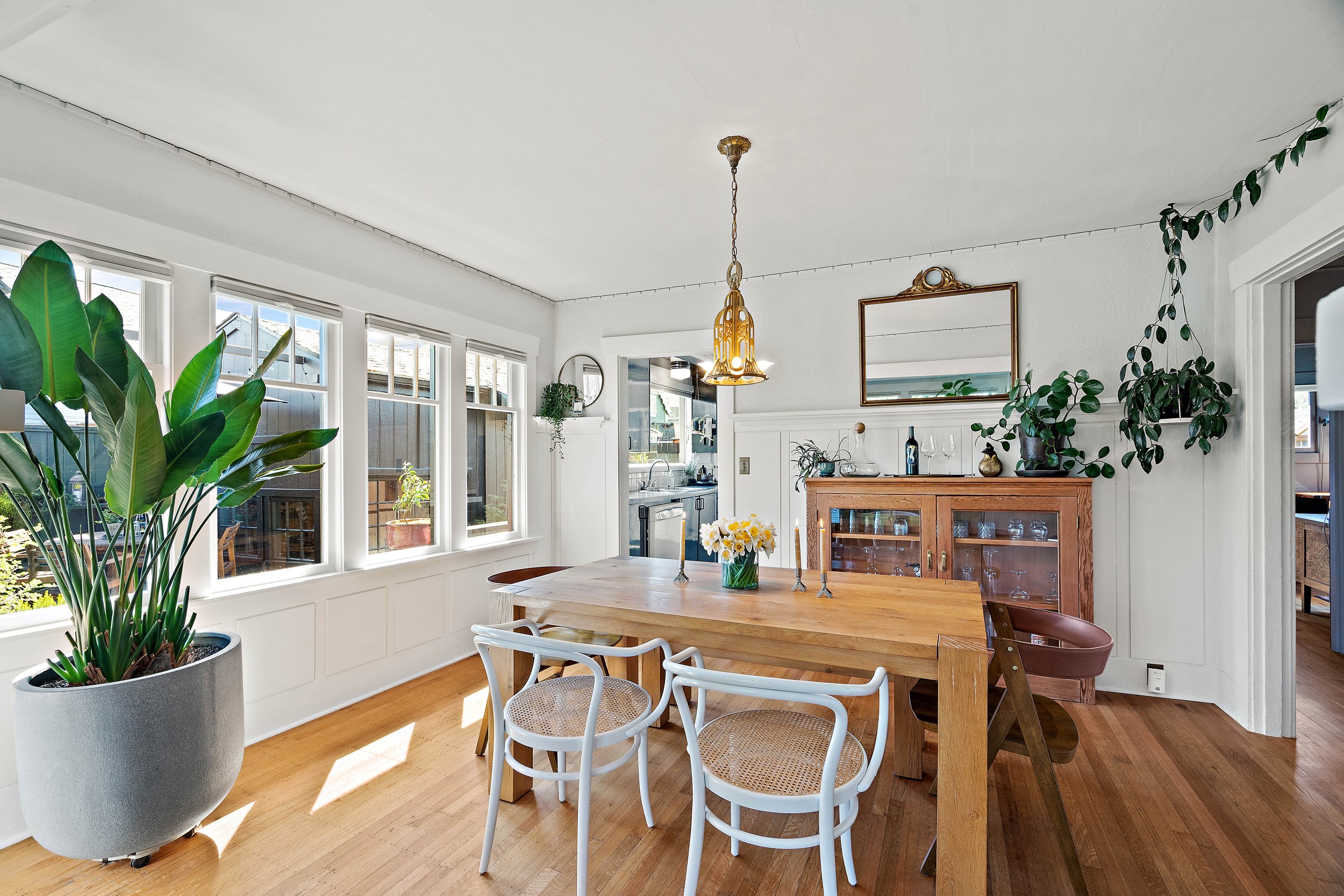
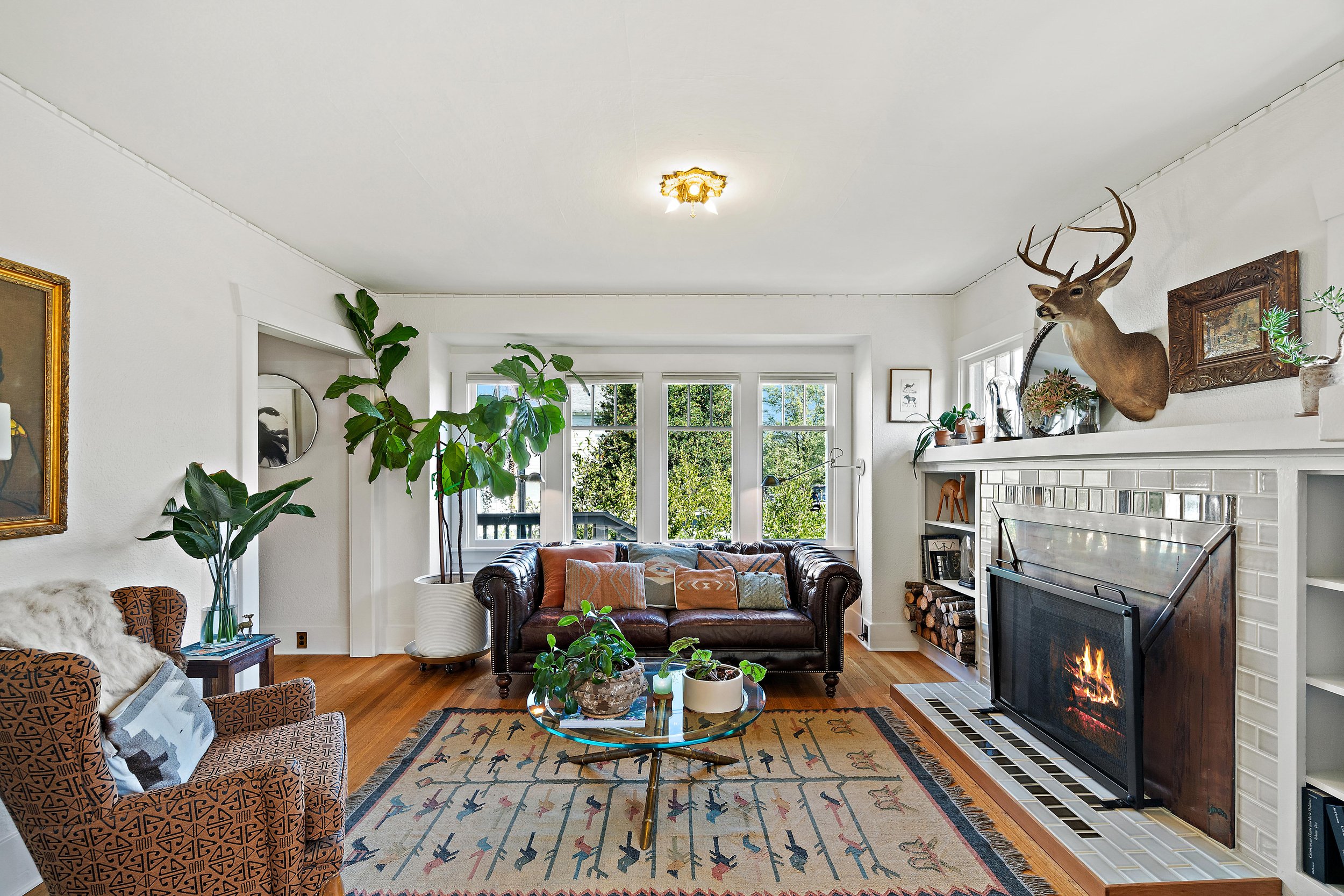
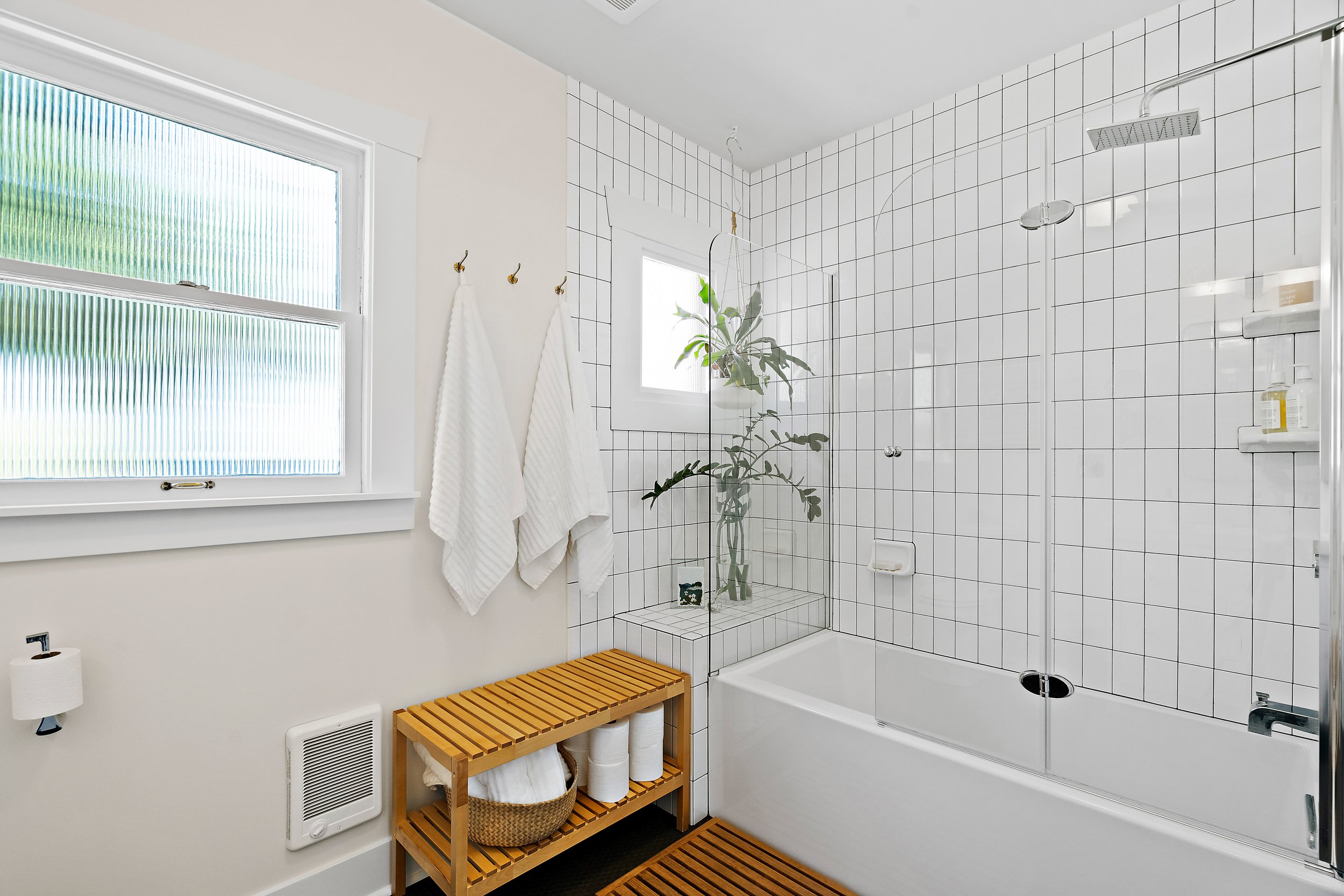
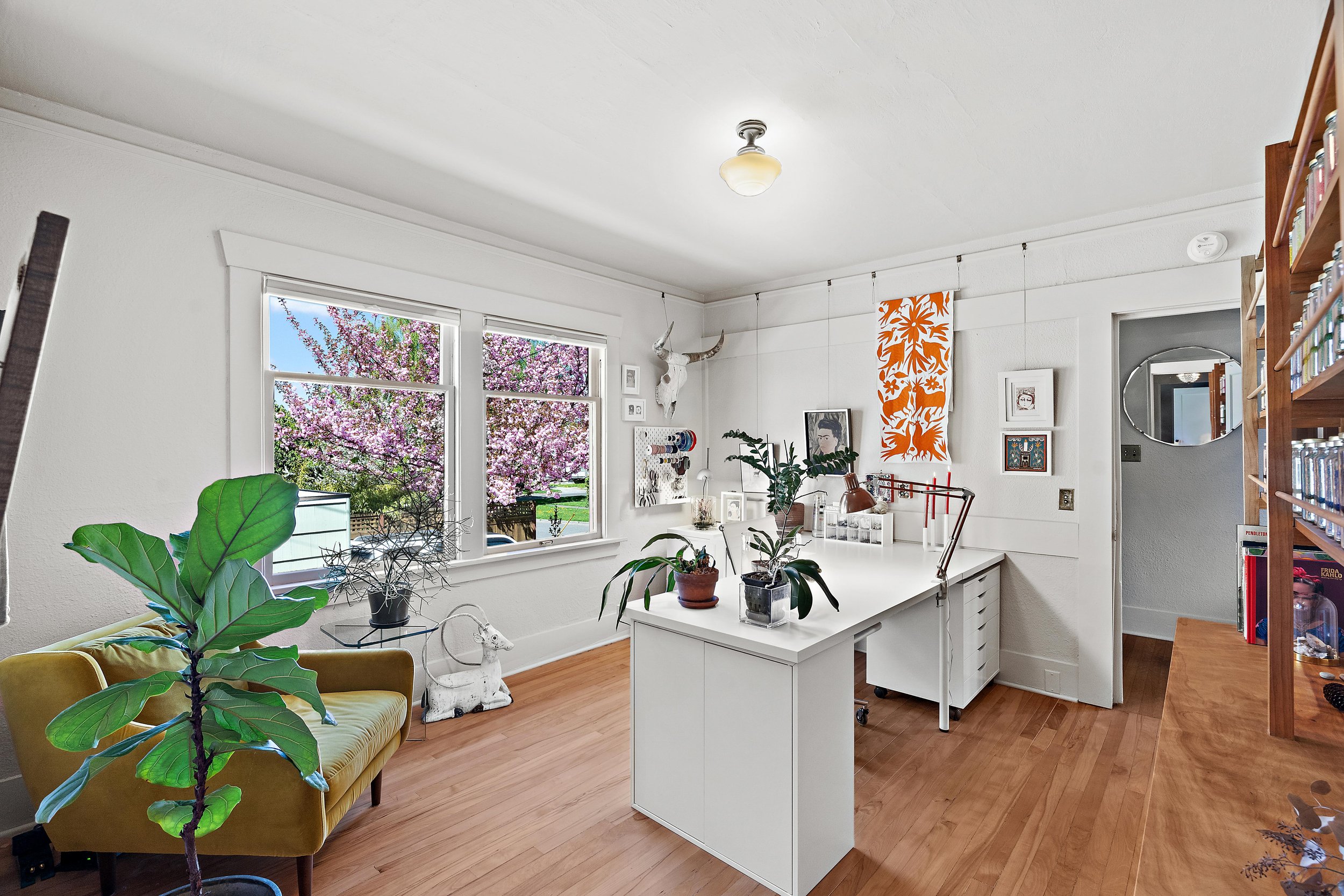
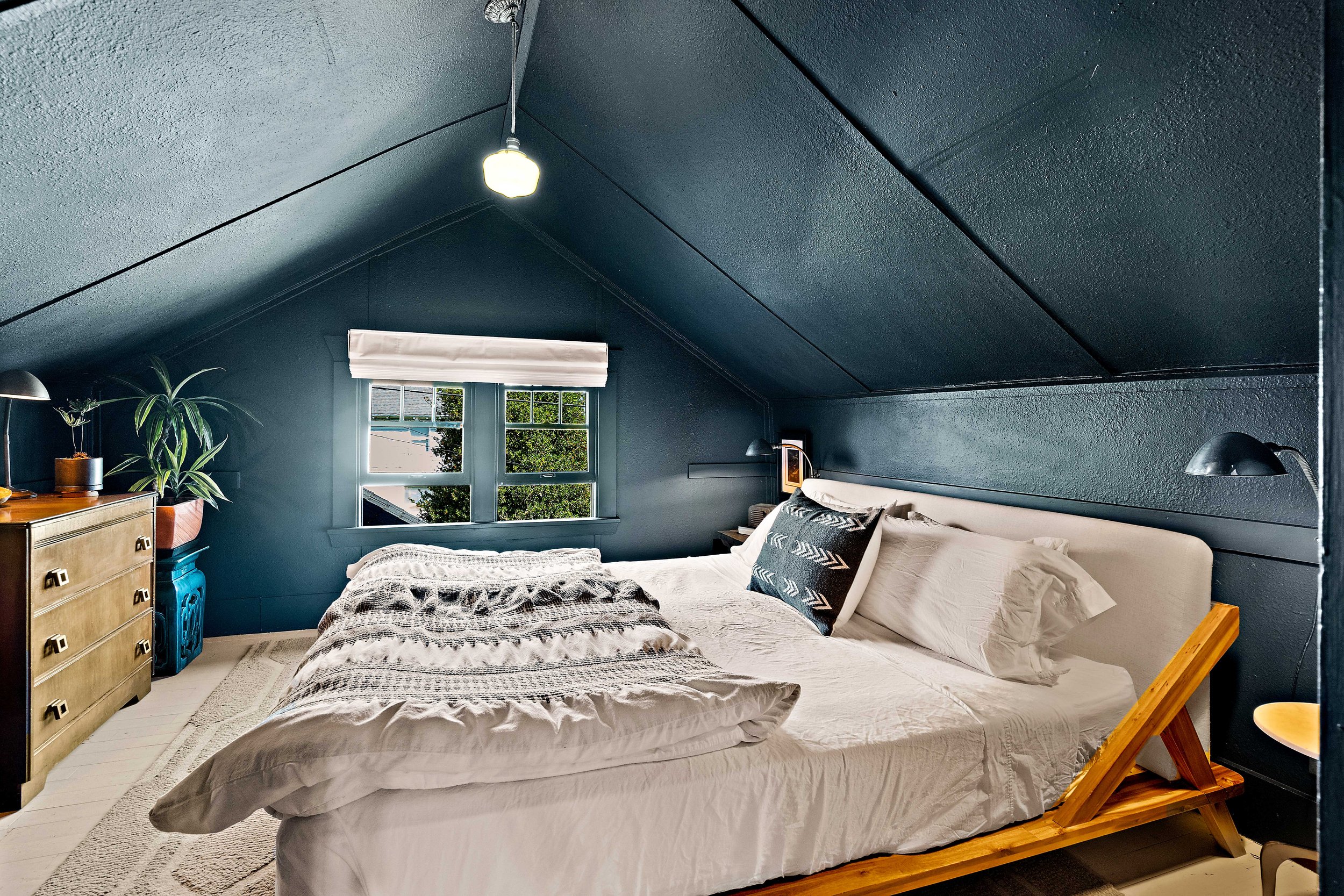
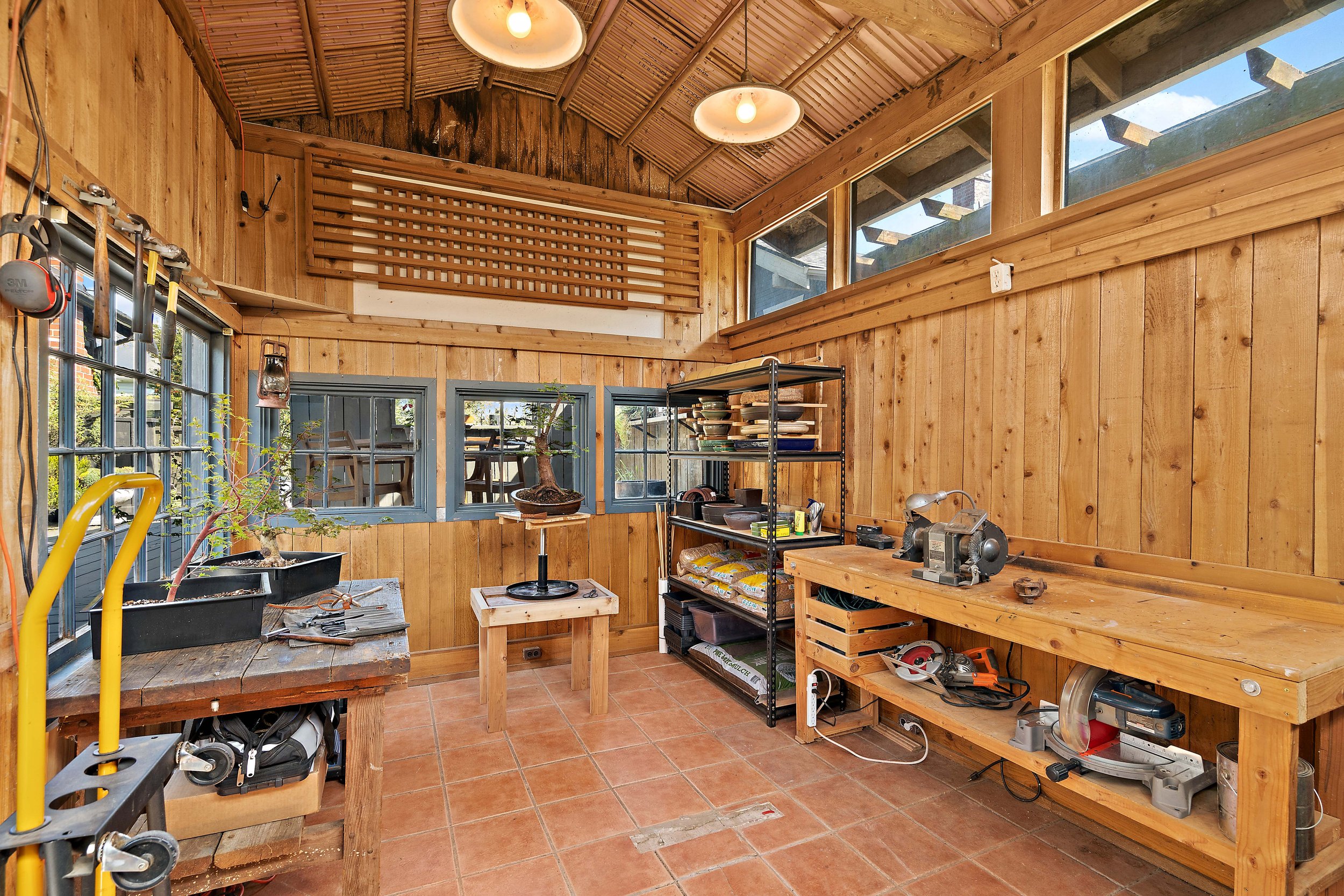
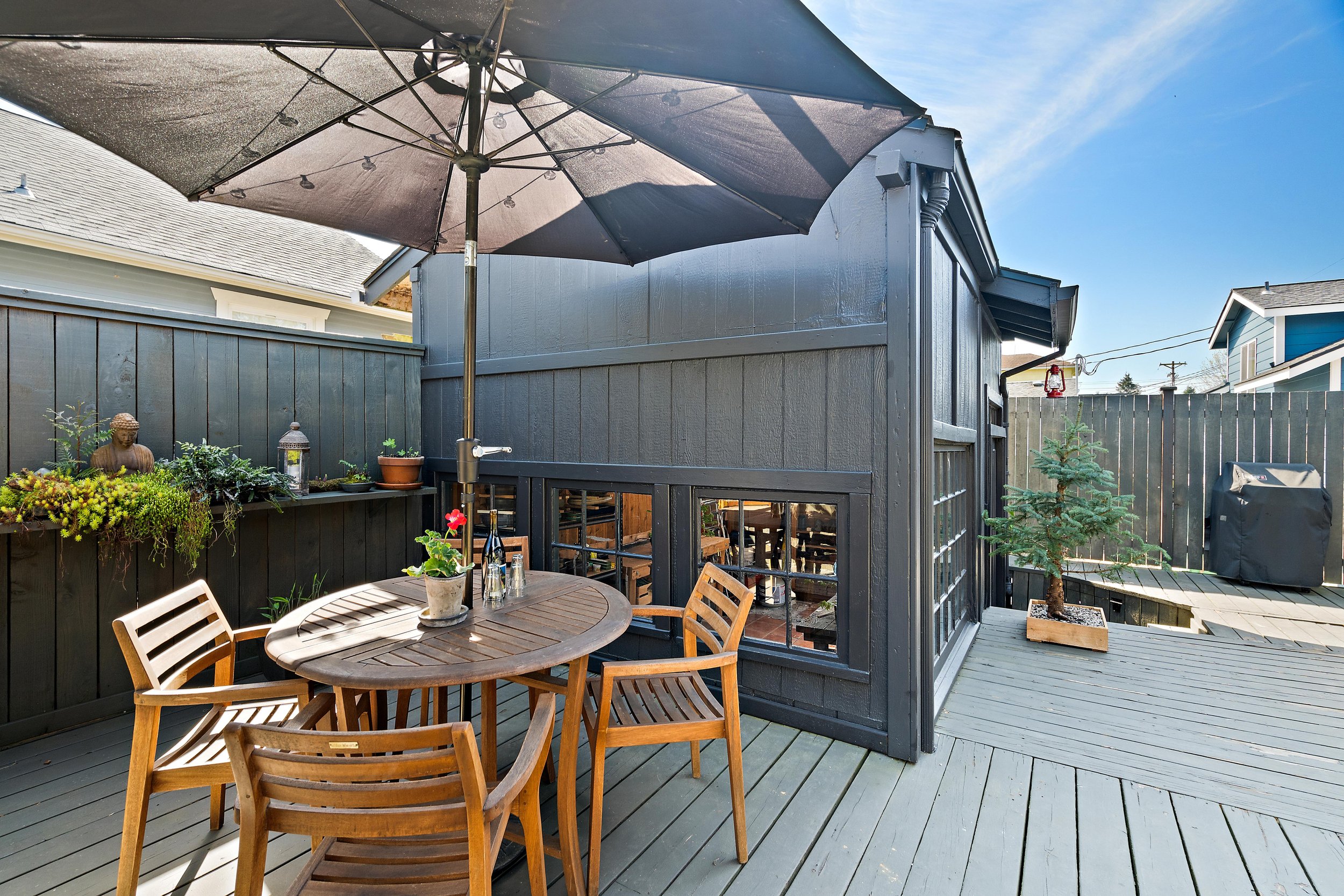
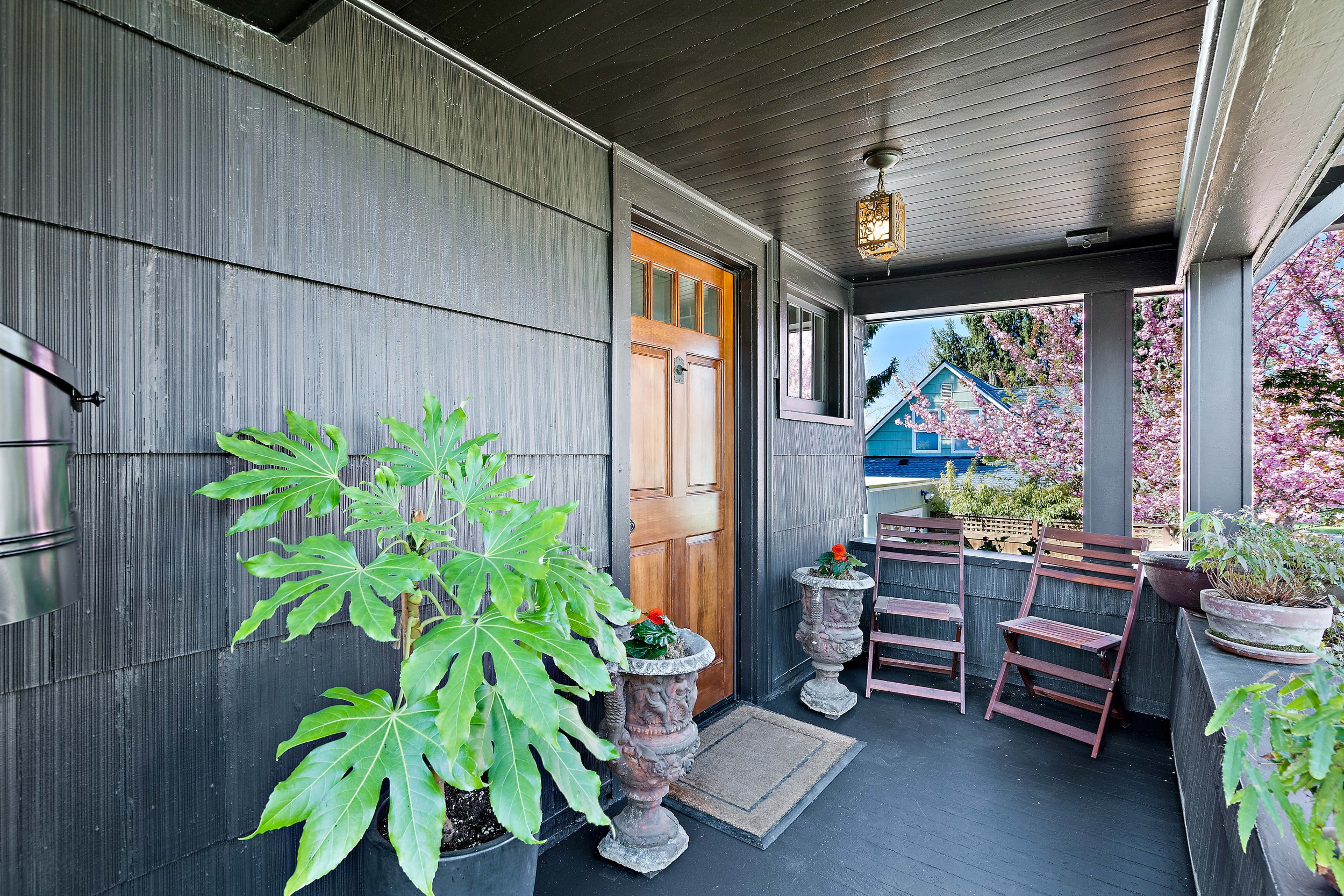
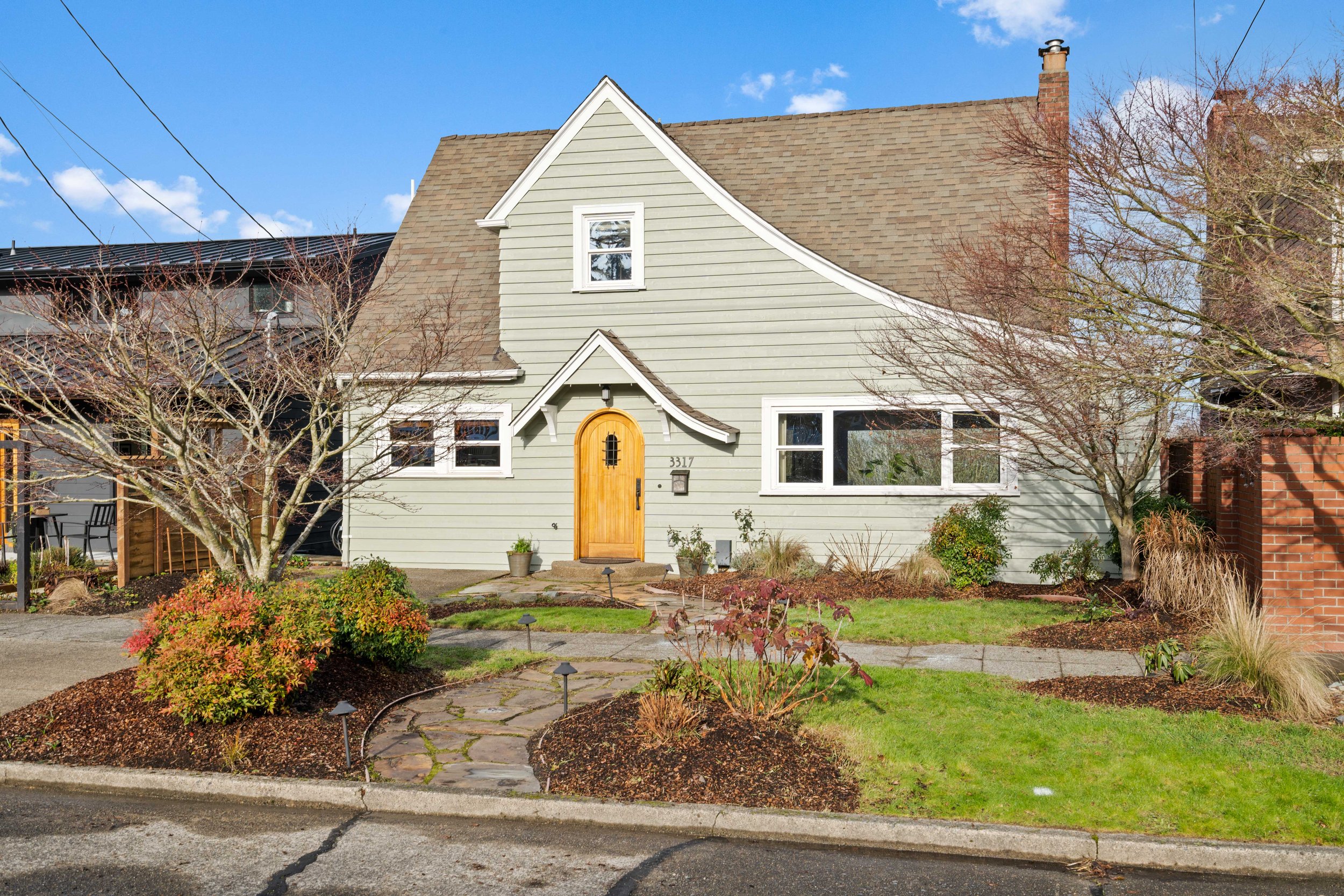
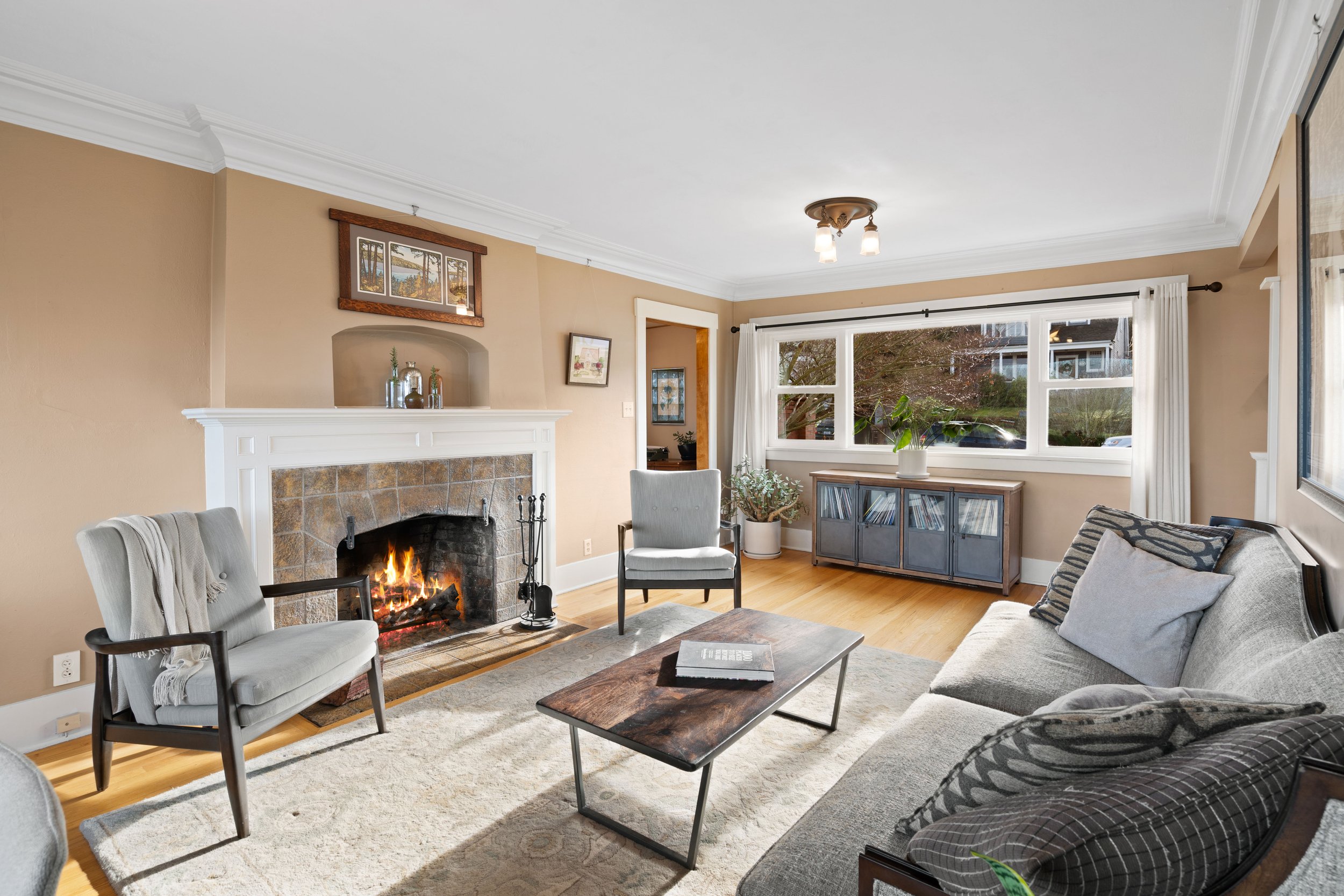
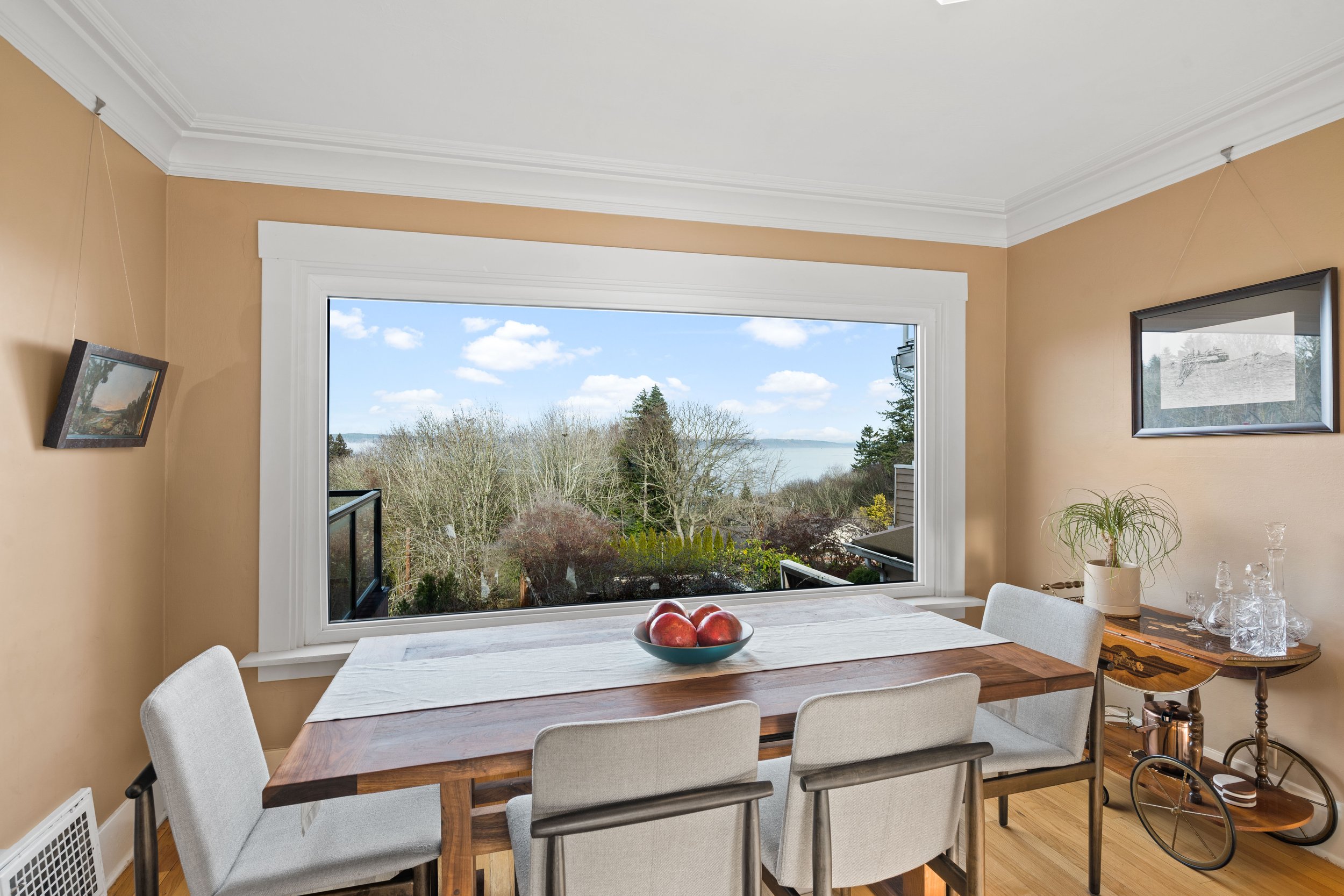
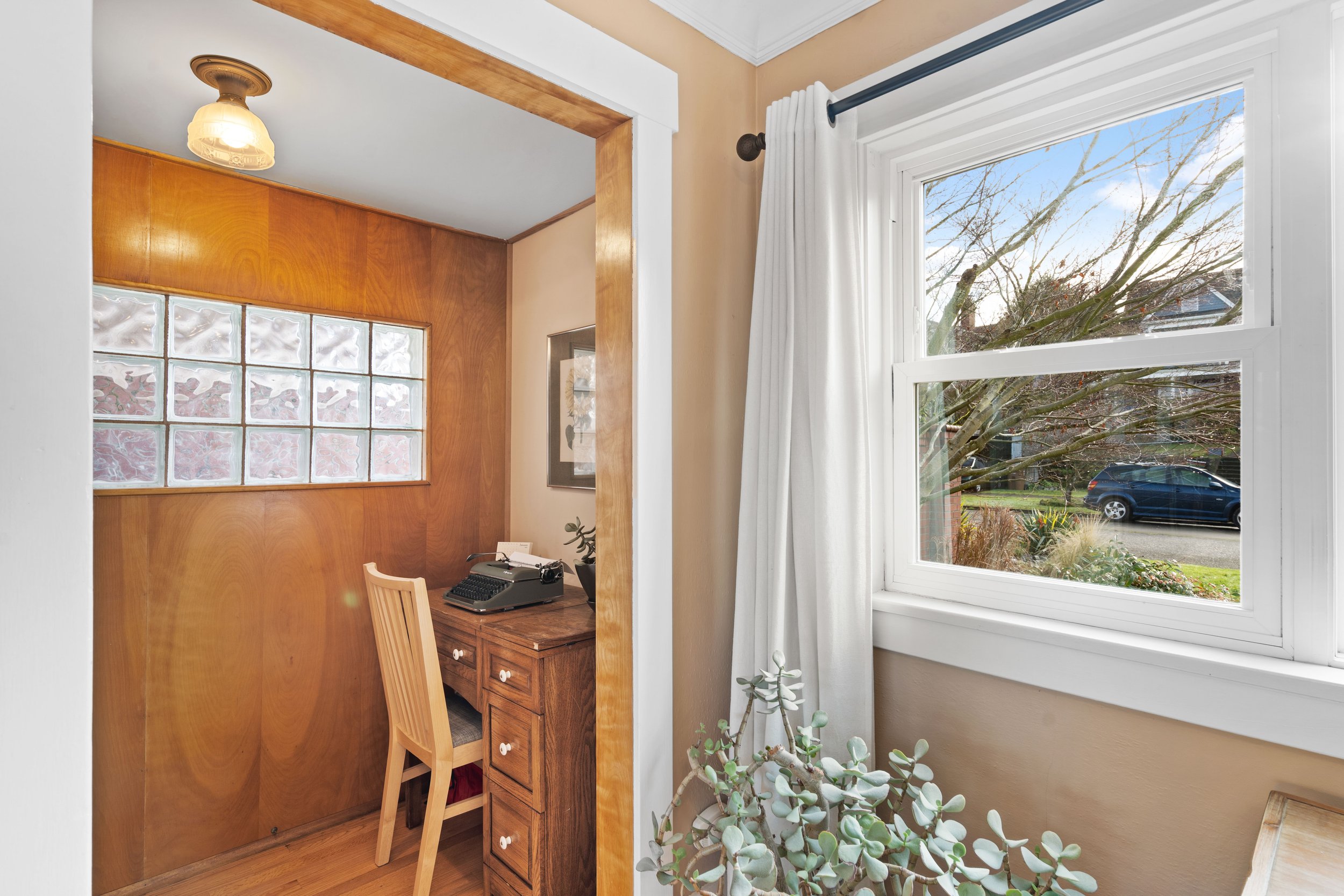
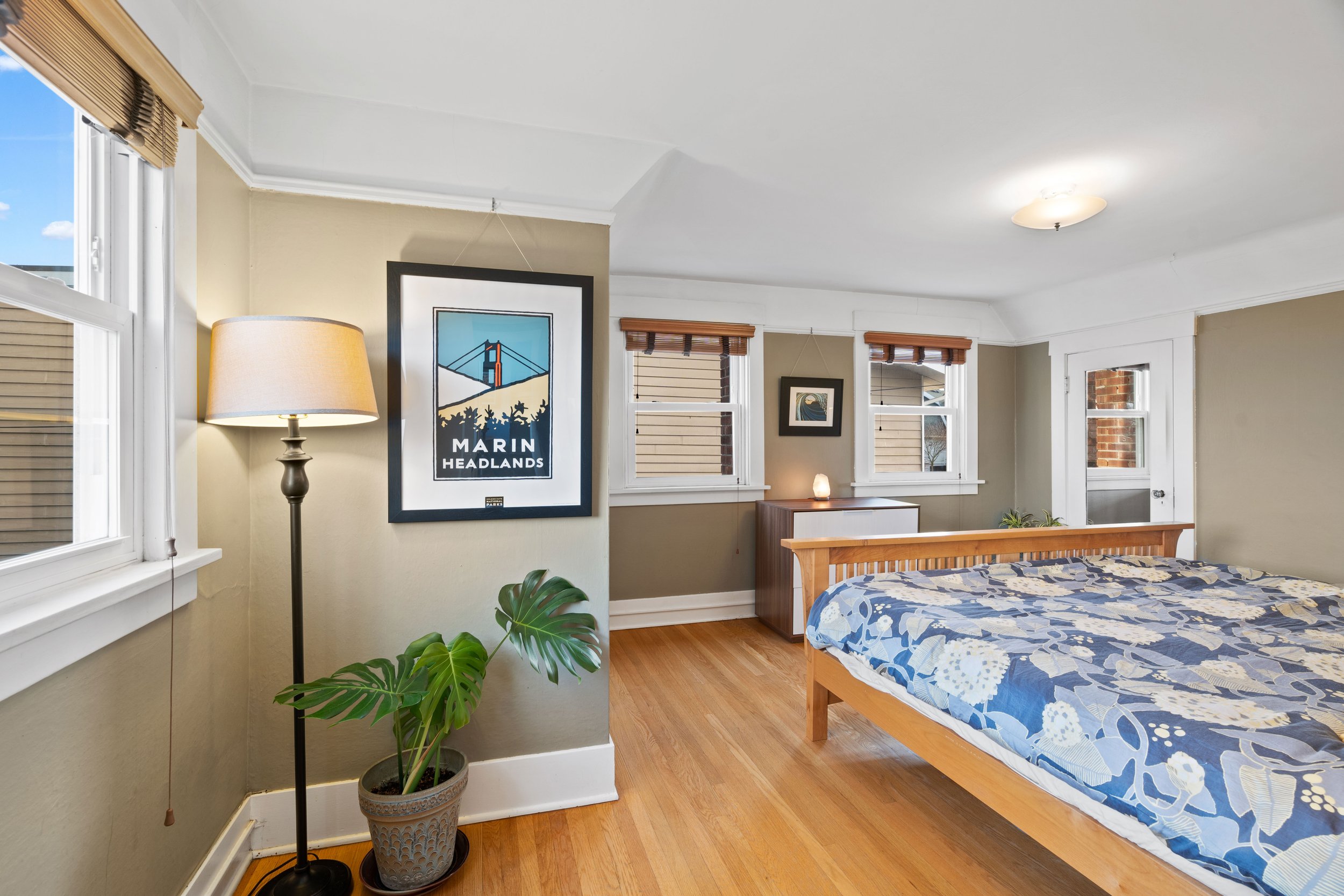
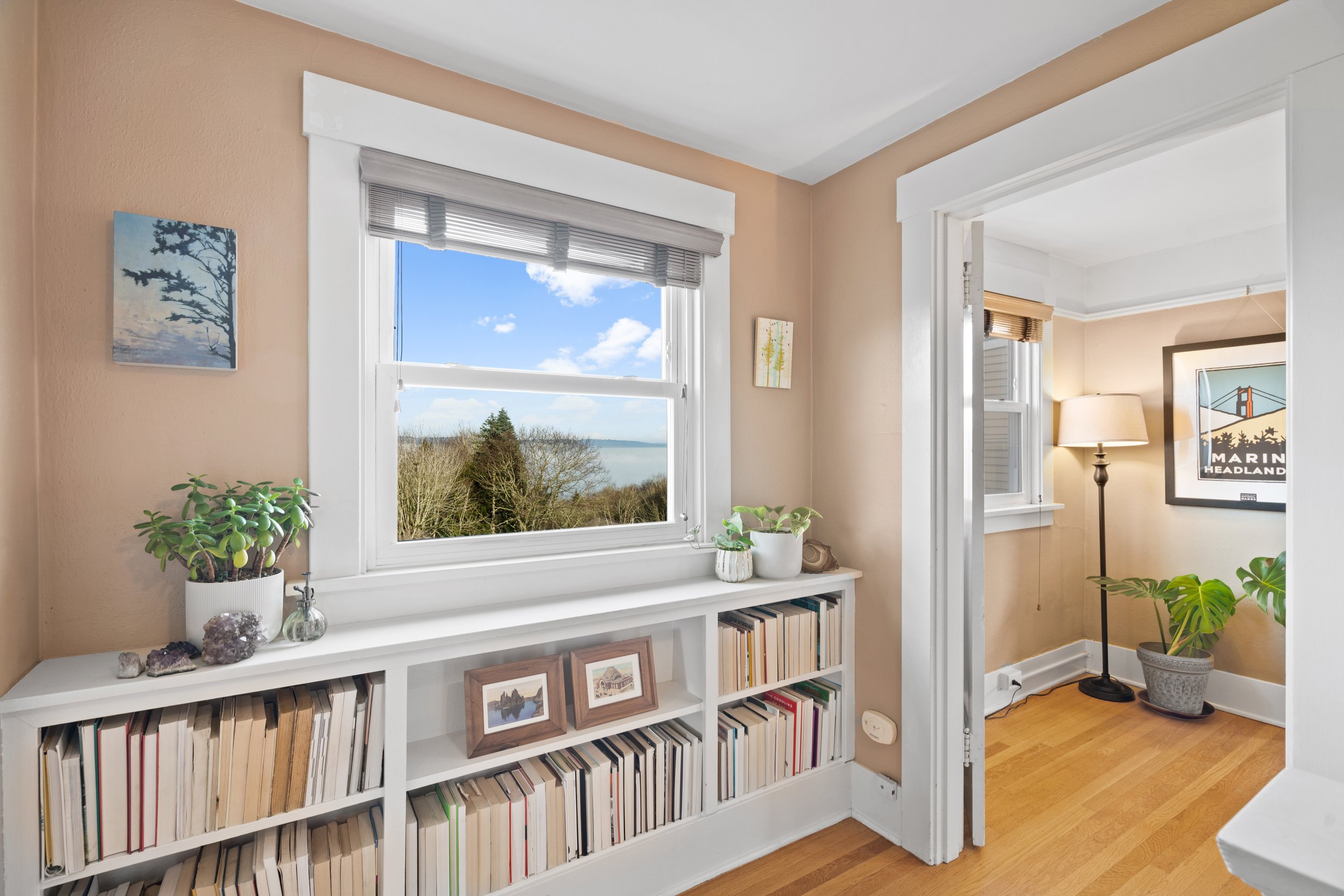
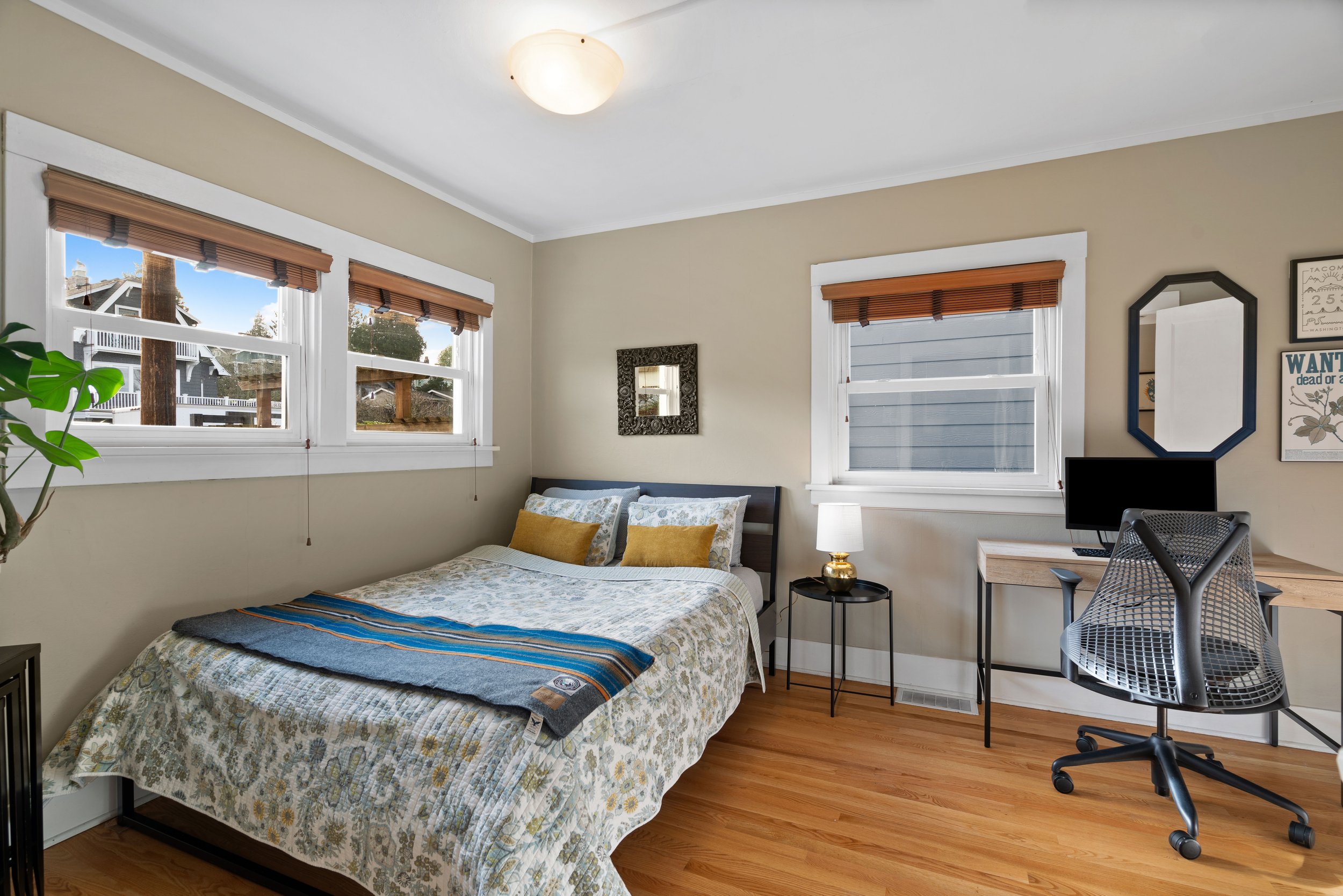
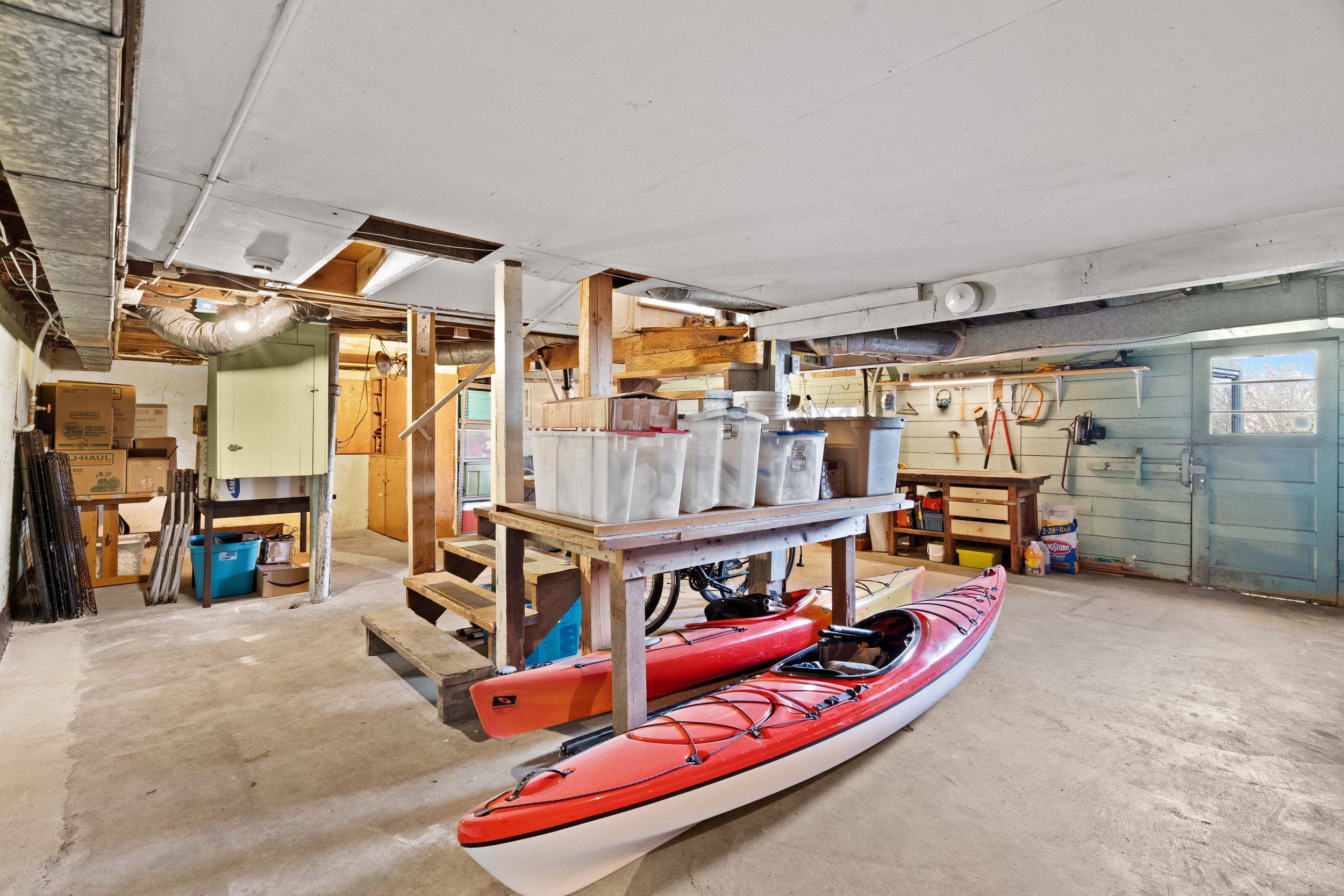

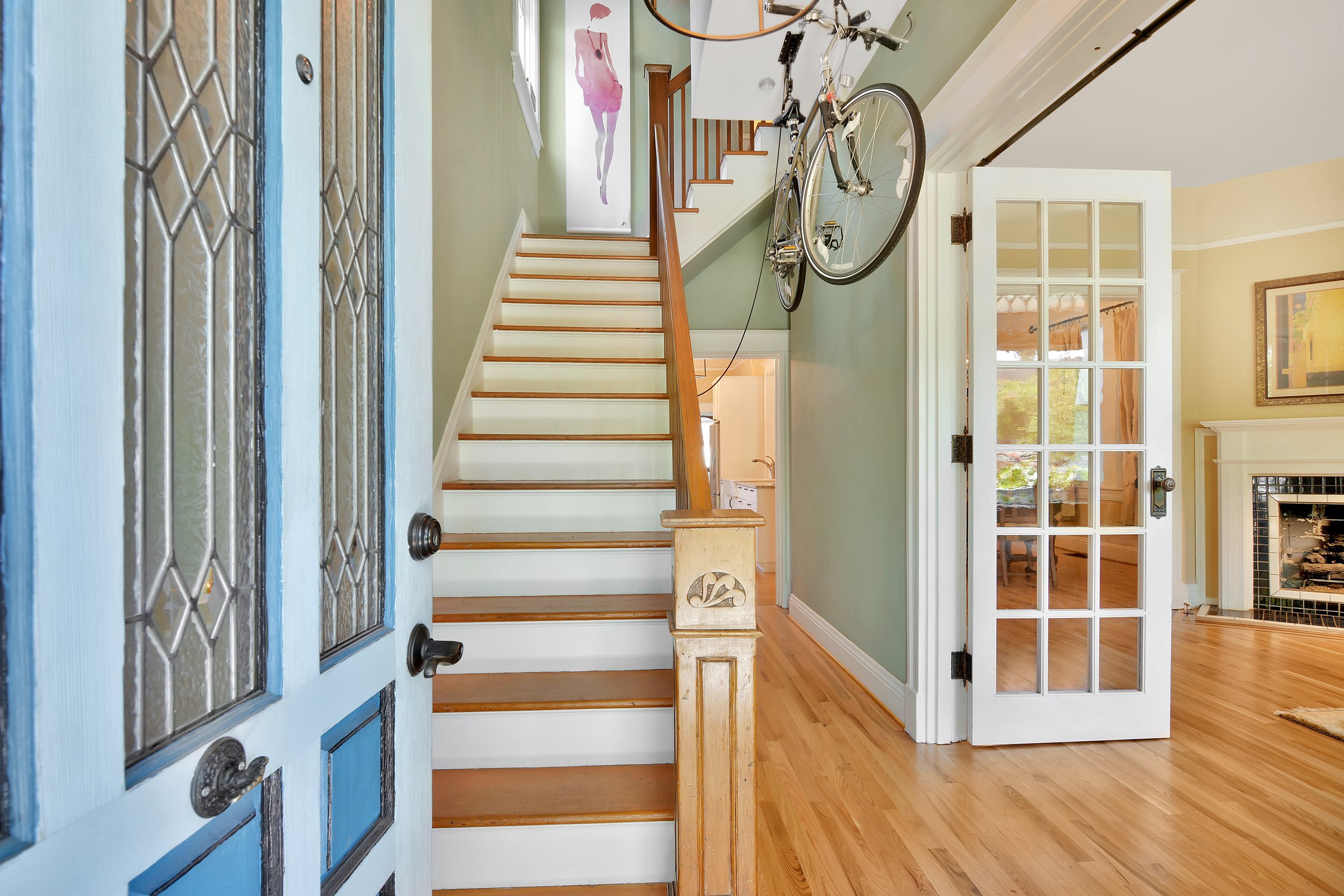

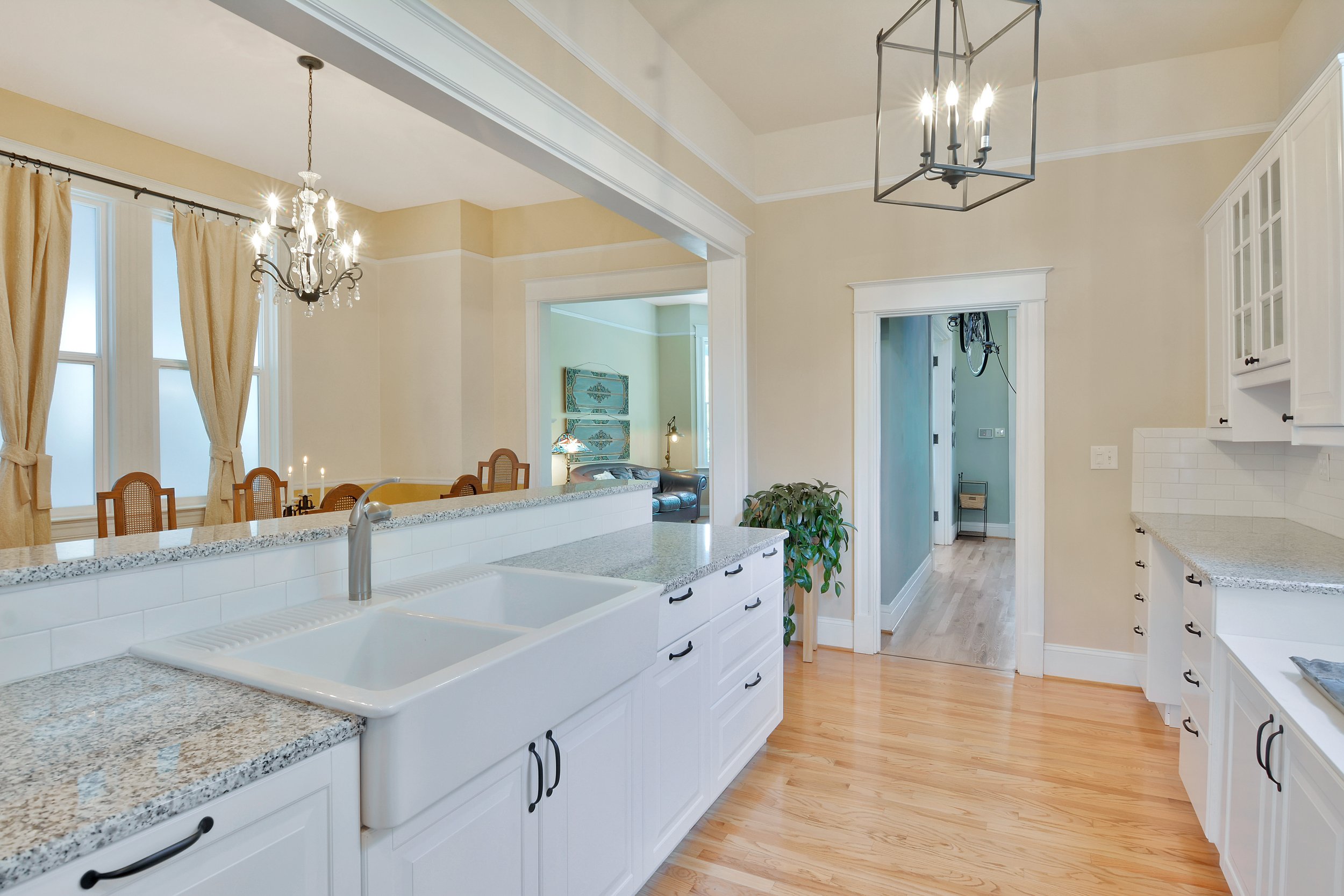
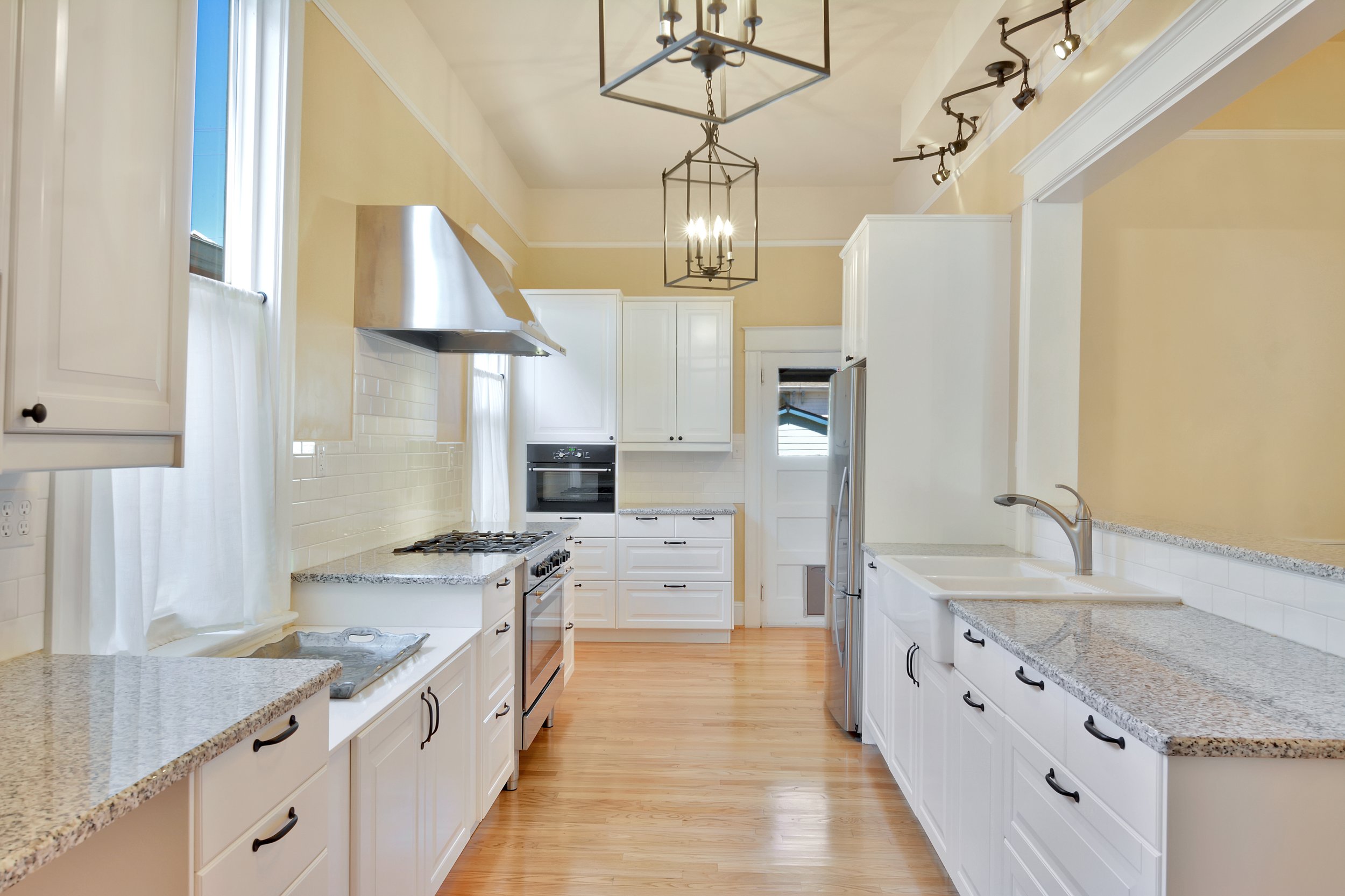

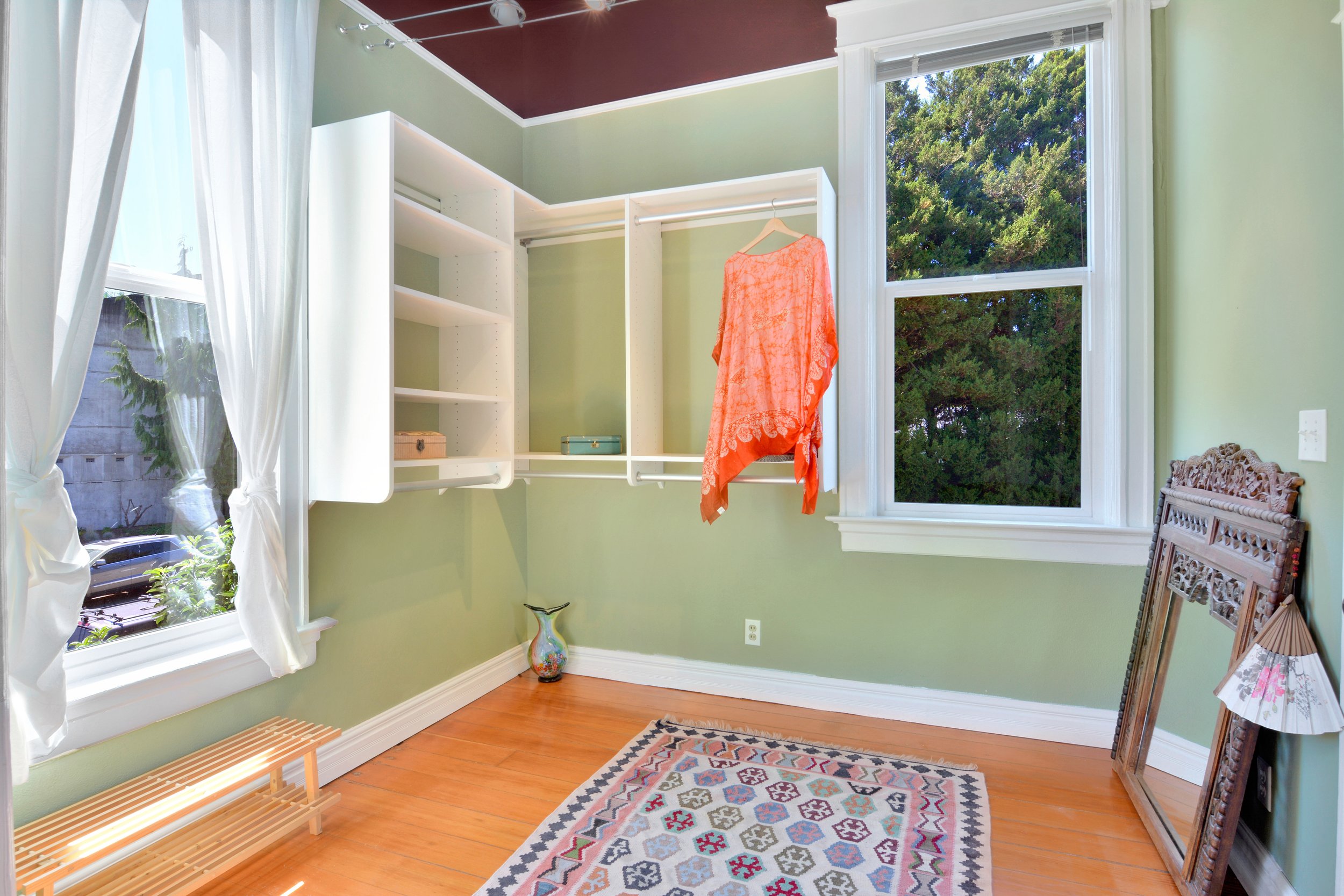
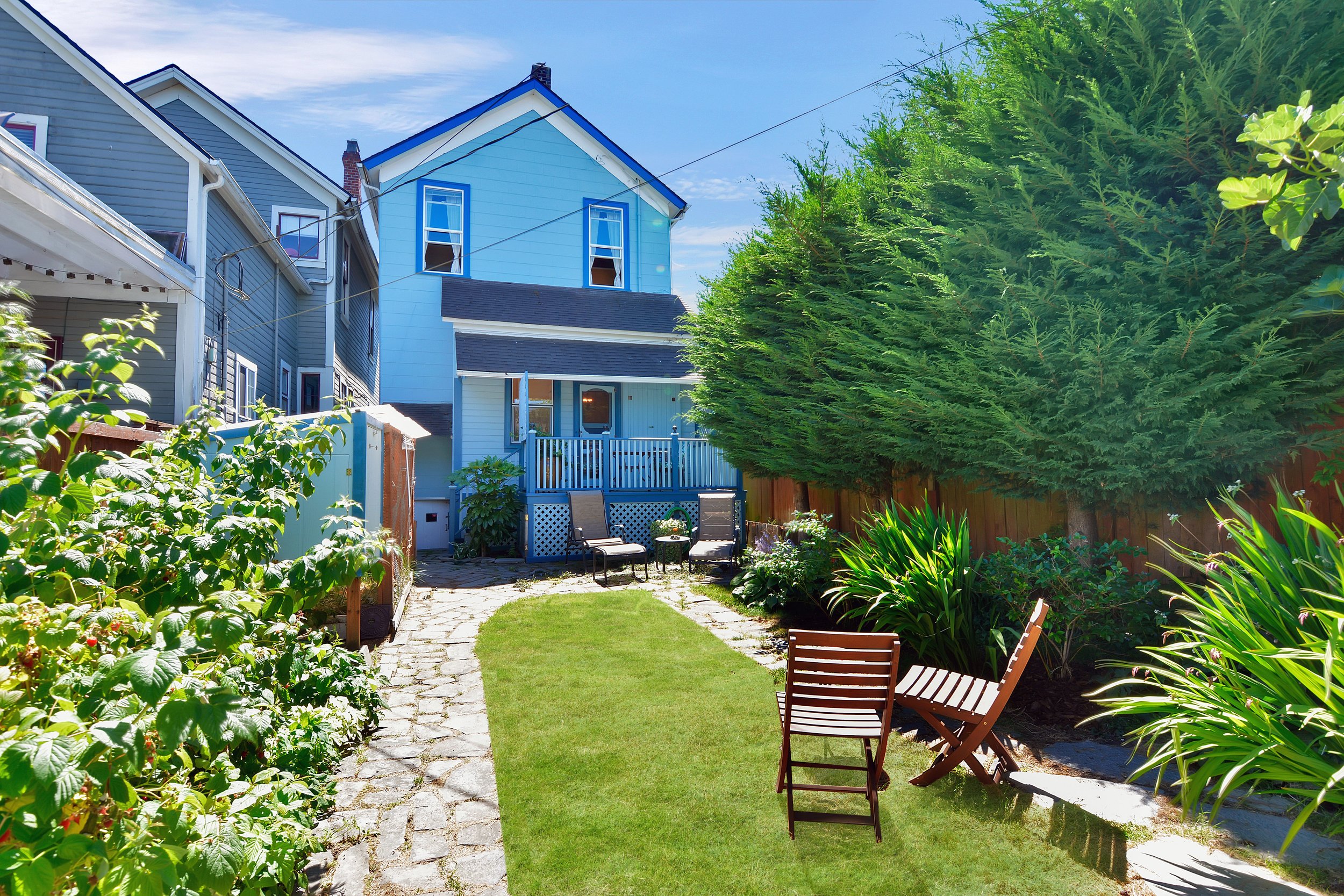
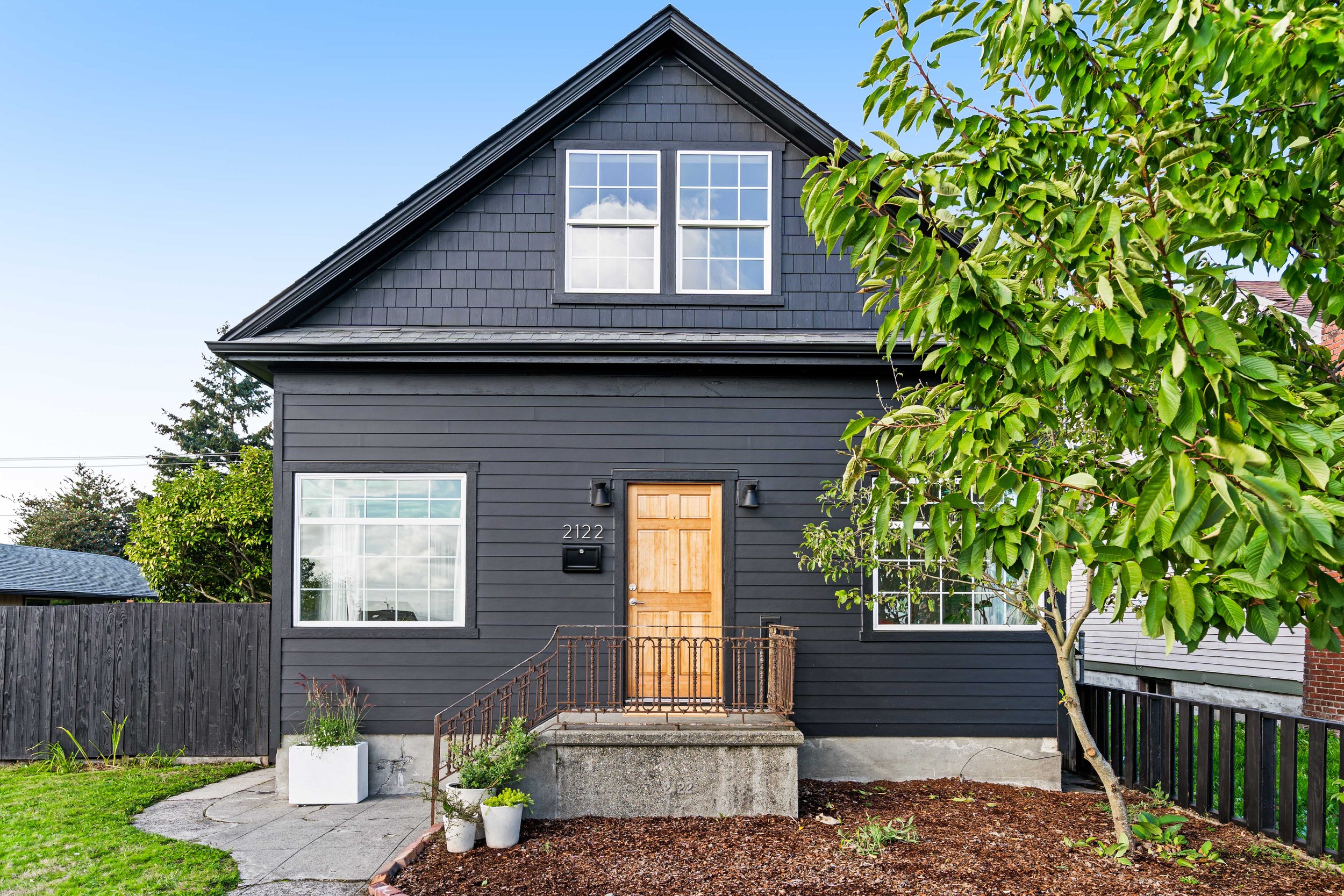
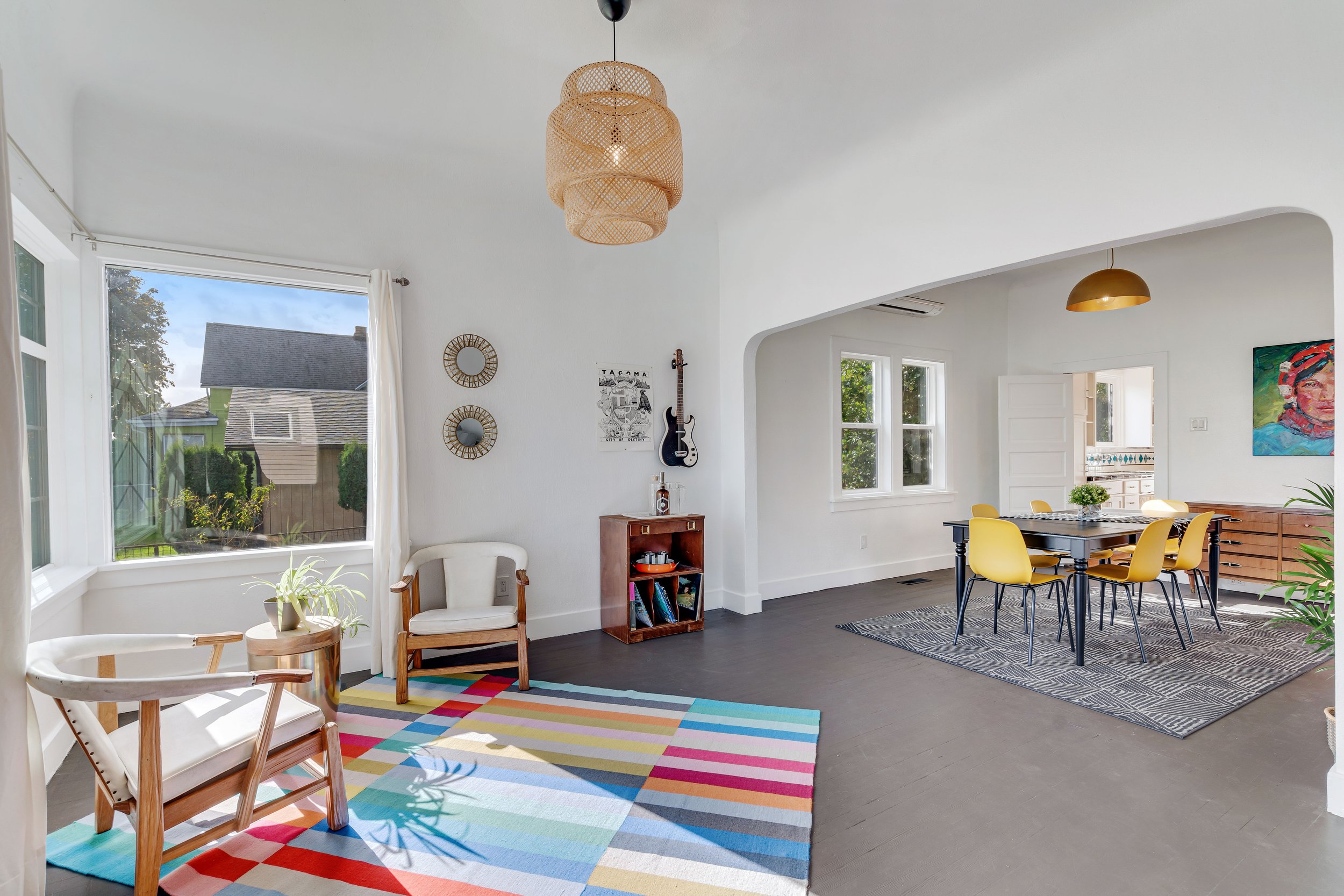
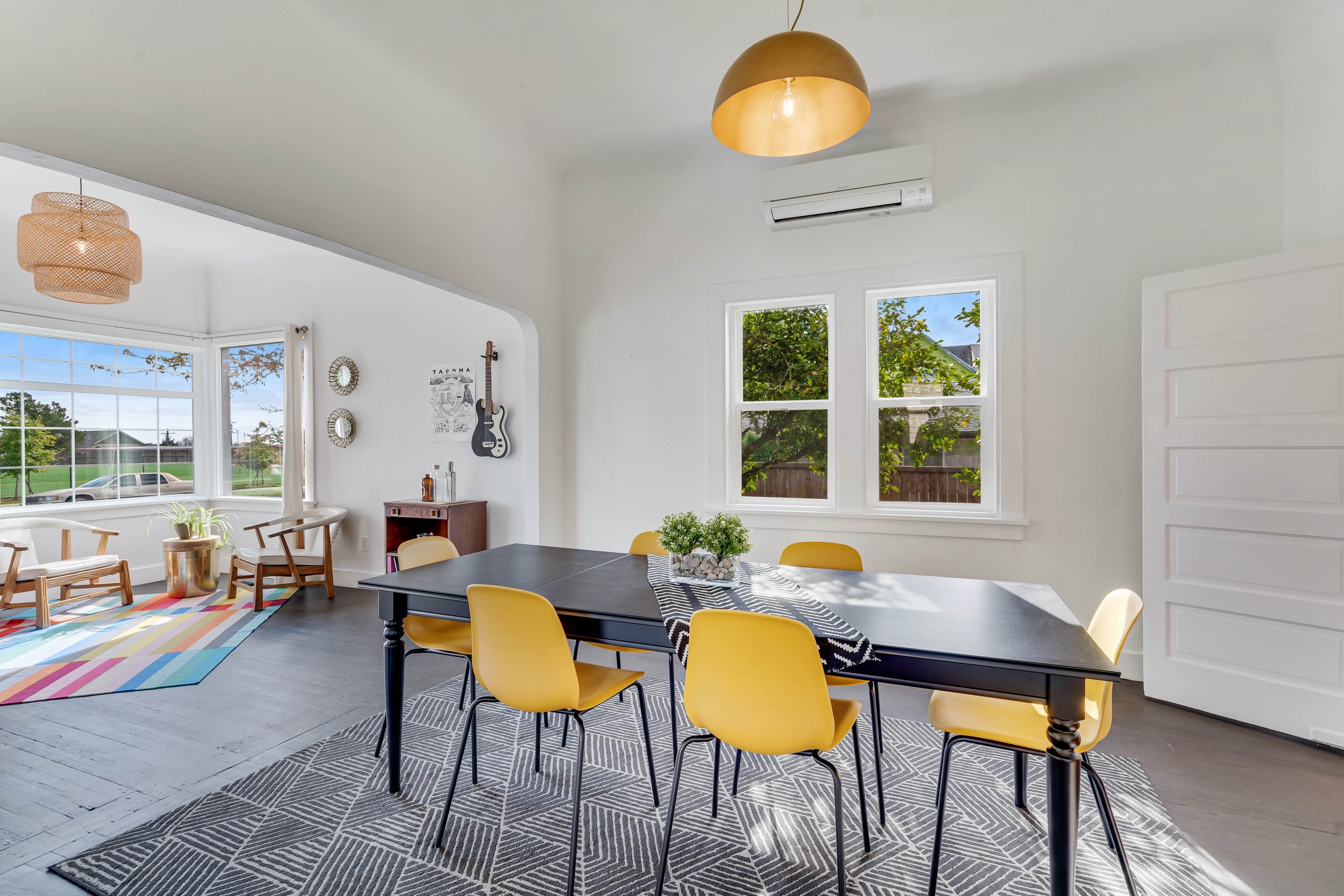
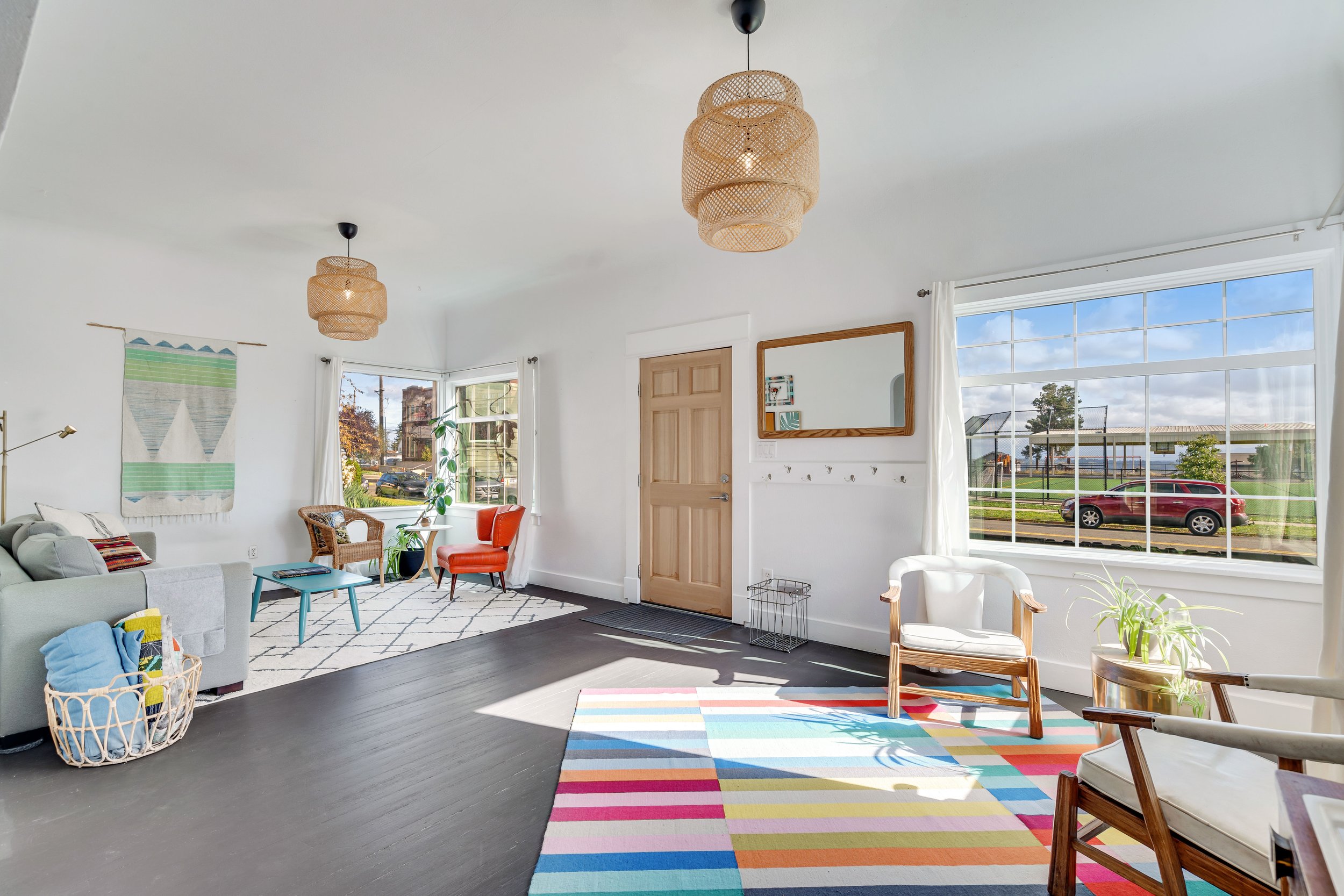
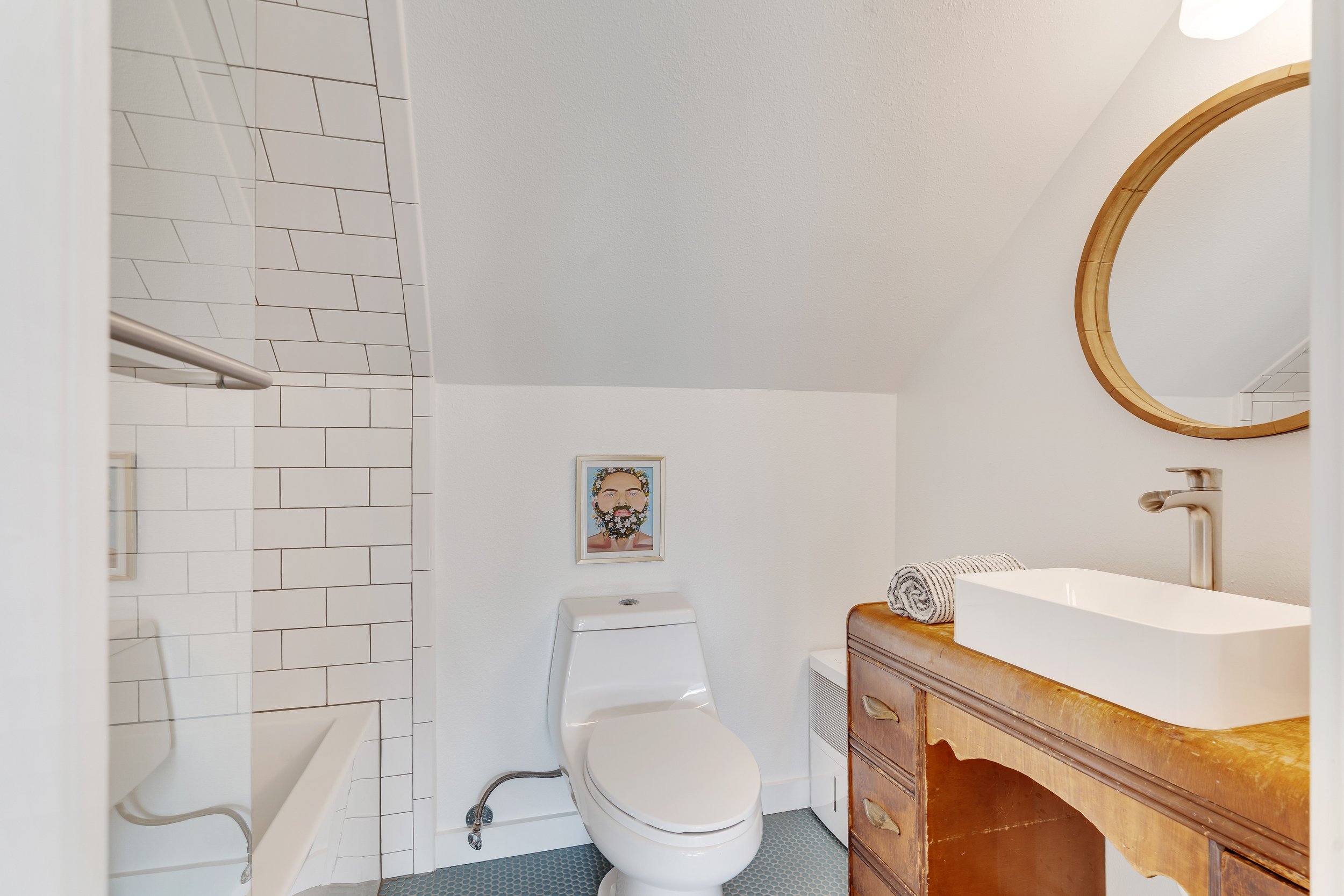
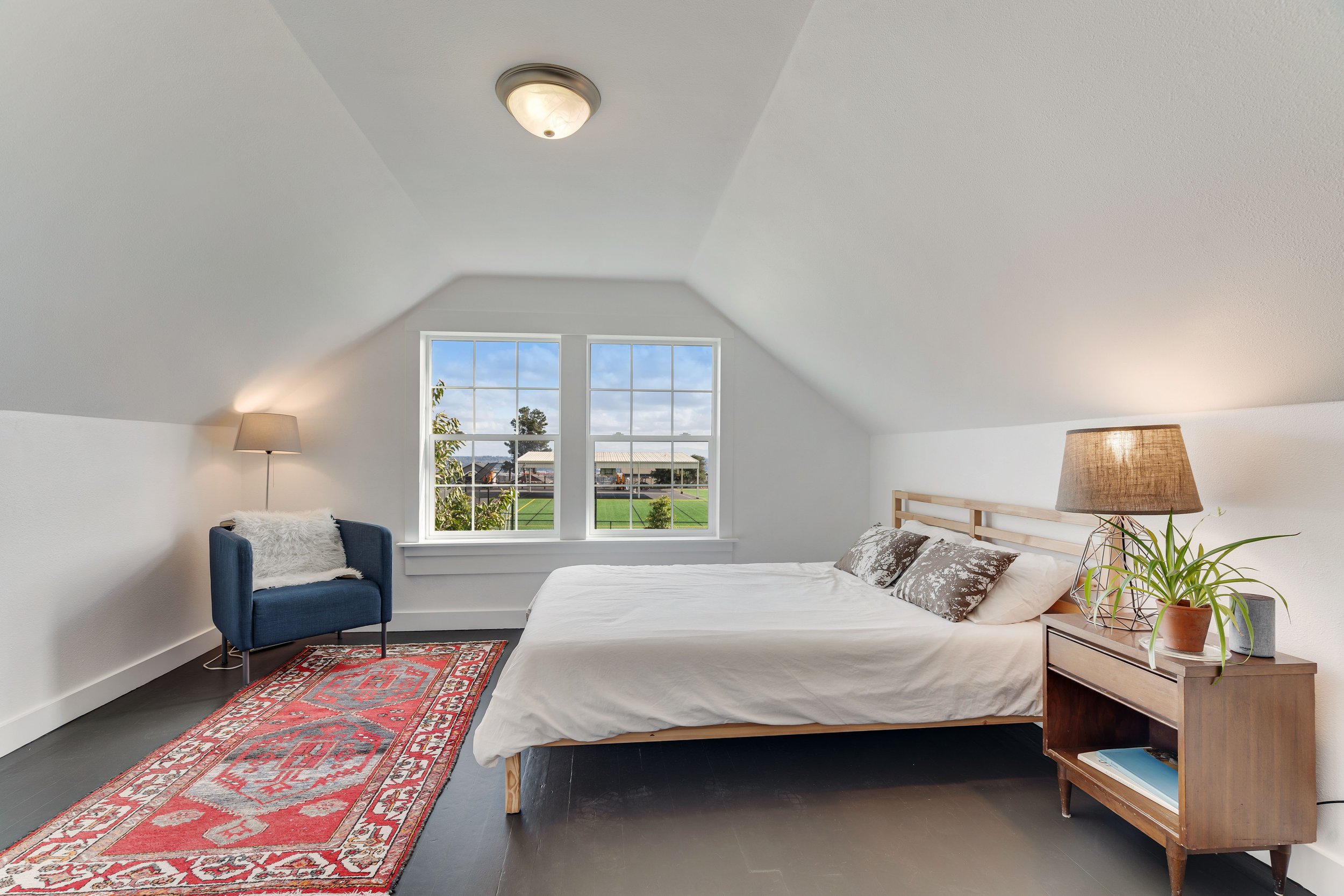
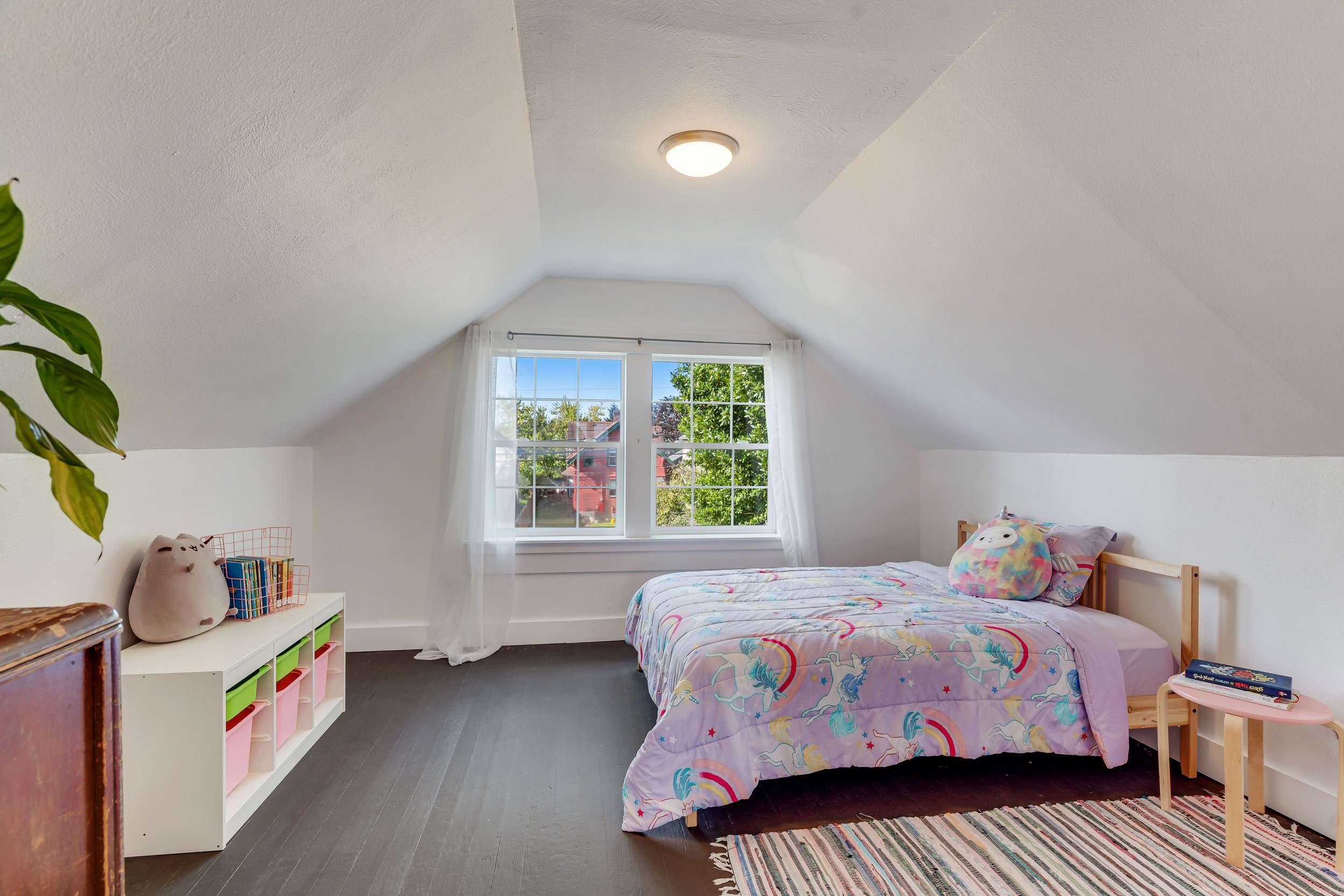
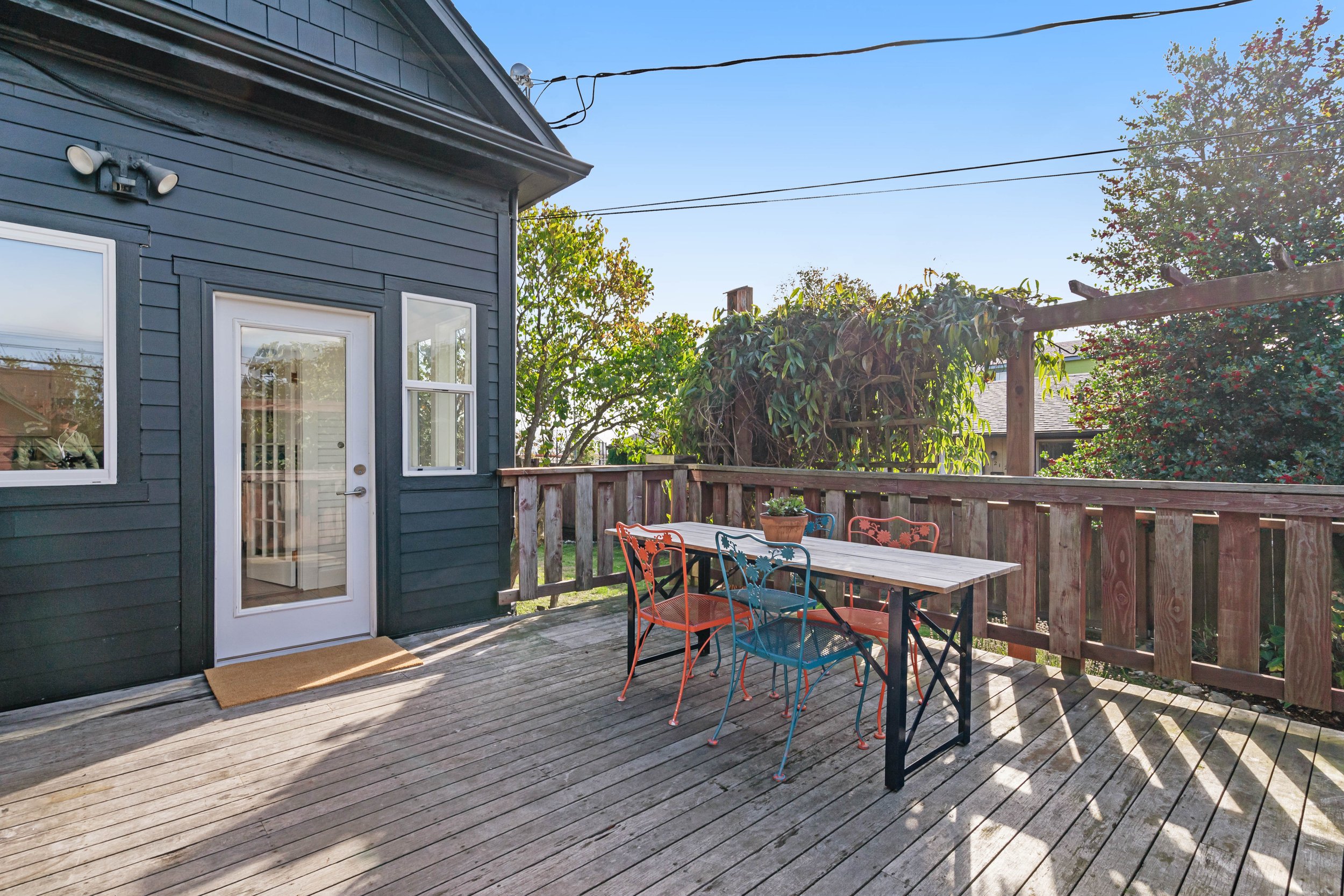
Hybrid Staging: A combination of homeowners’ furnishings supplemented by our staging designer
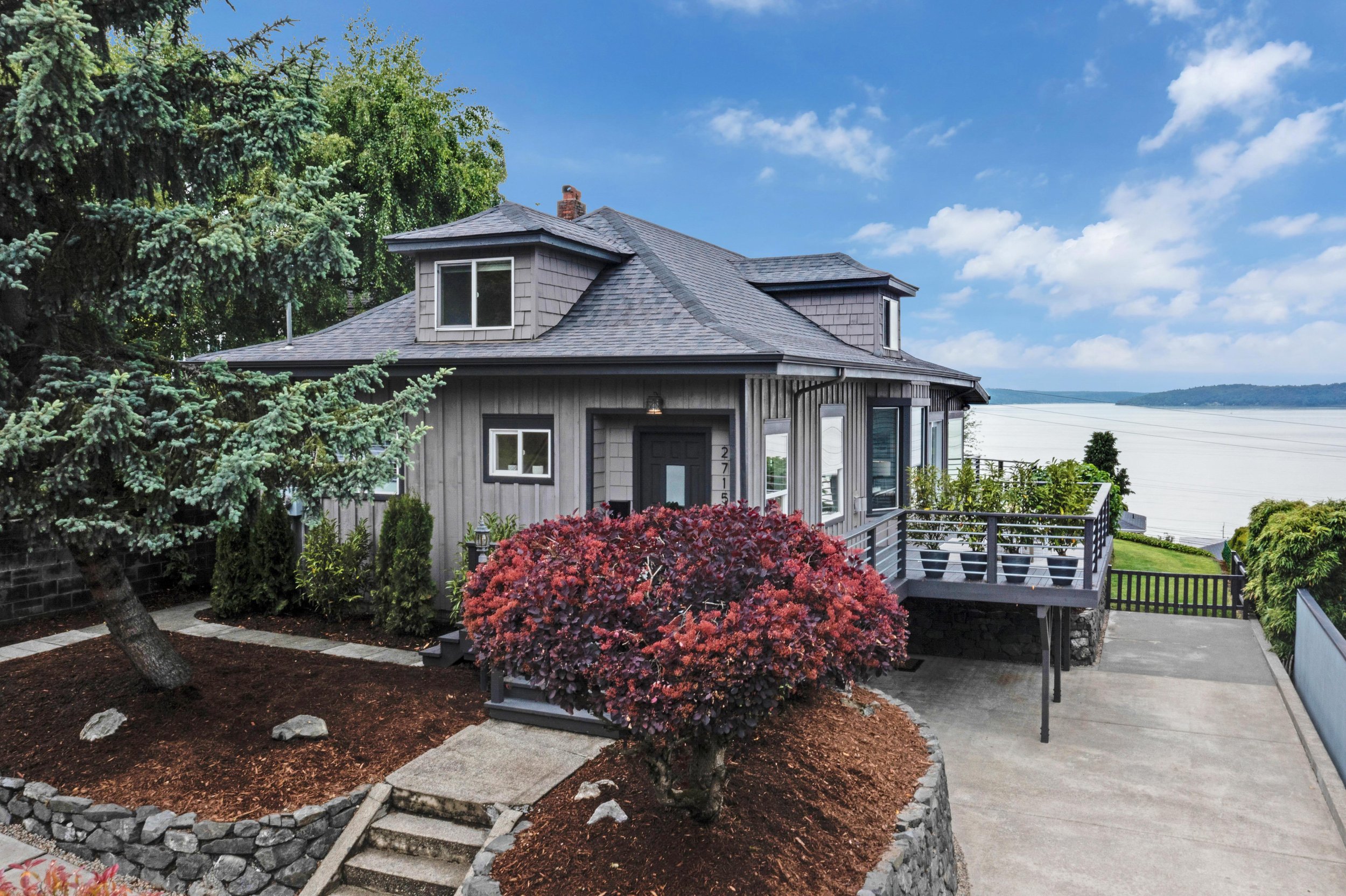

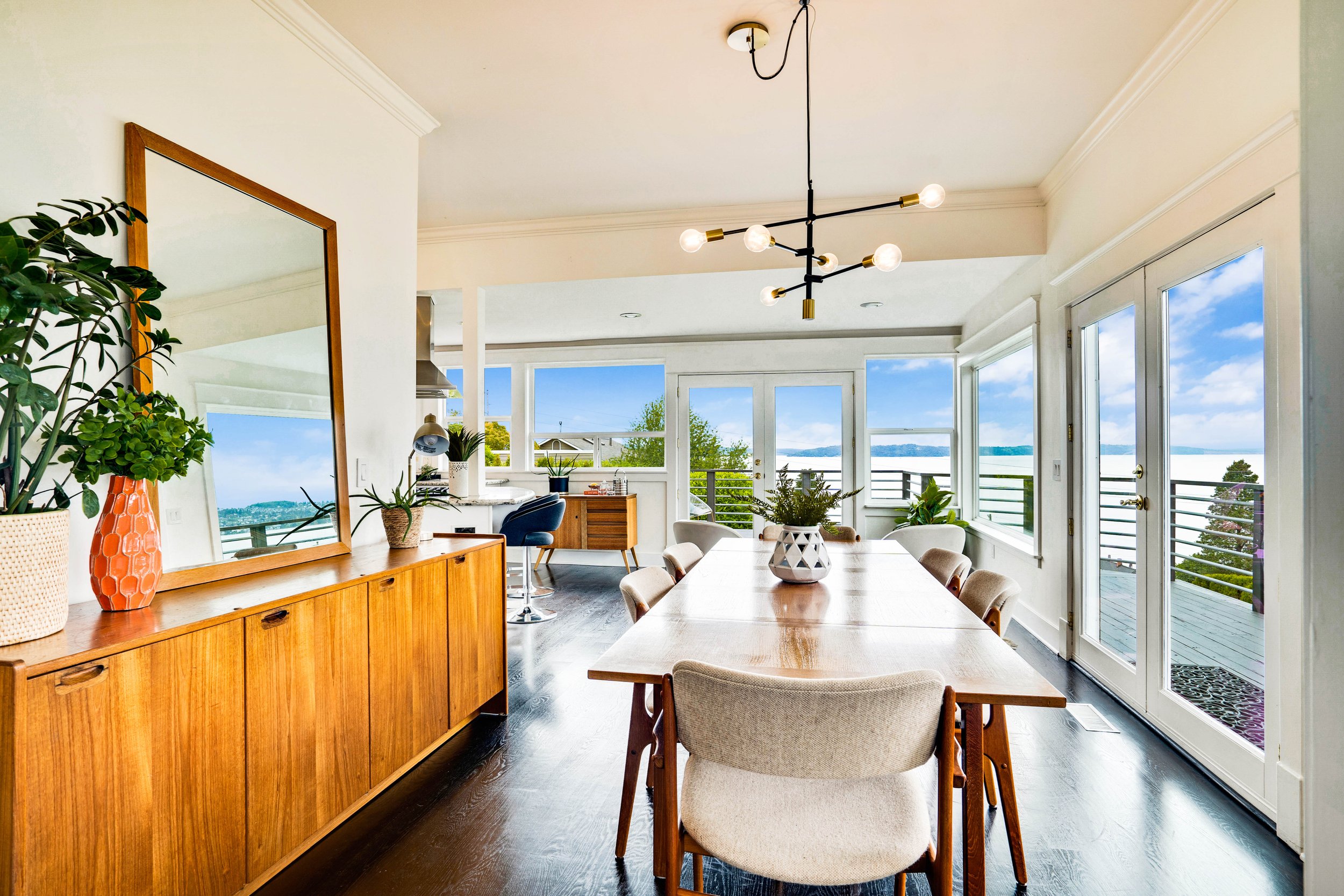

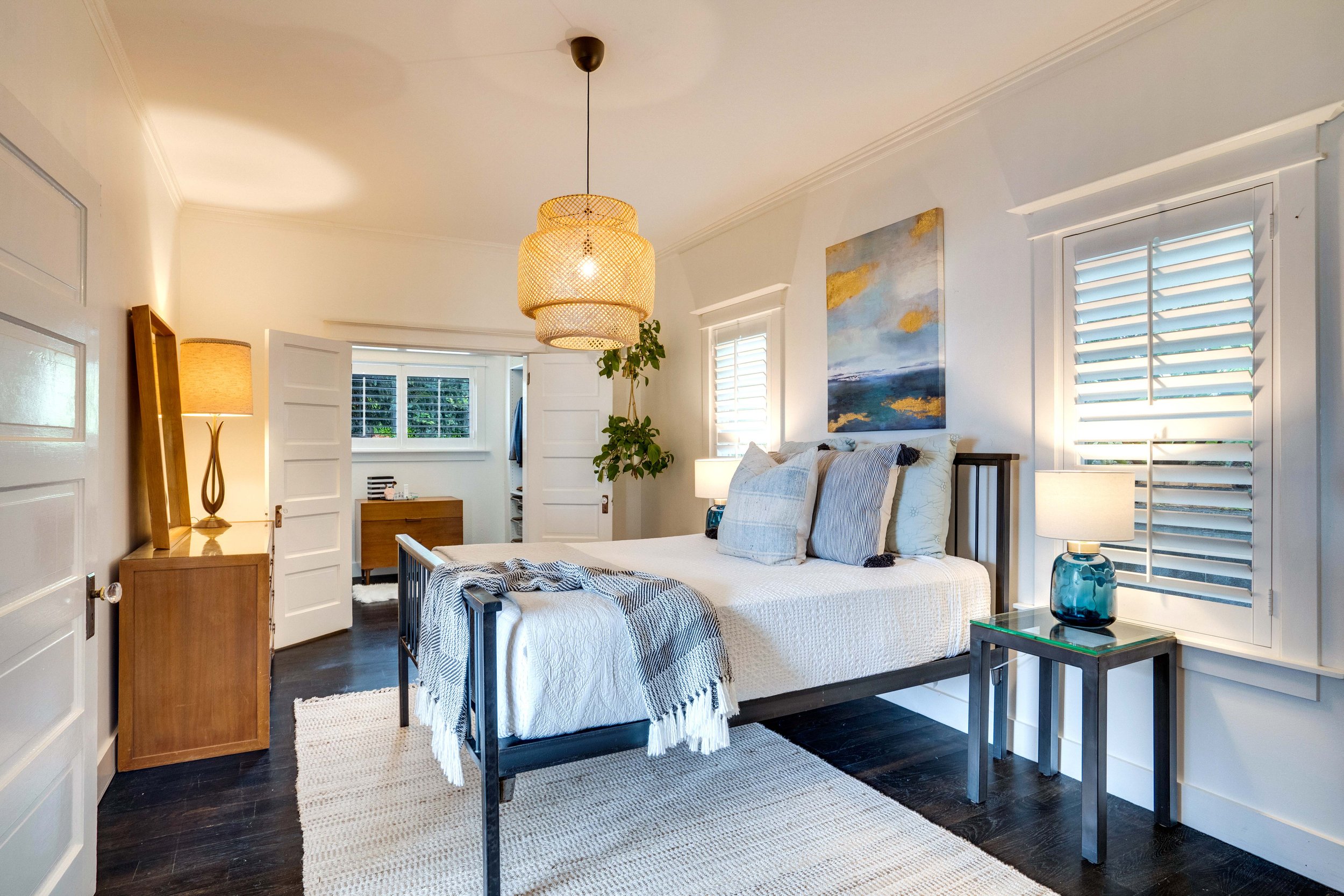
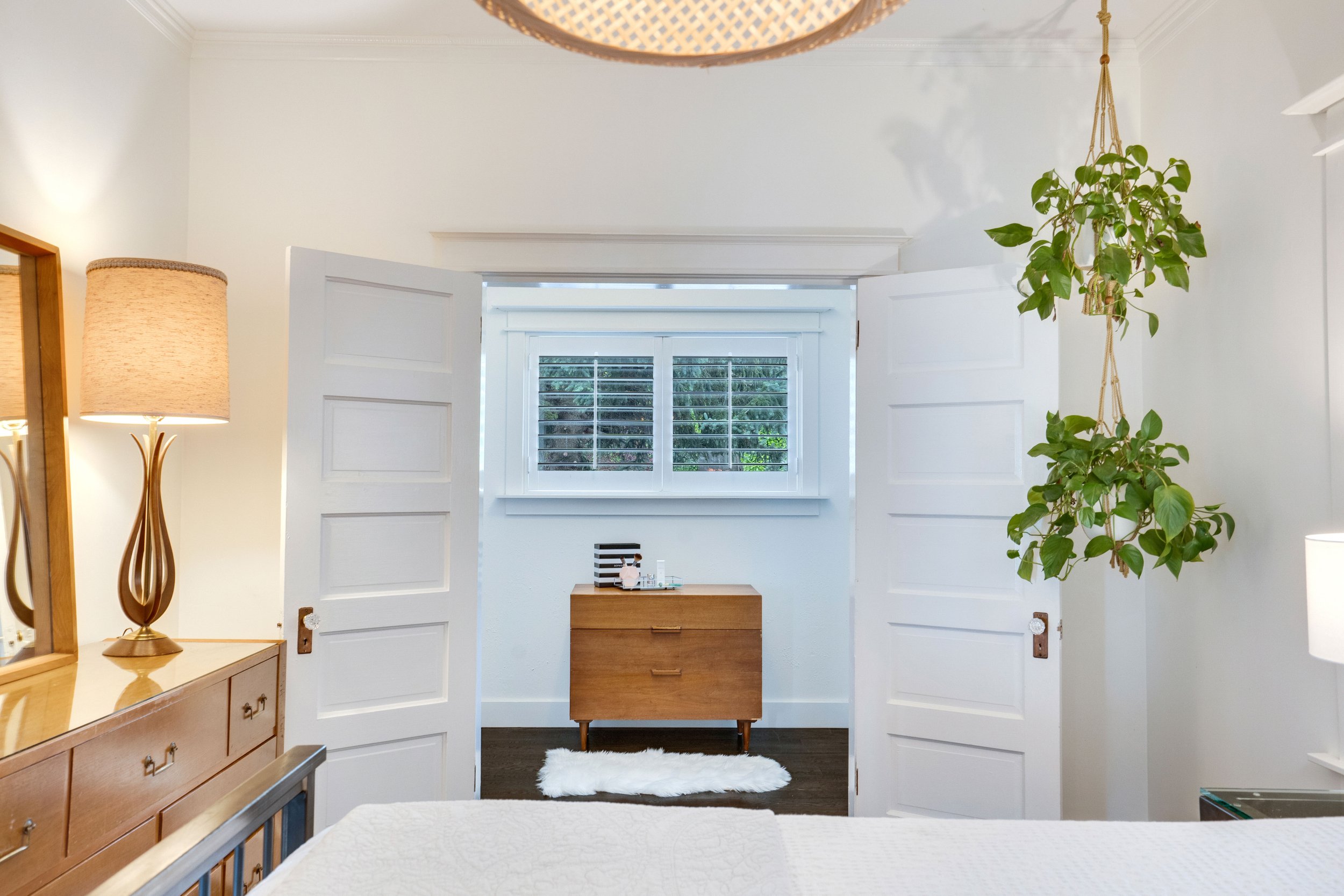
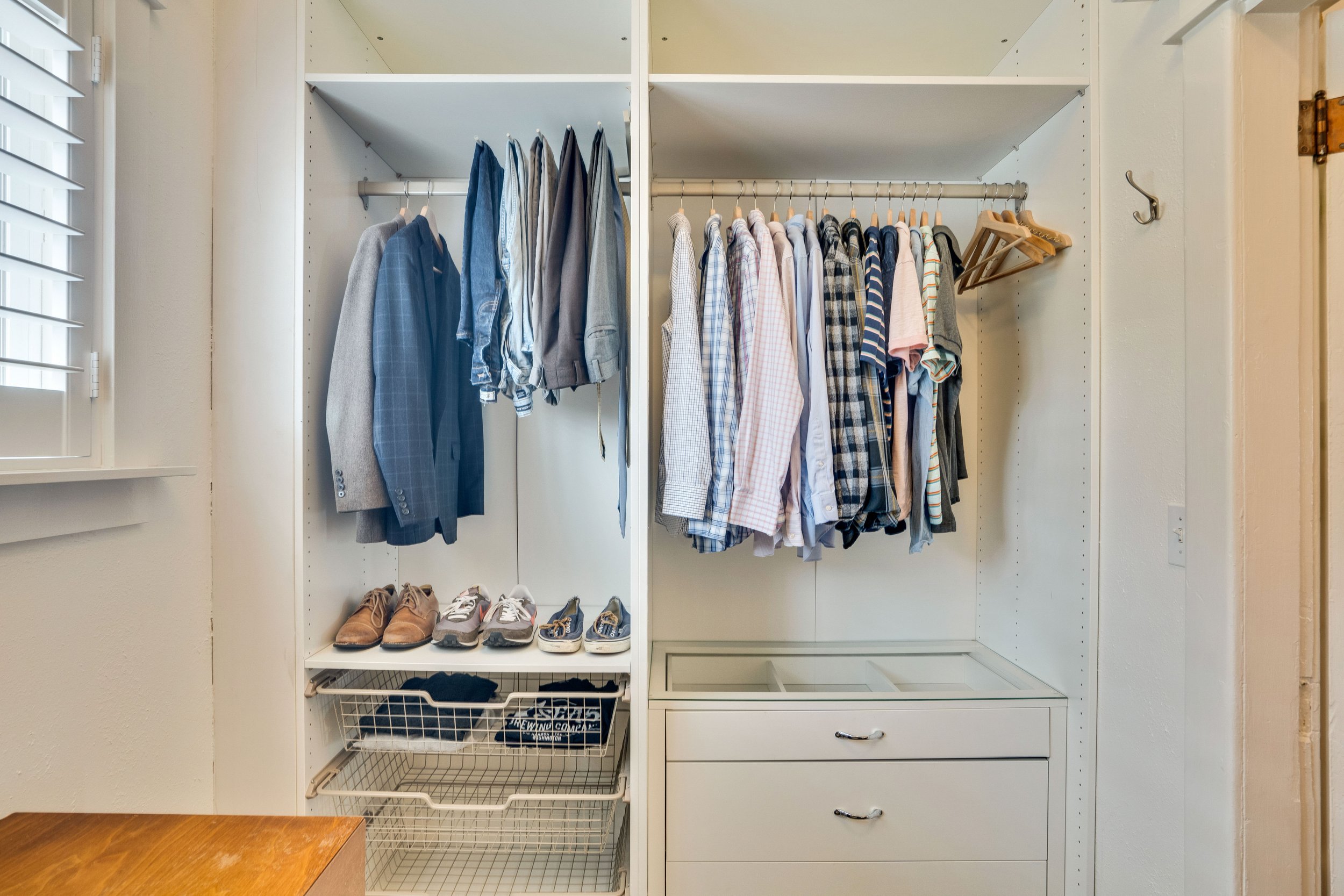
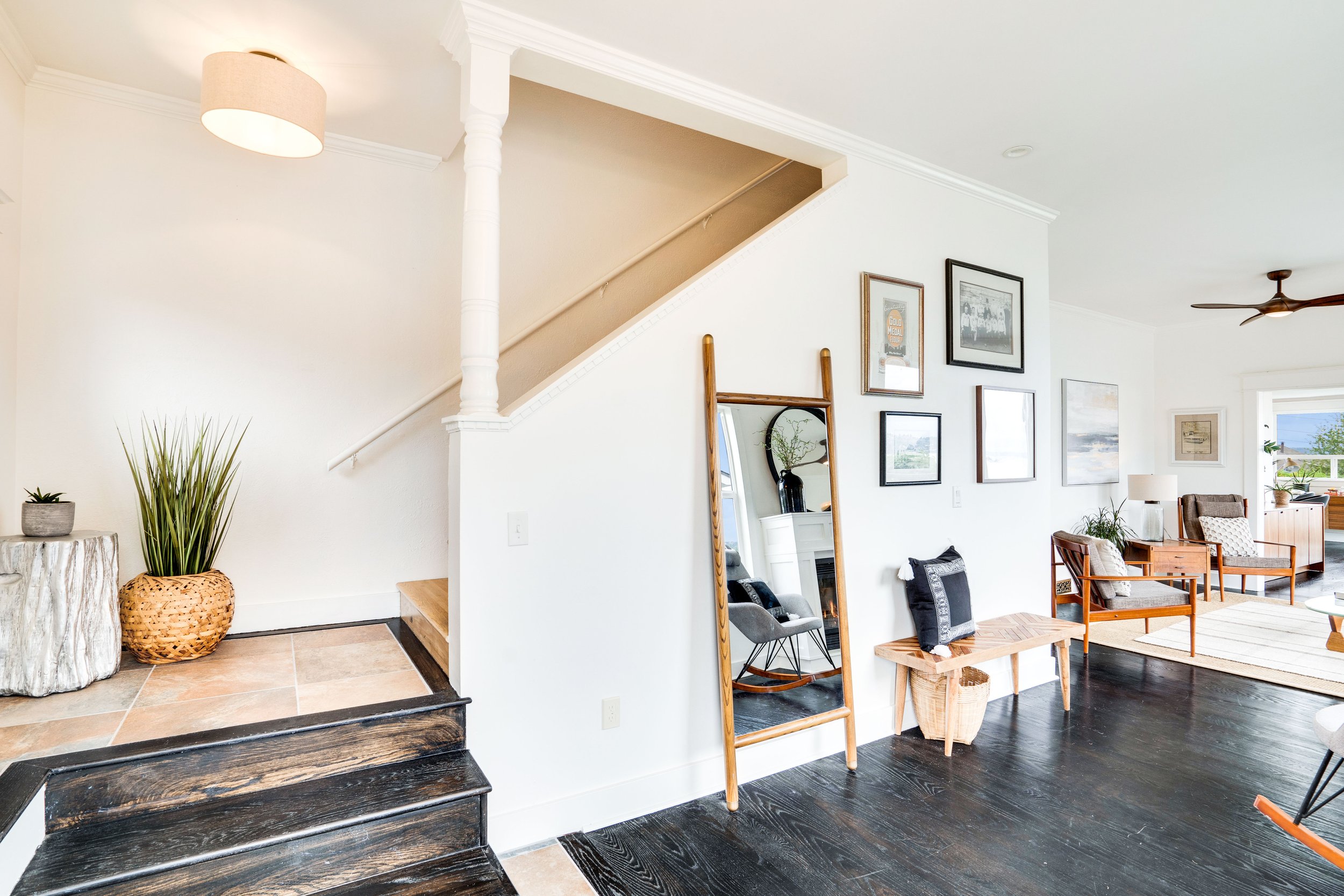
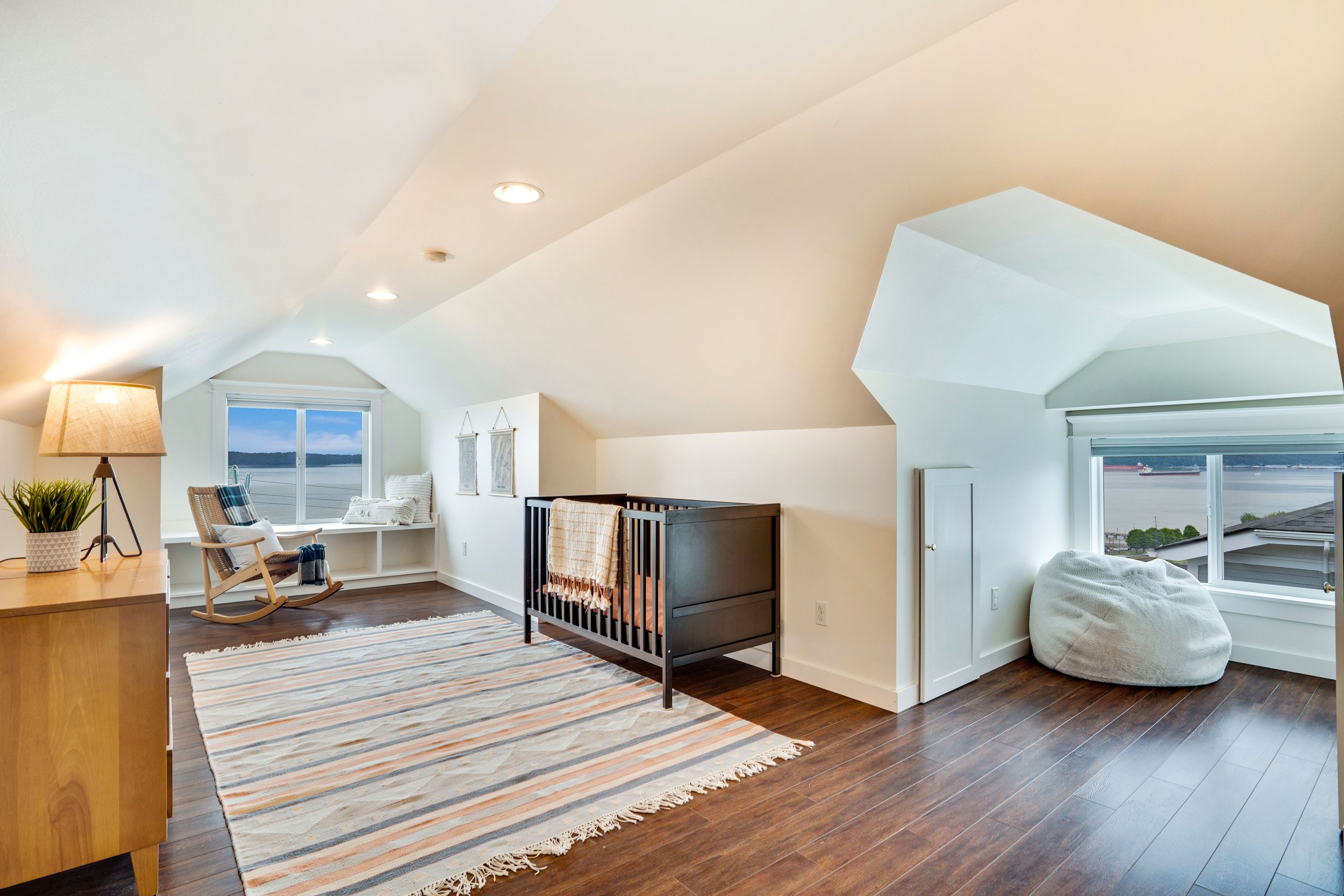
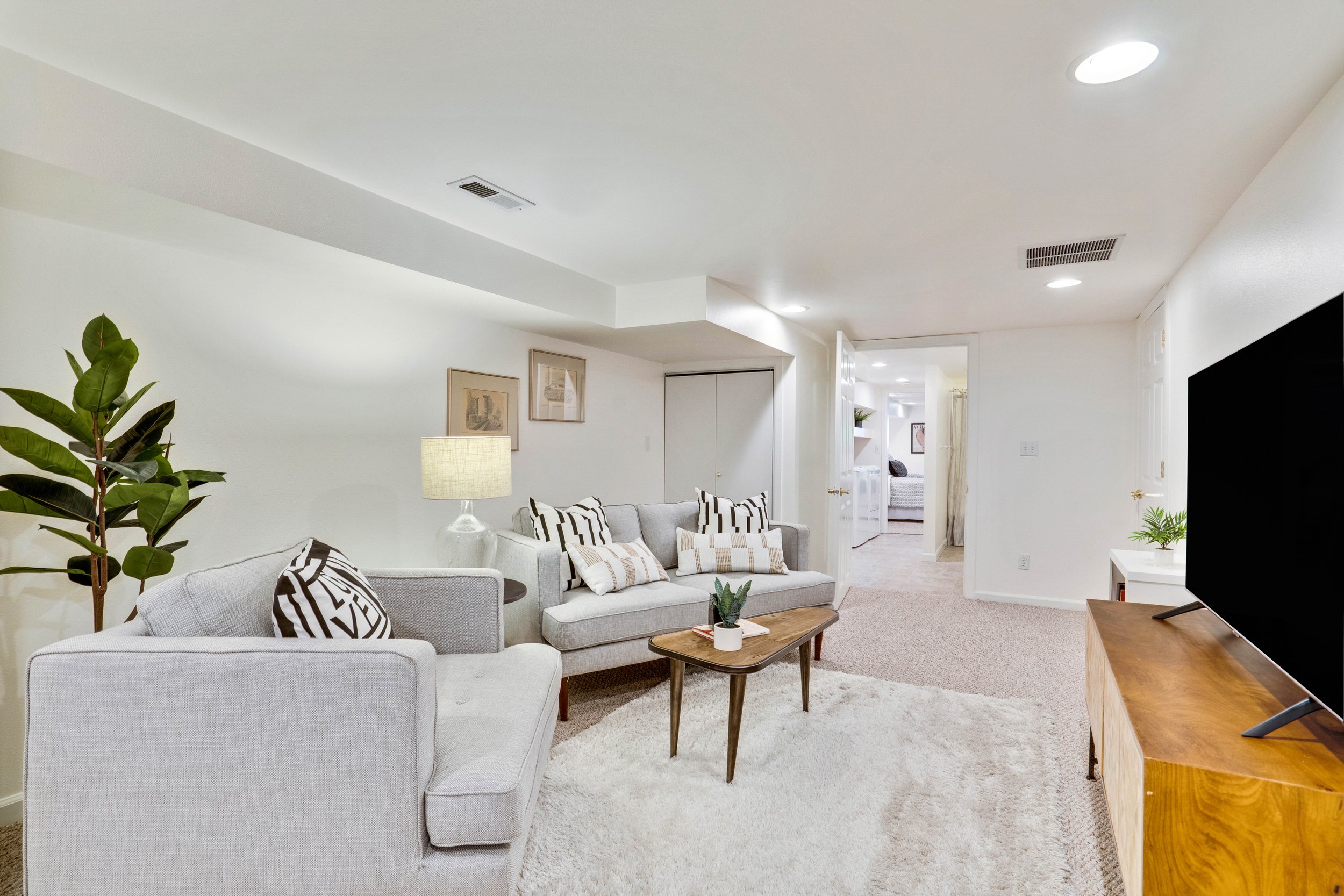
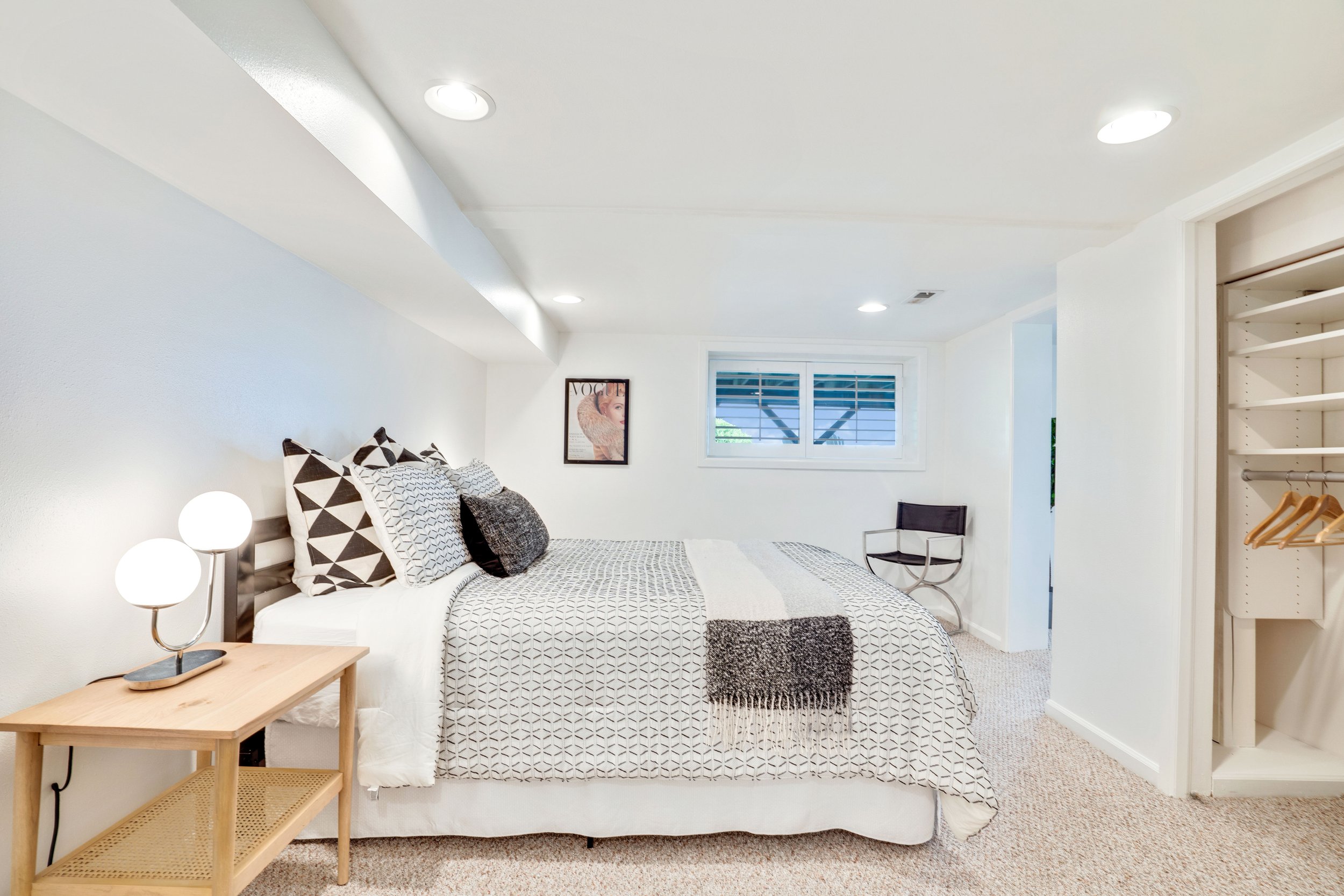
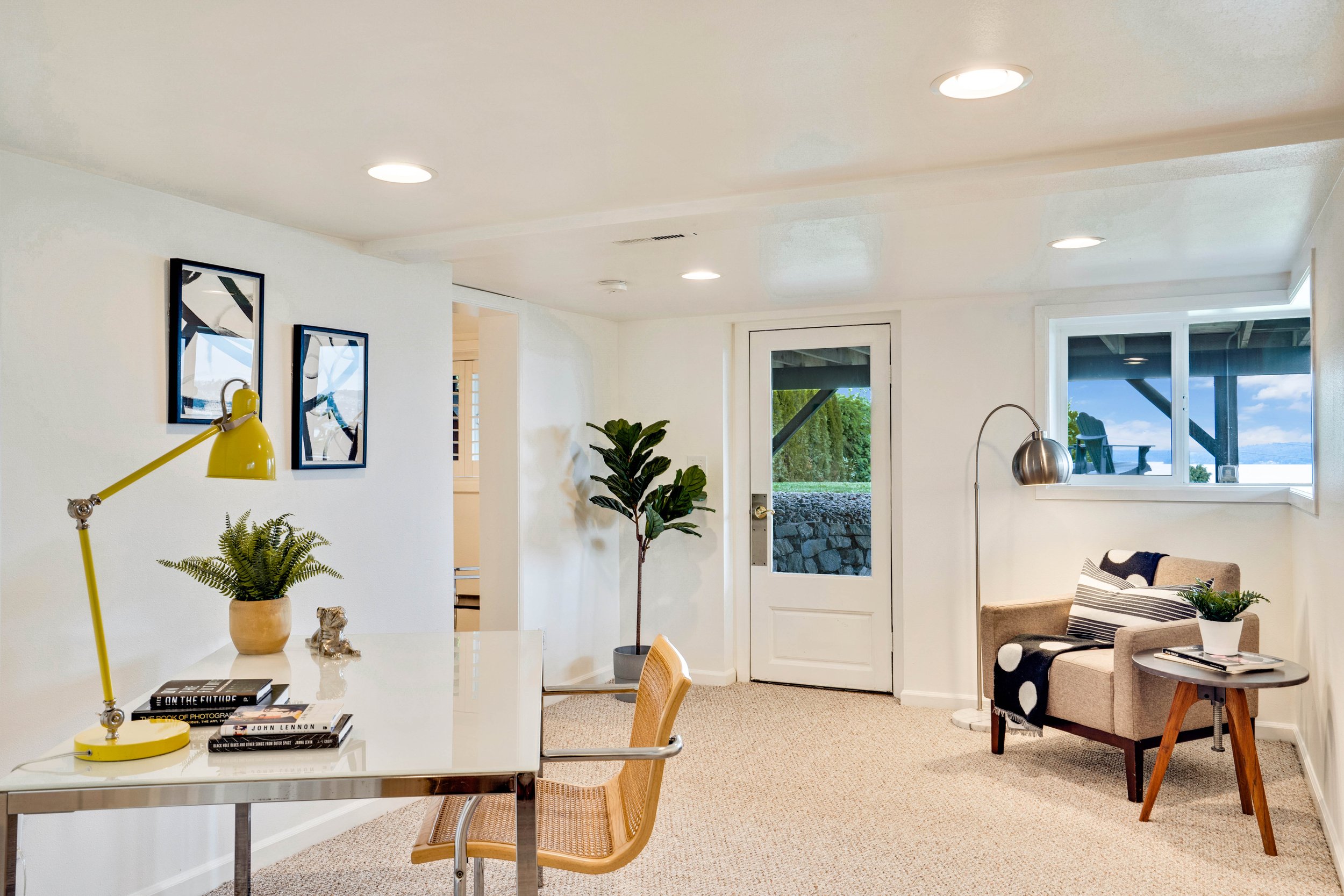
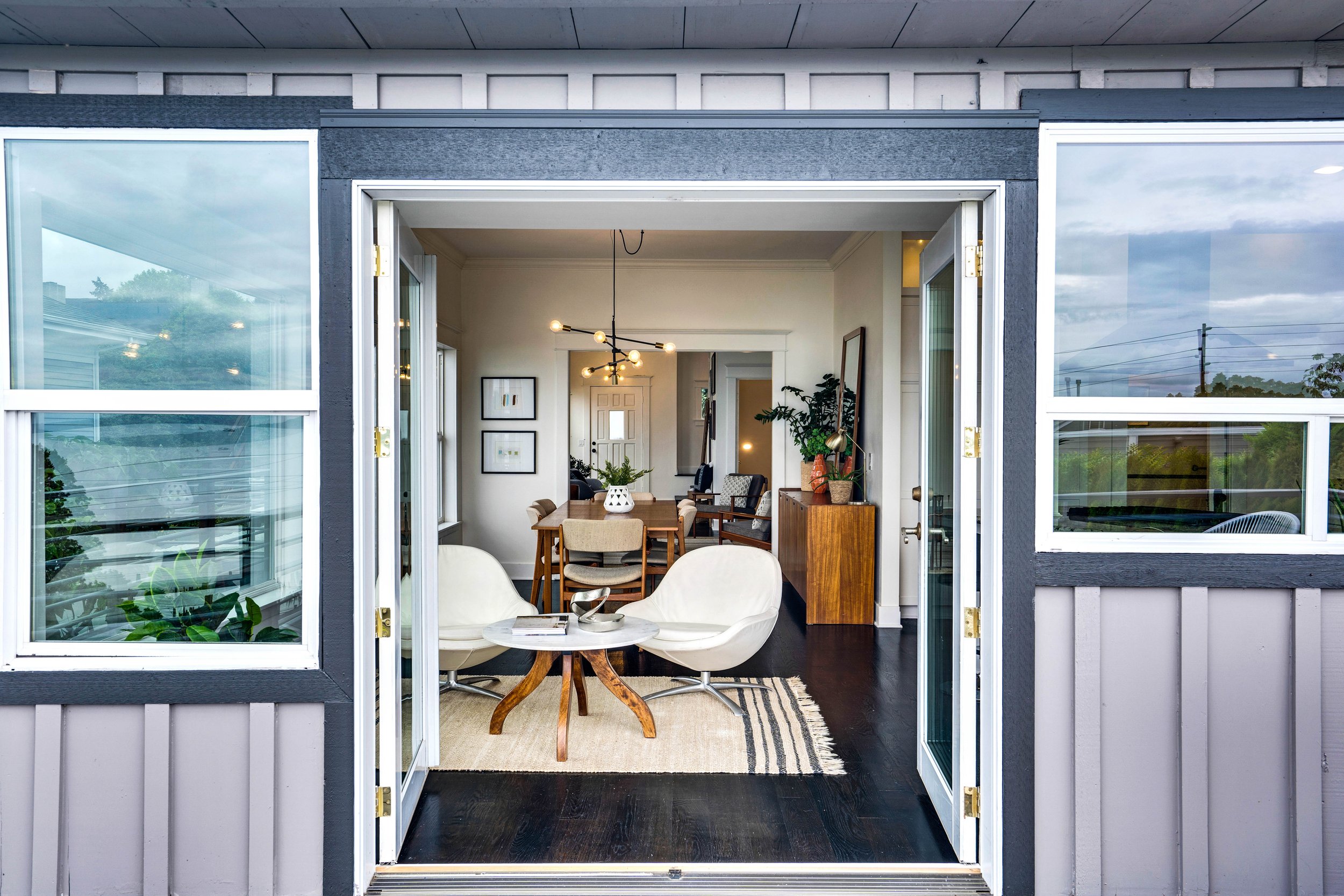
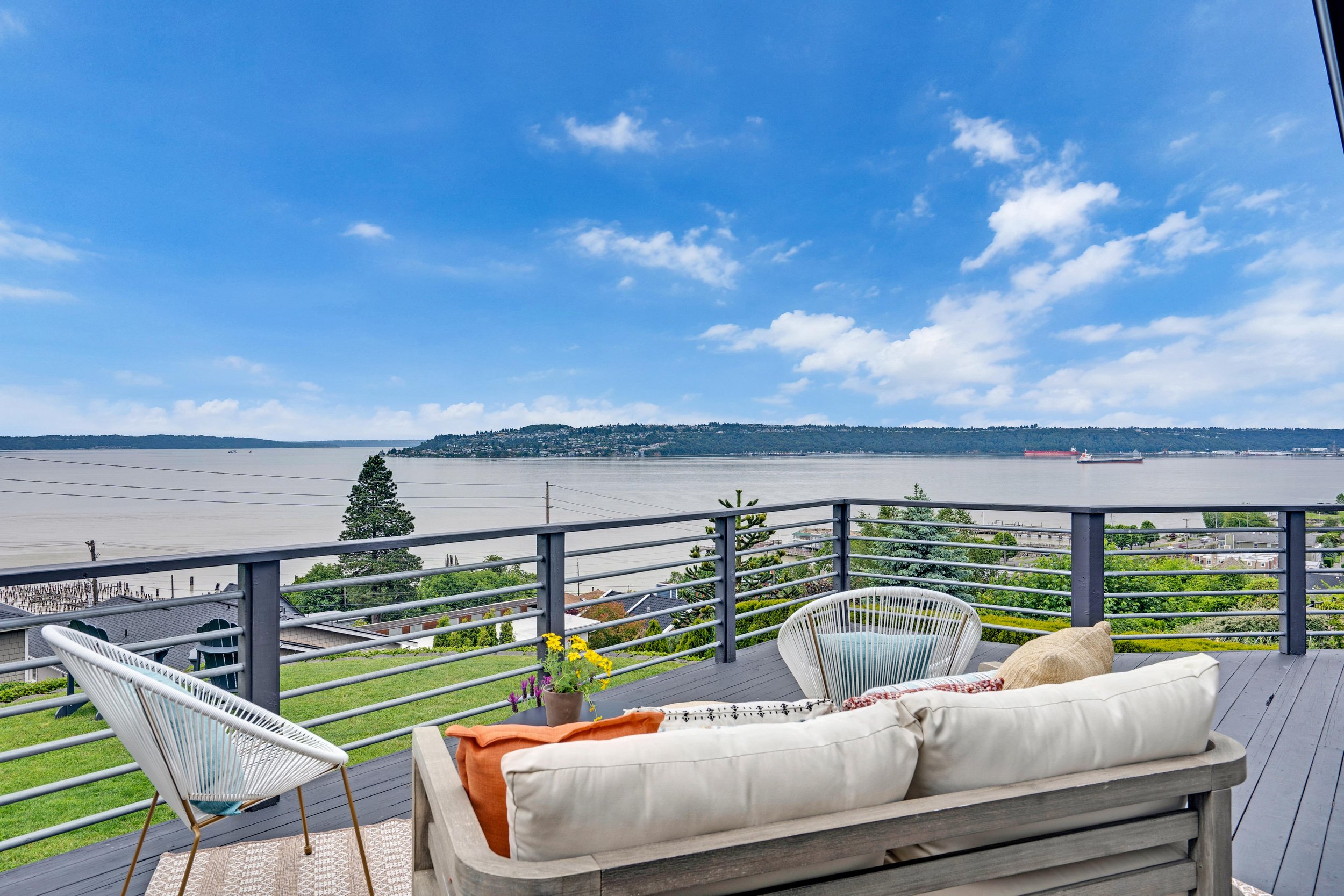
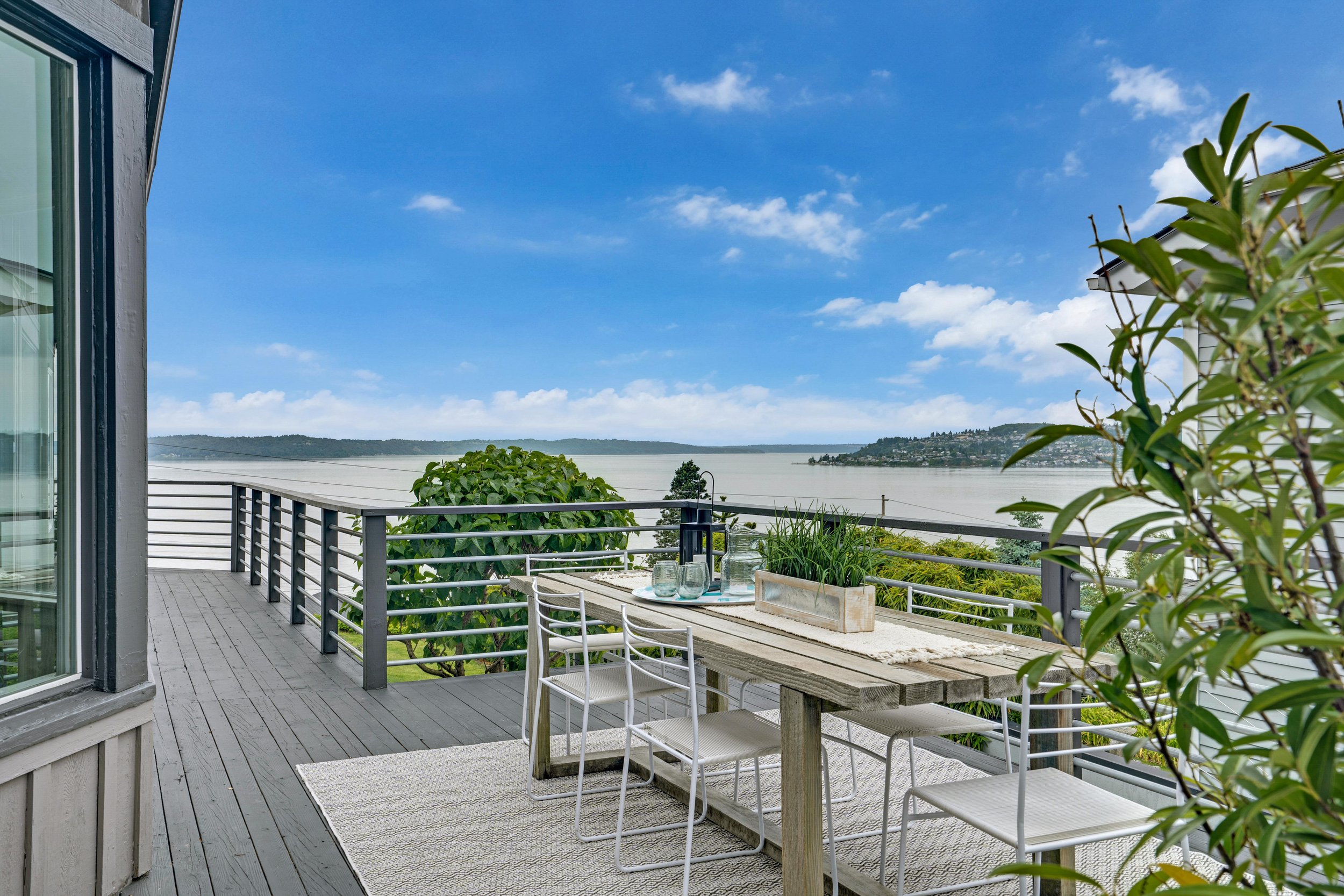

Vacated/Blank Slate Homes Furnished By Our Staging Designer
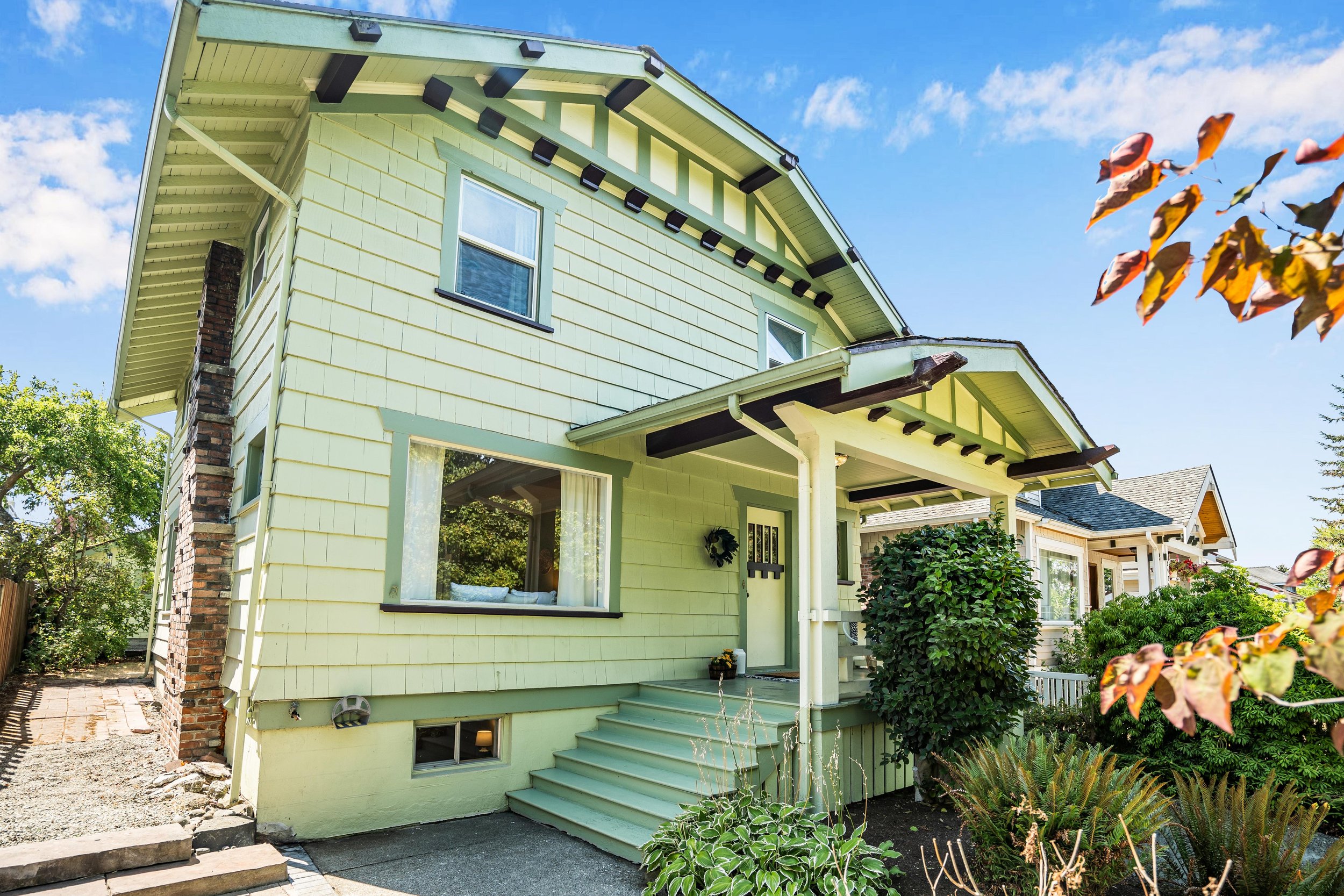
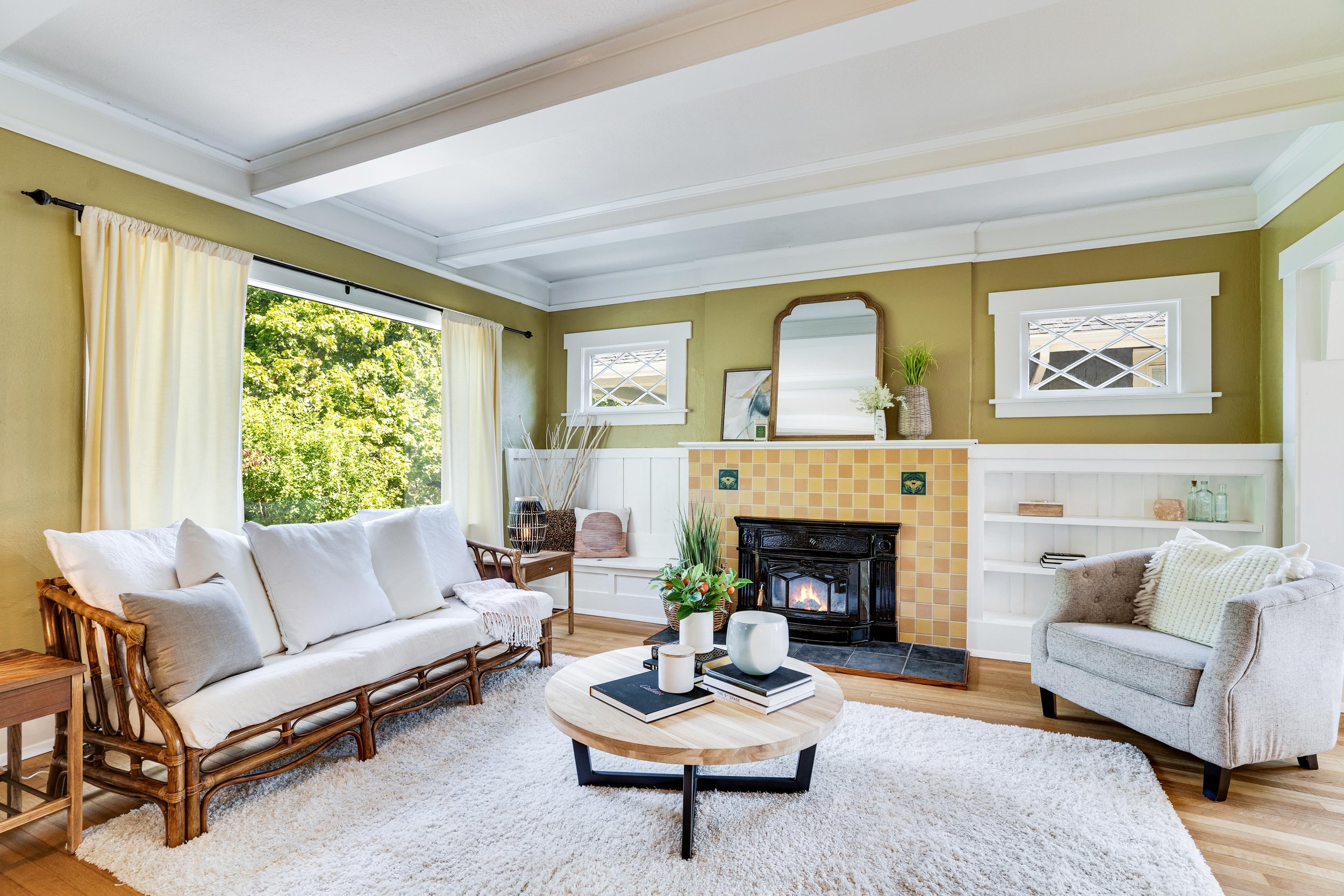

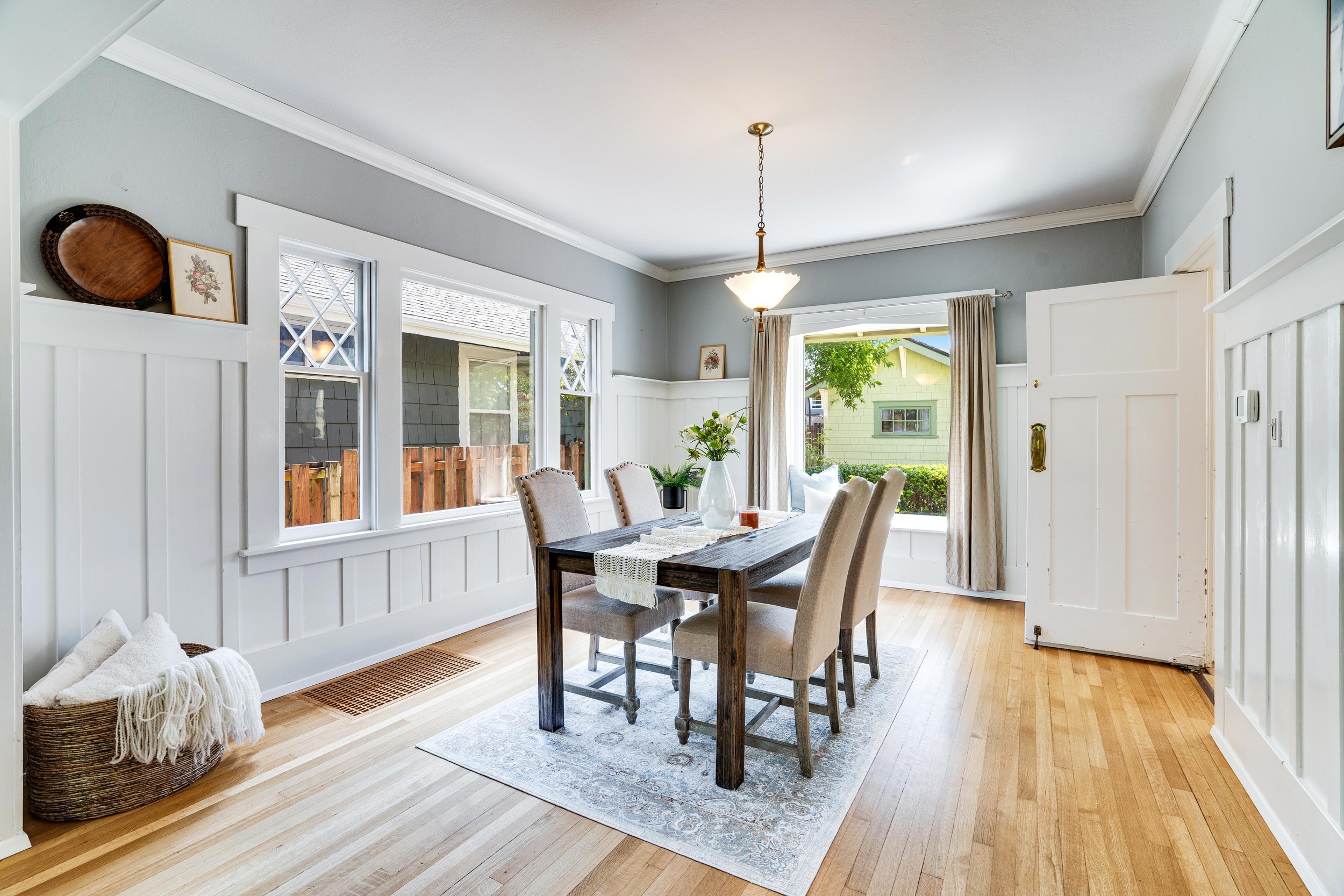
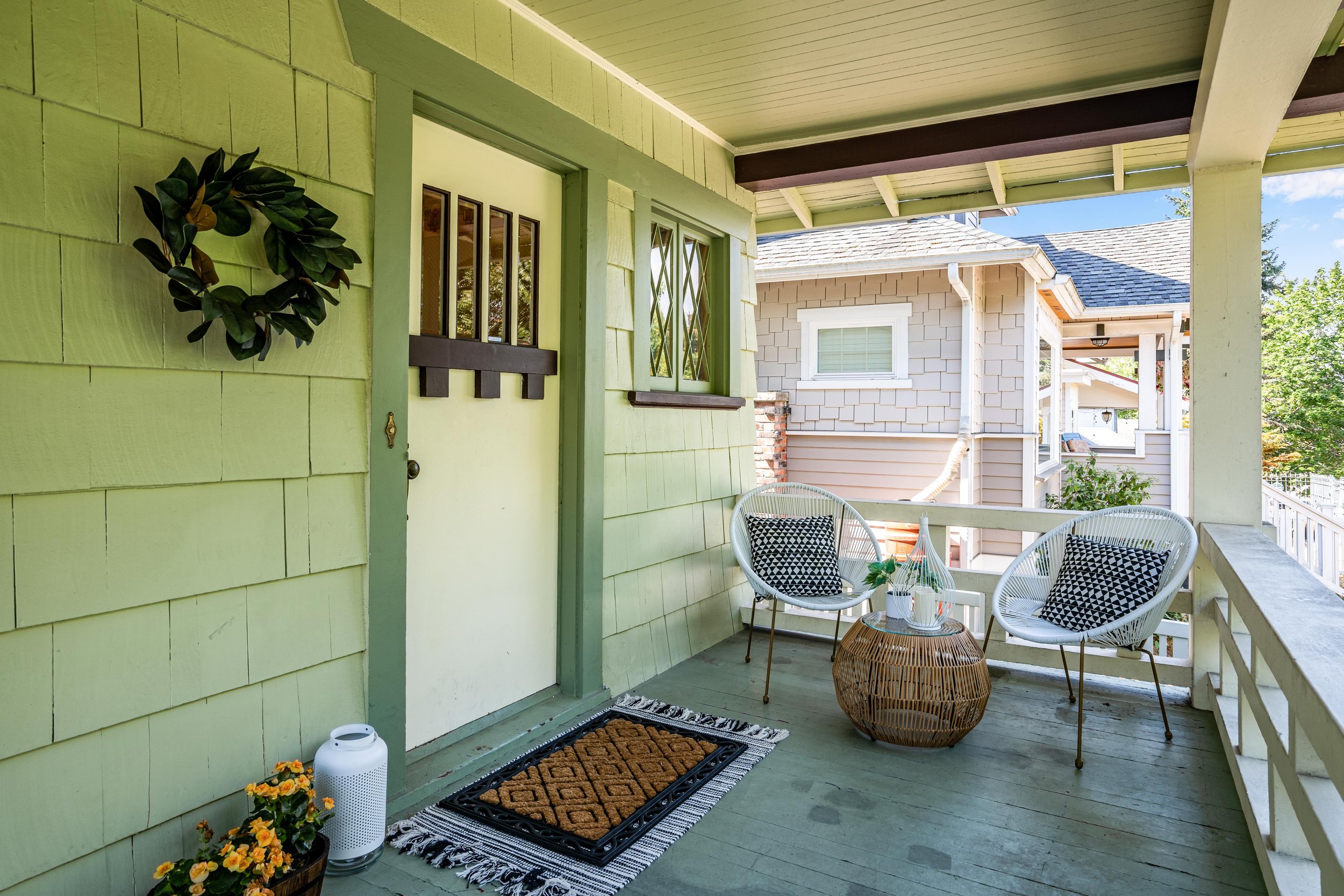
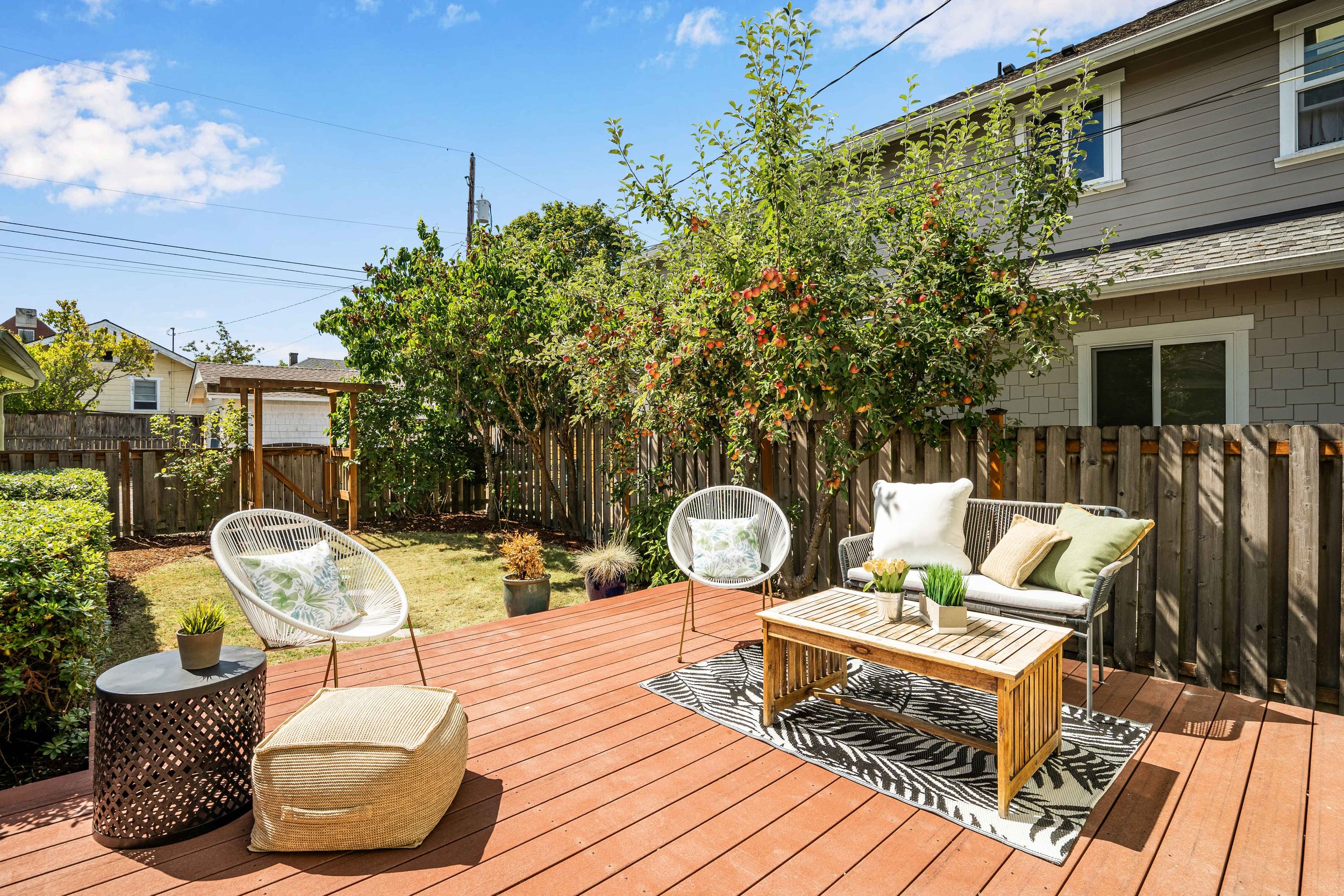
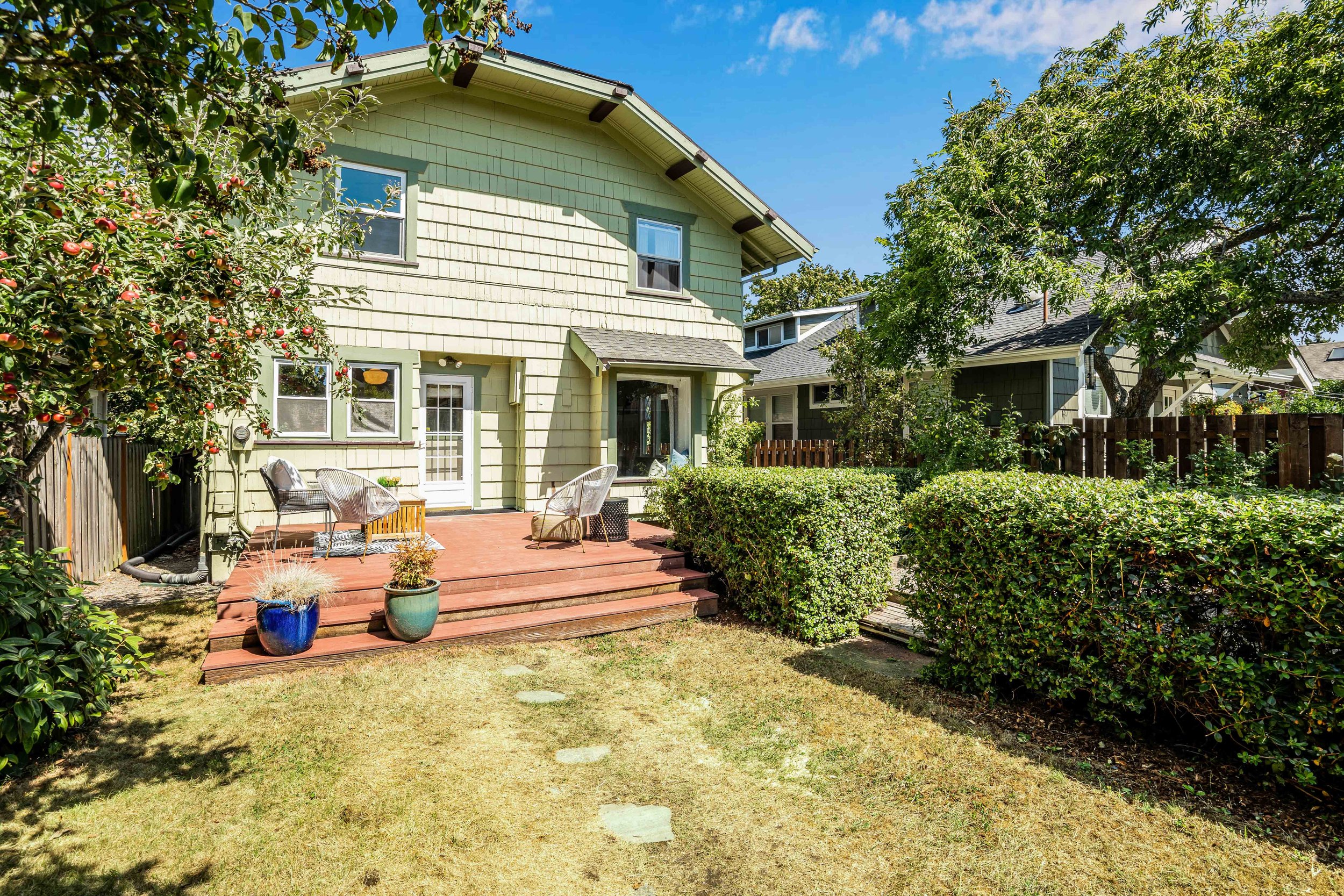
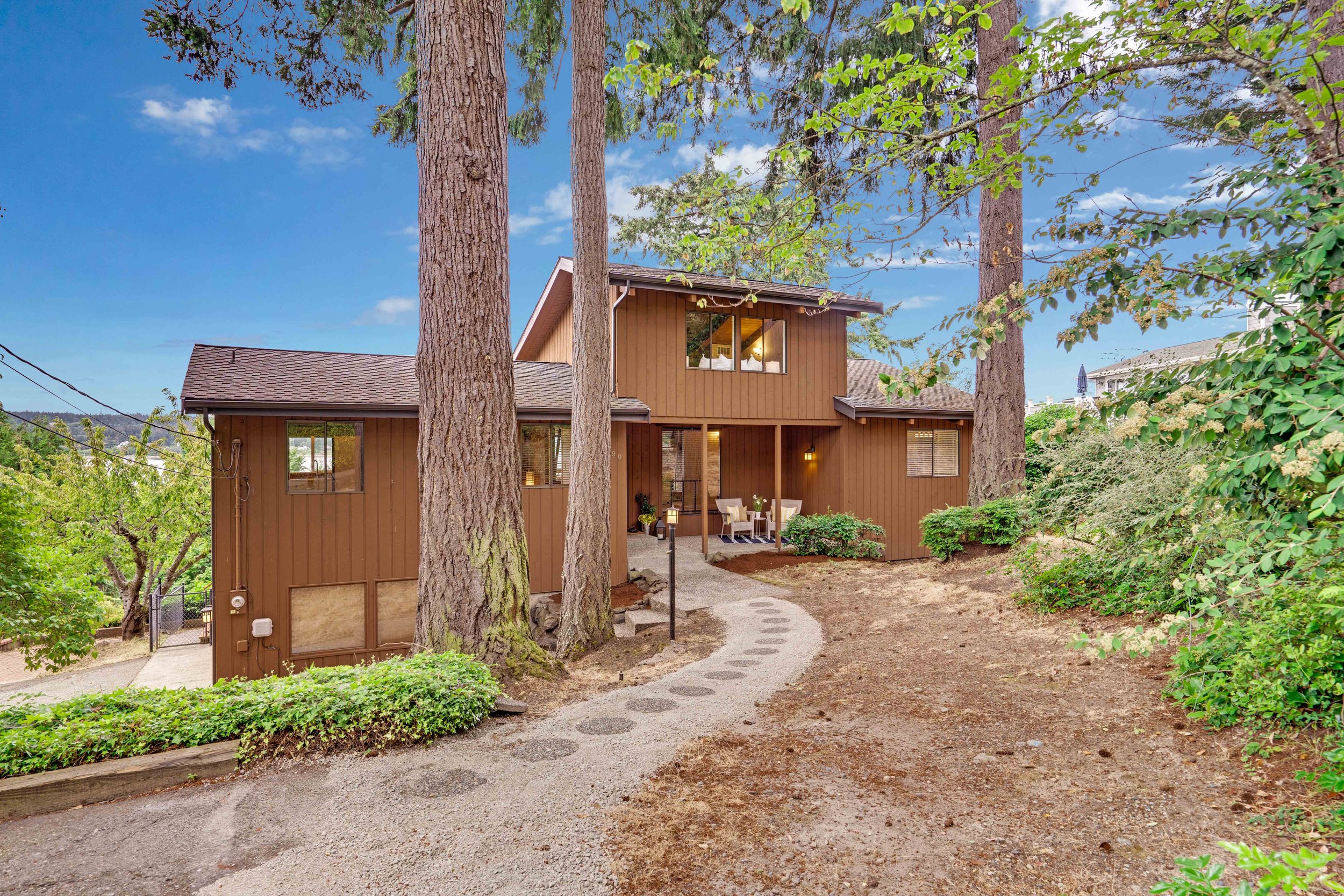
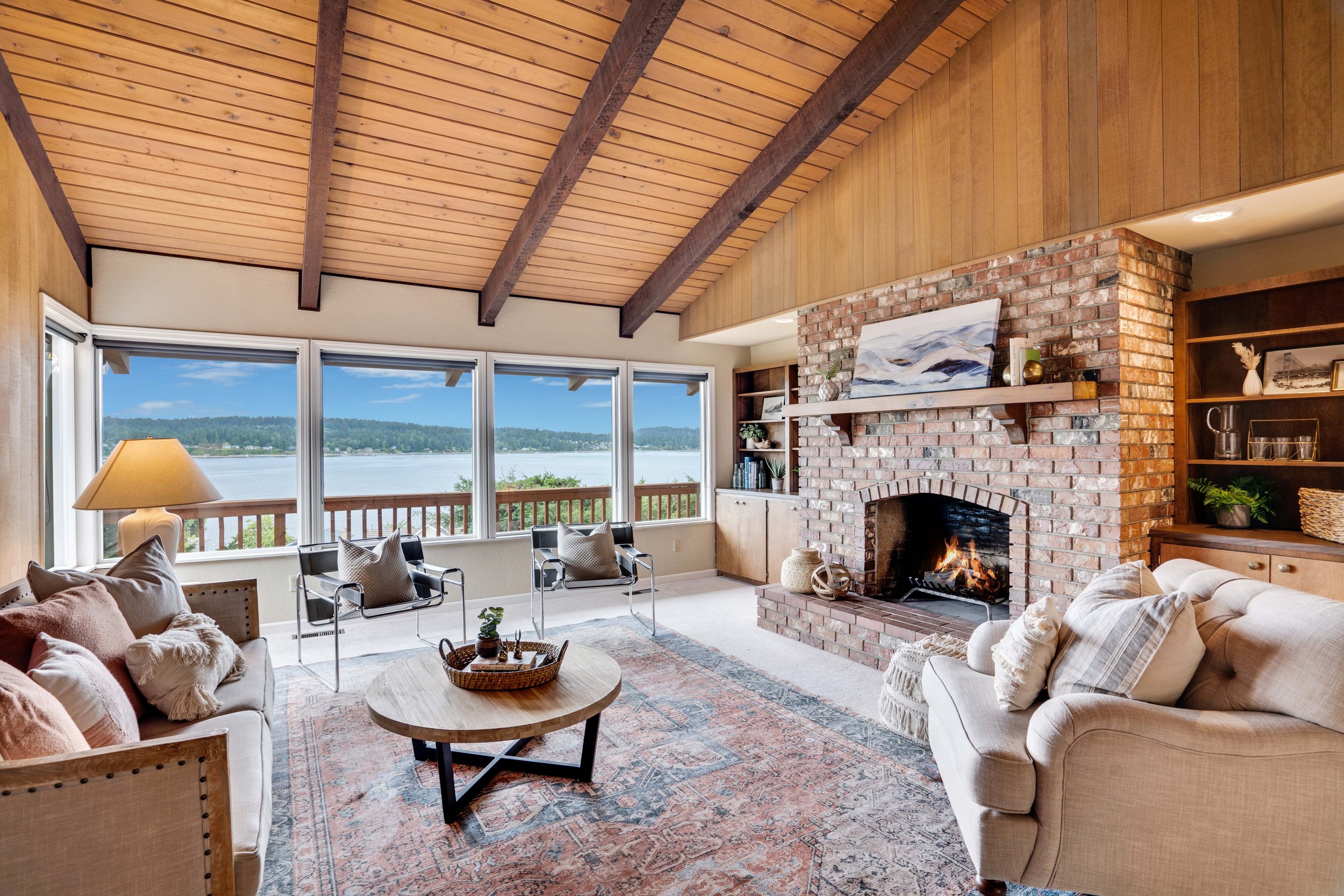
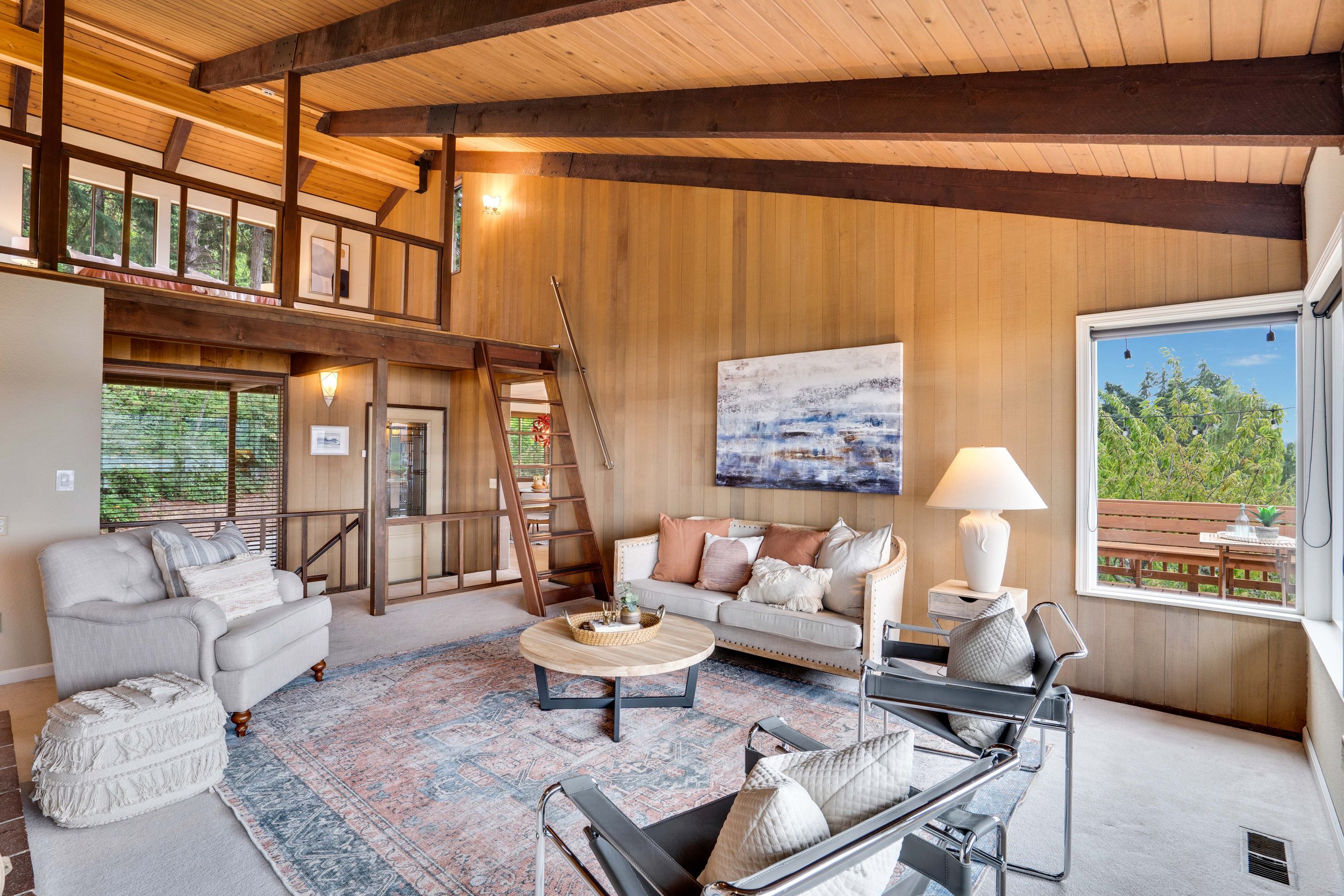
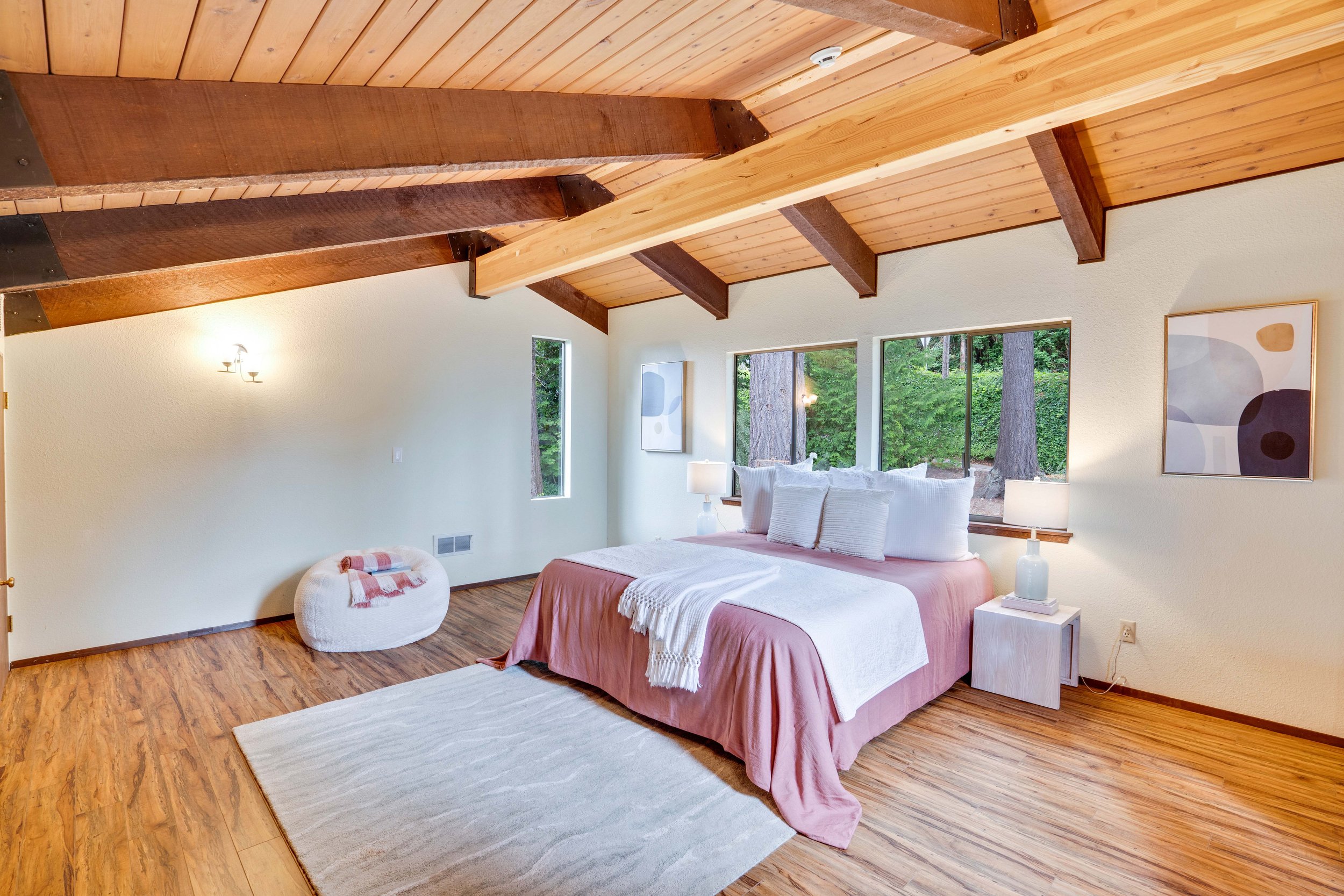
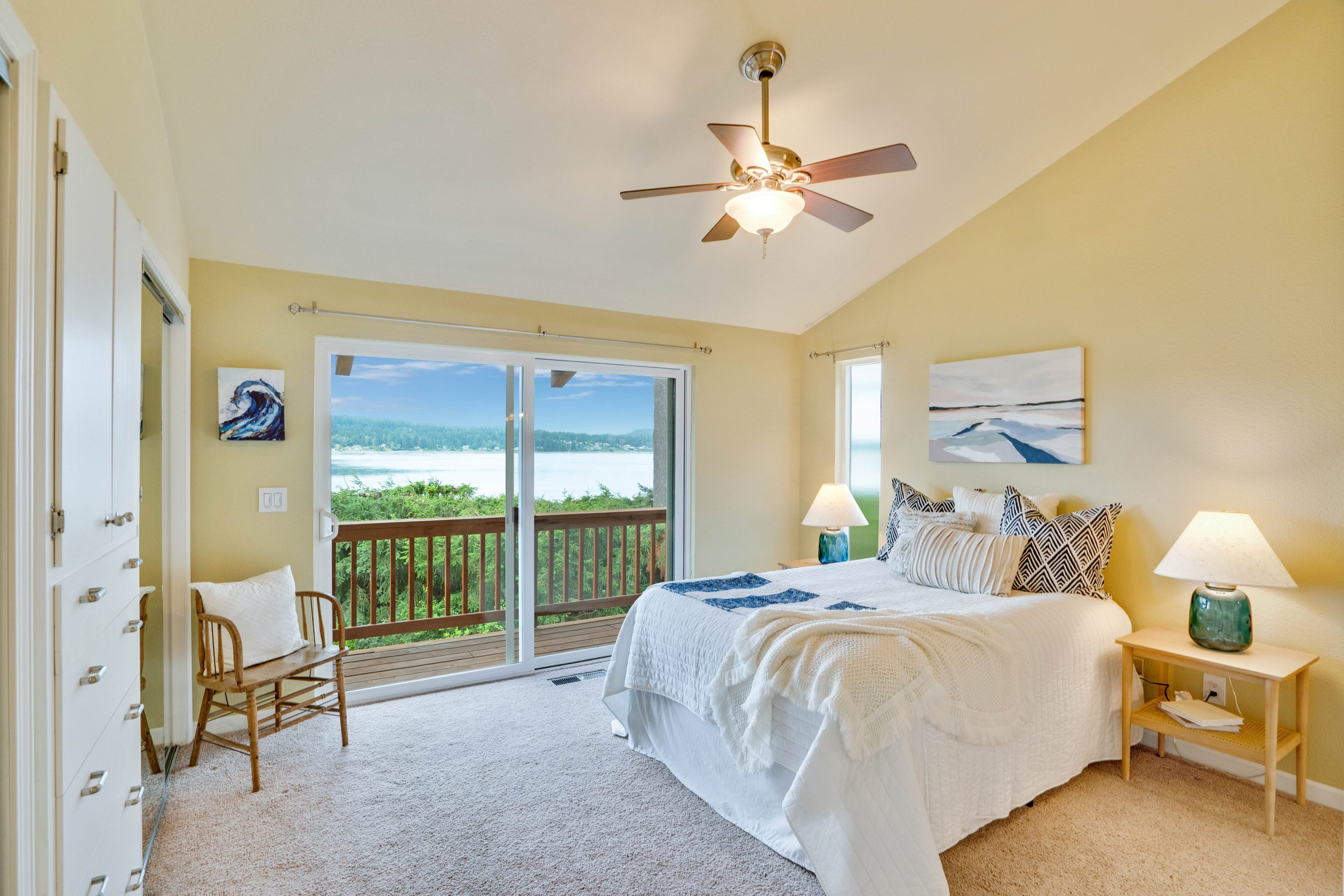
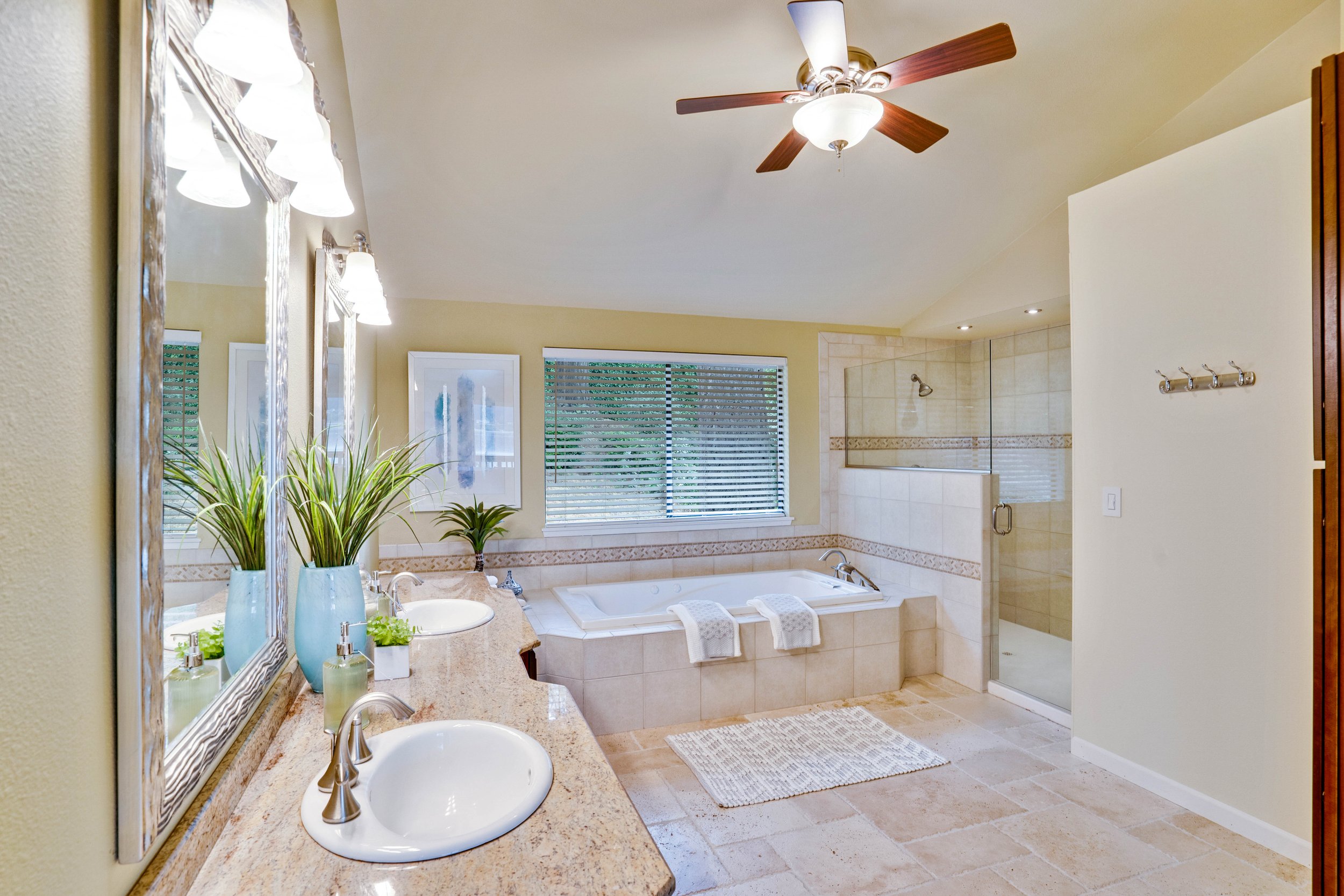
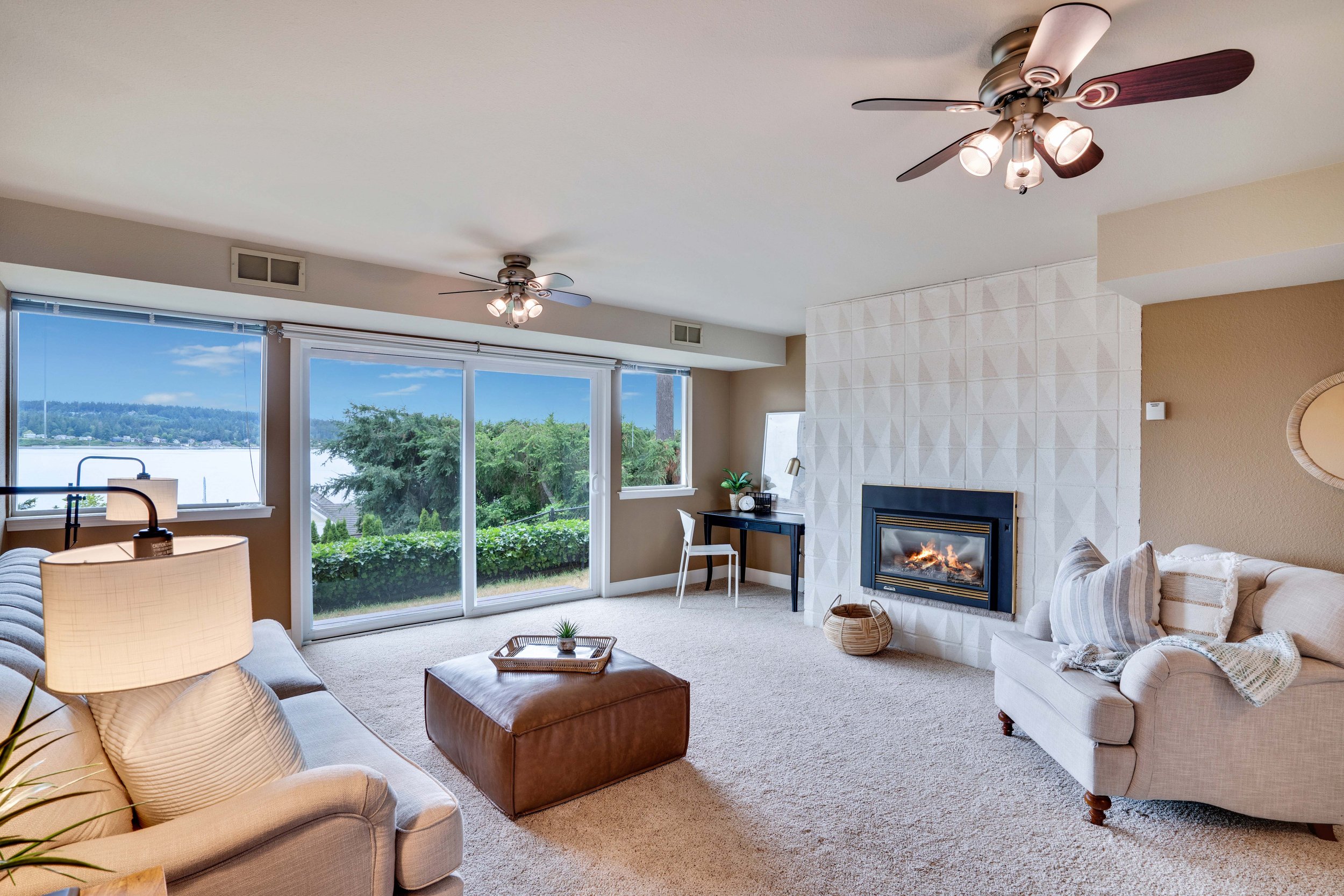
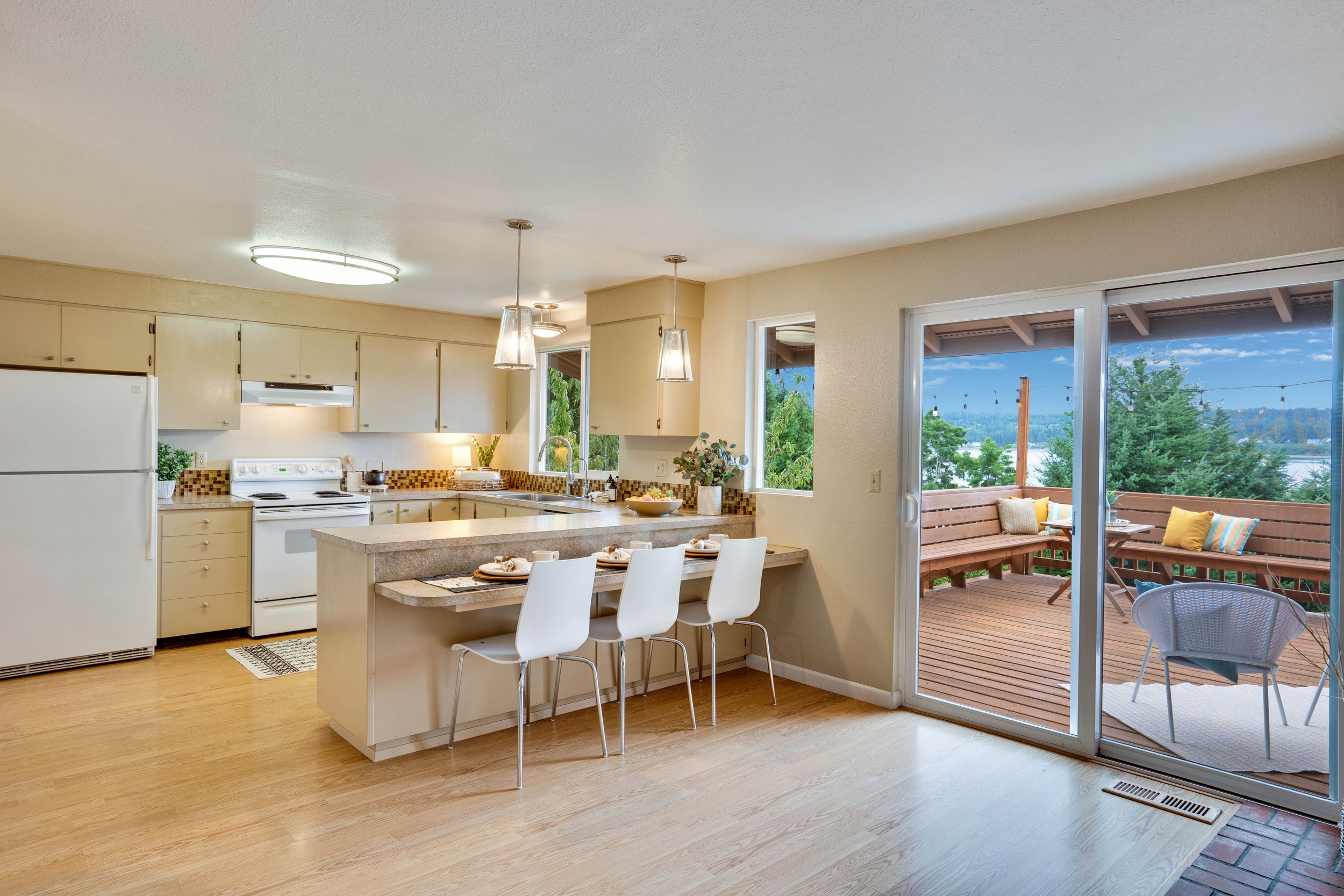
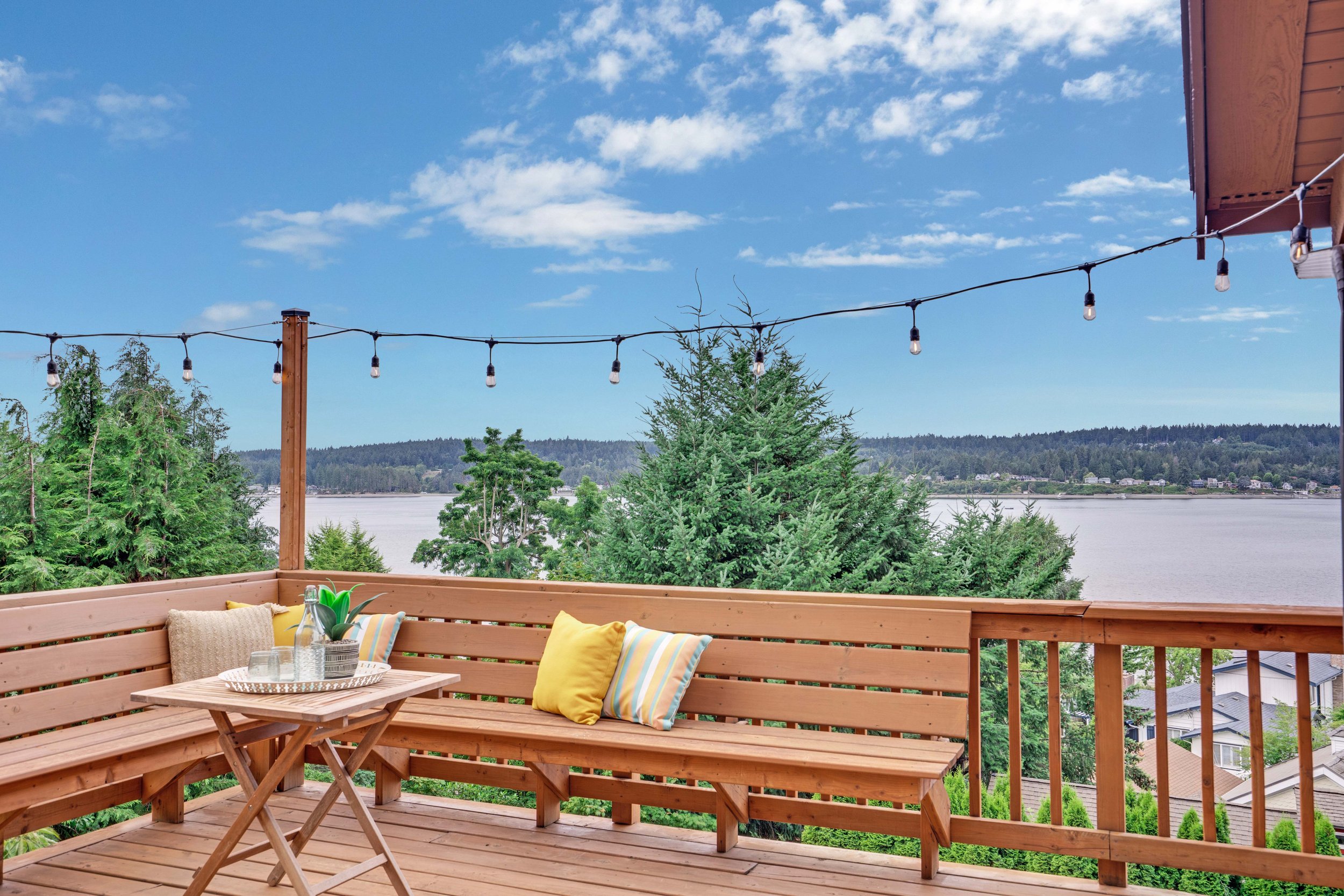
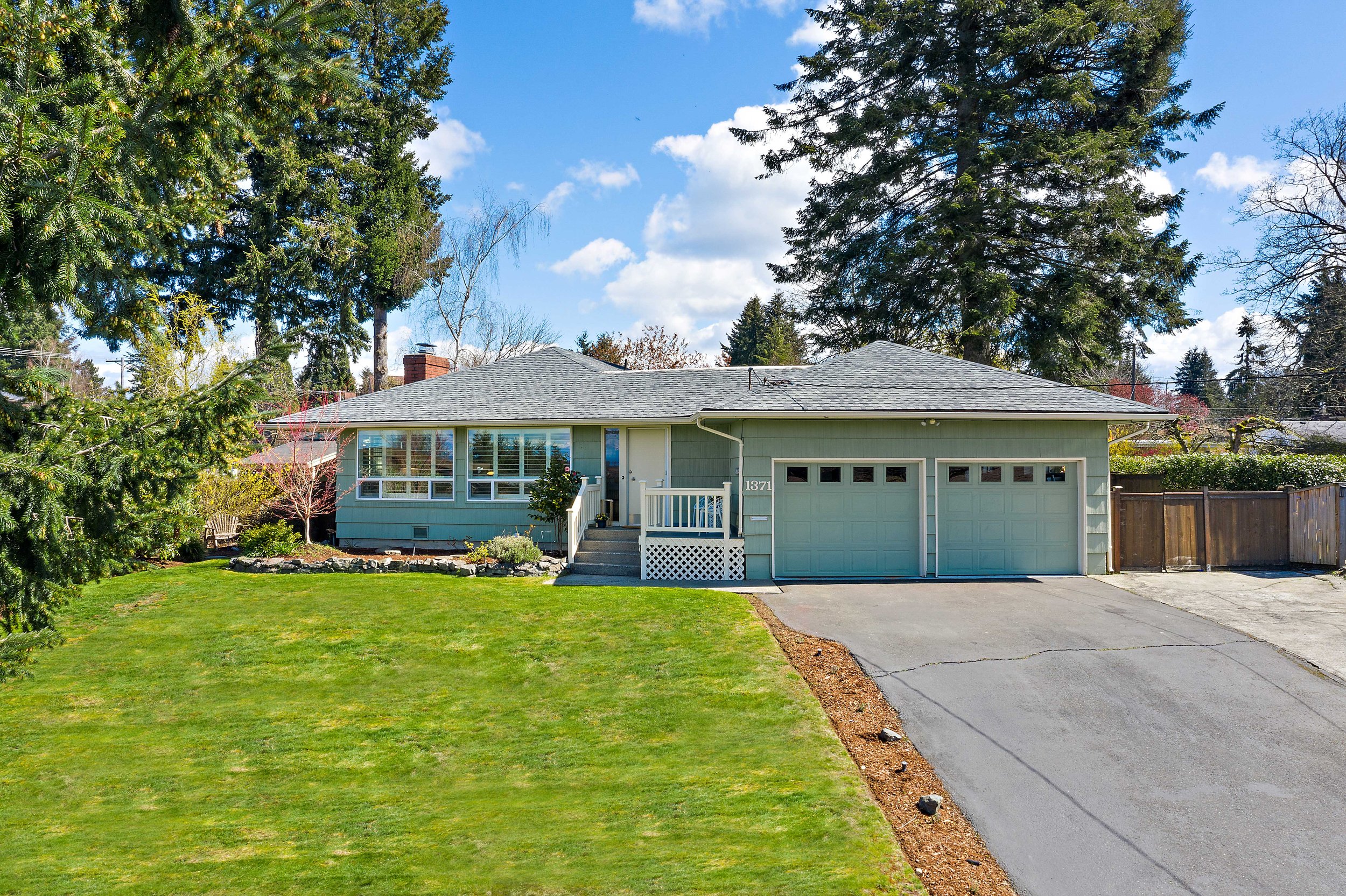
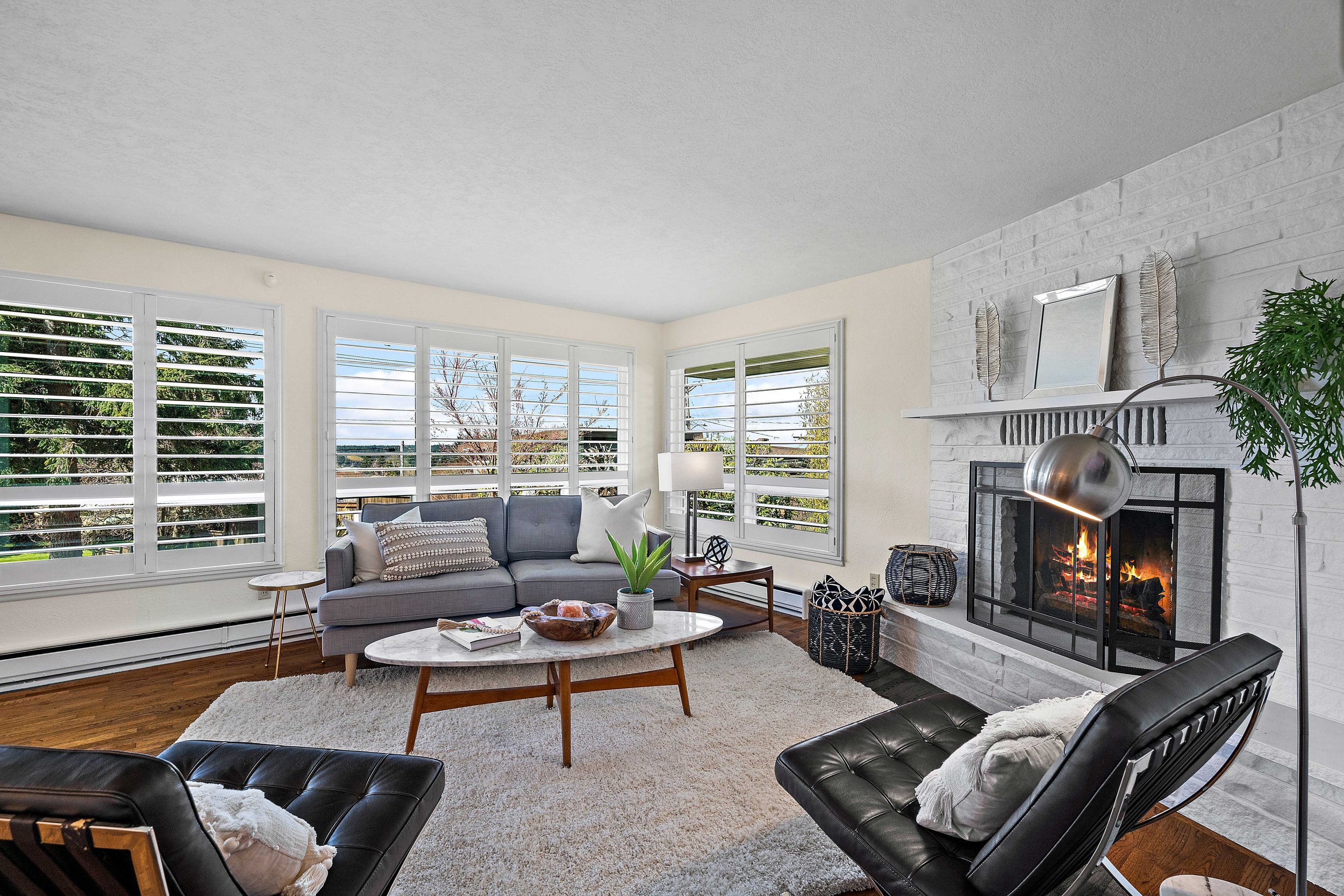
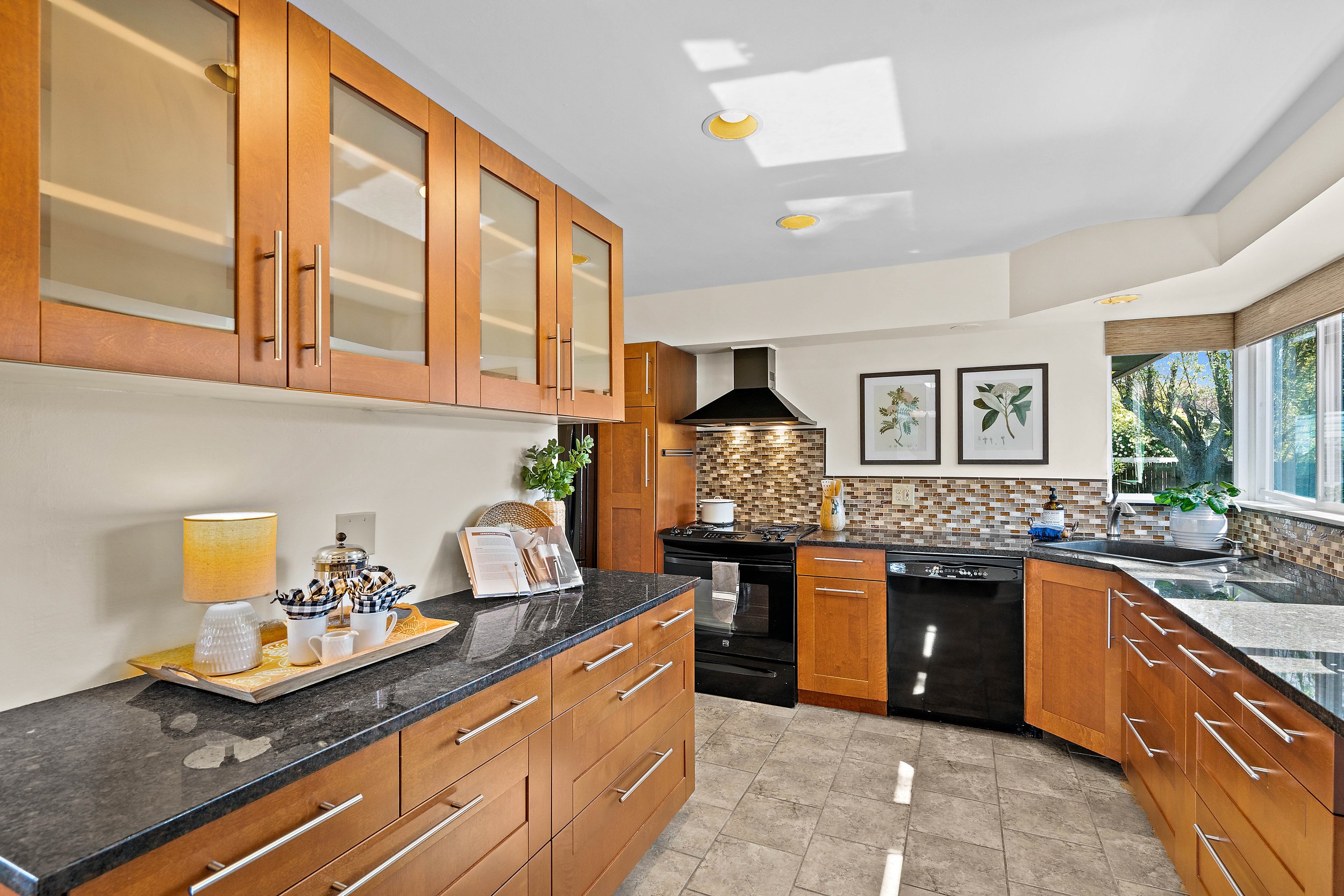
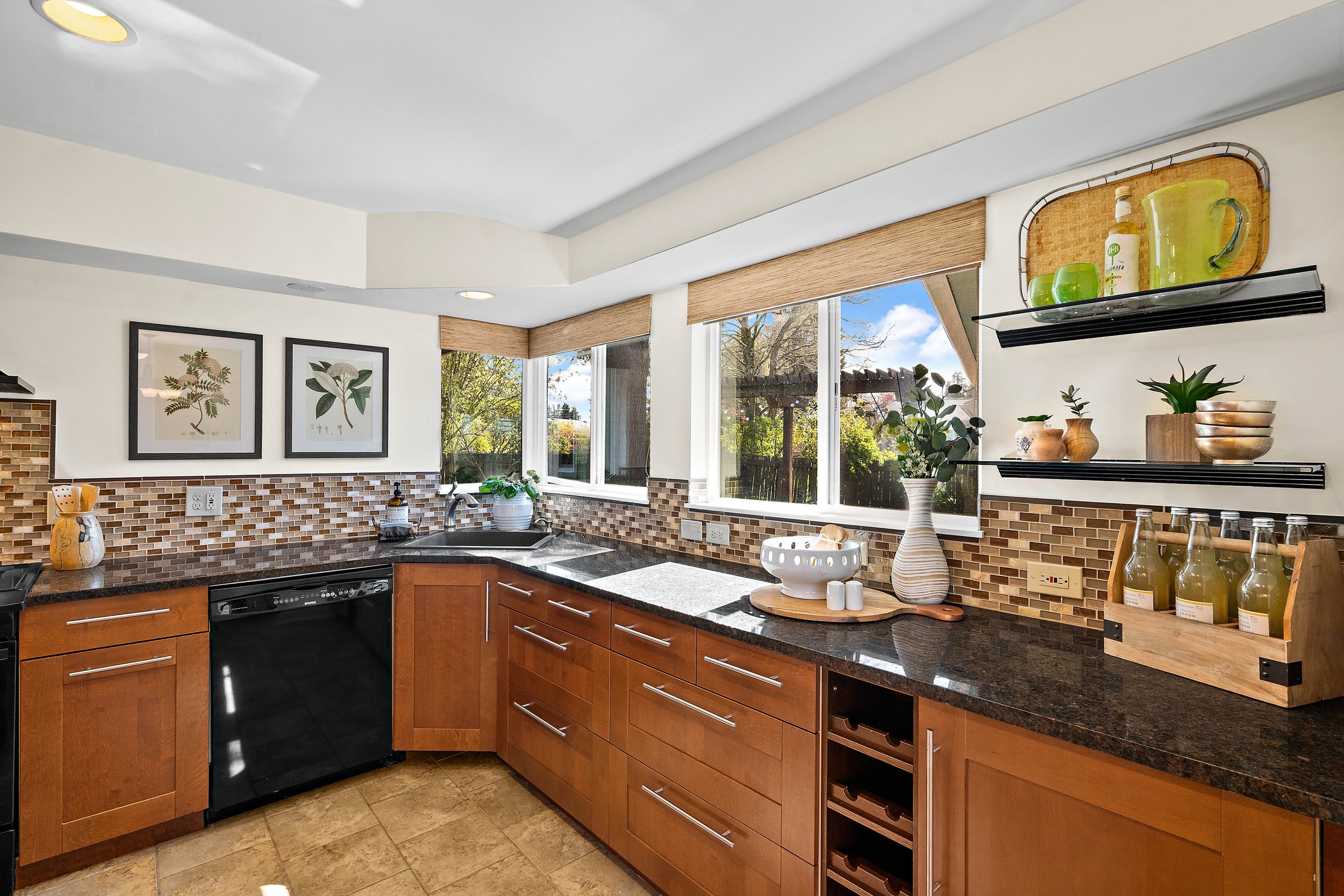
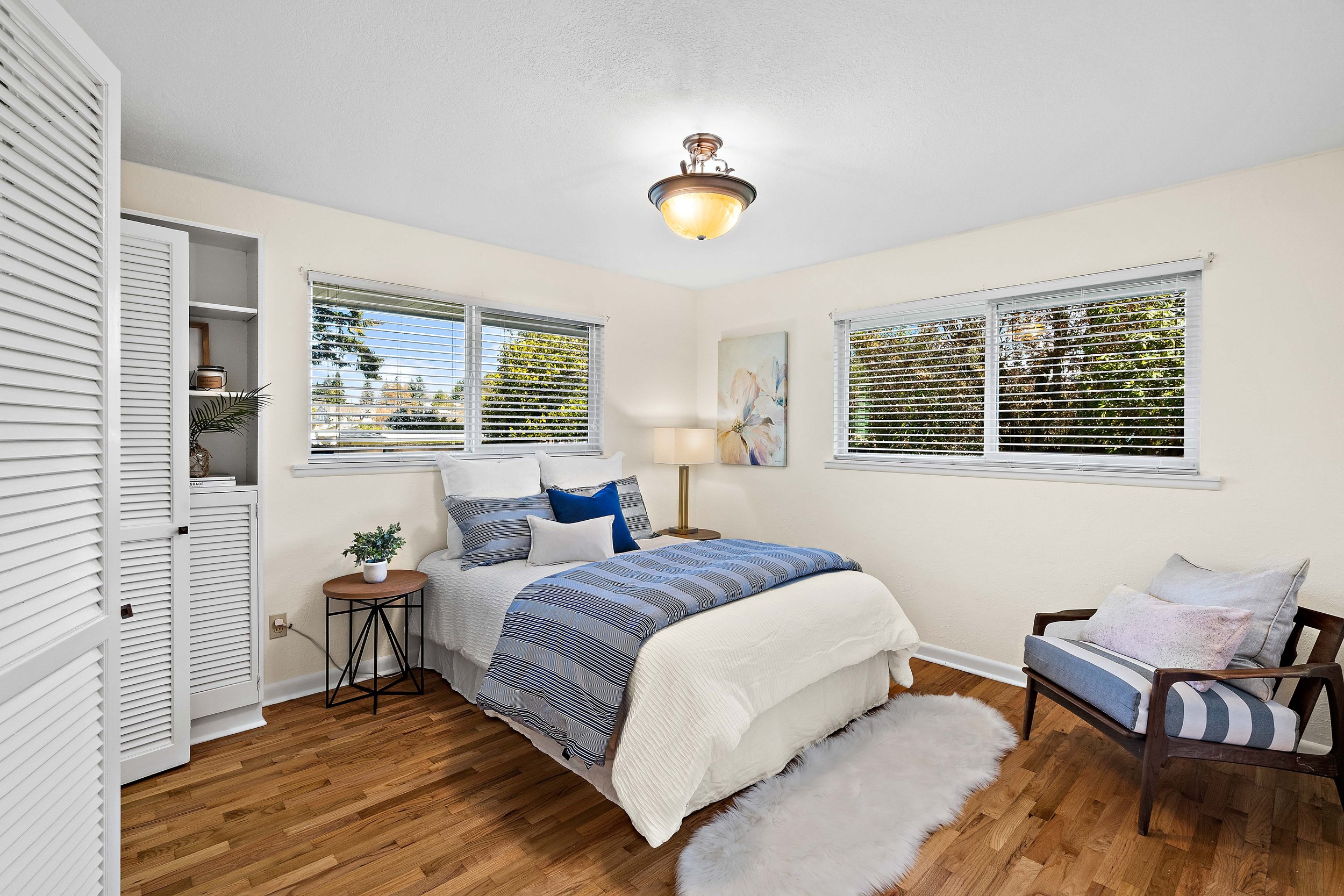
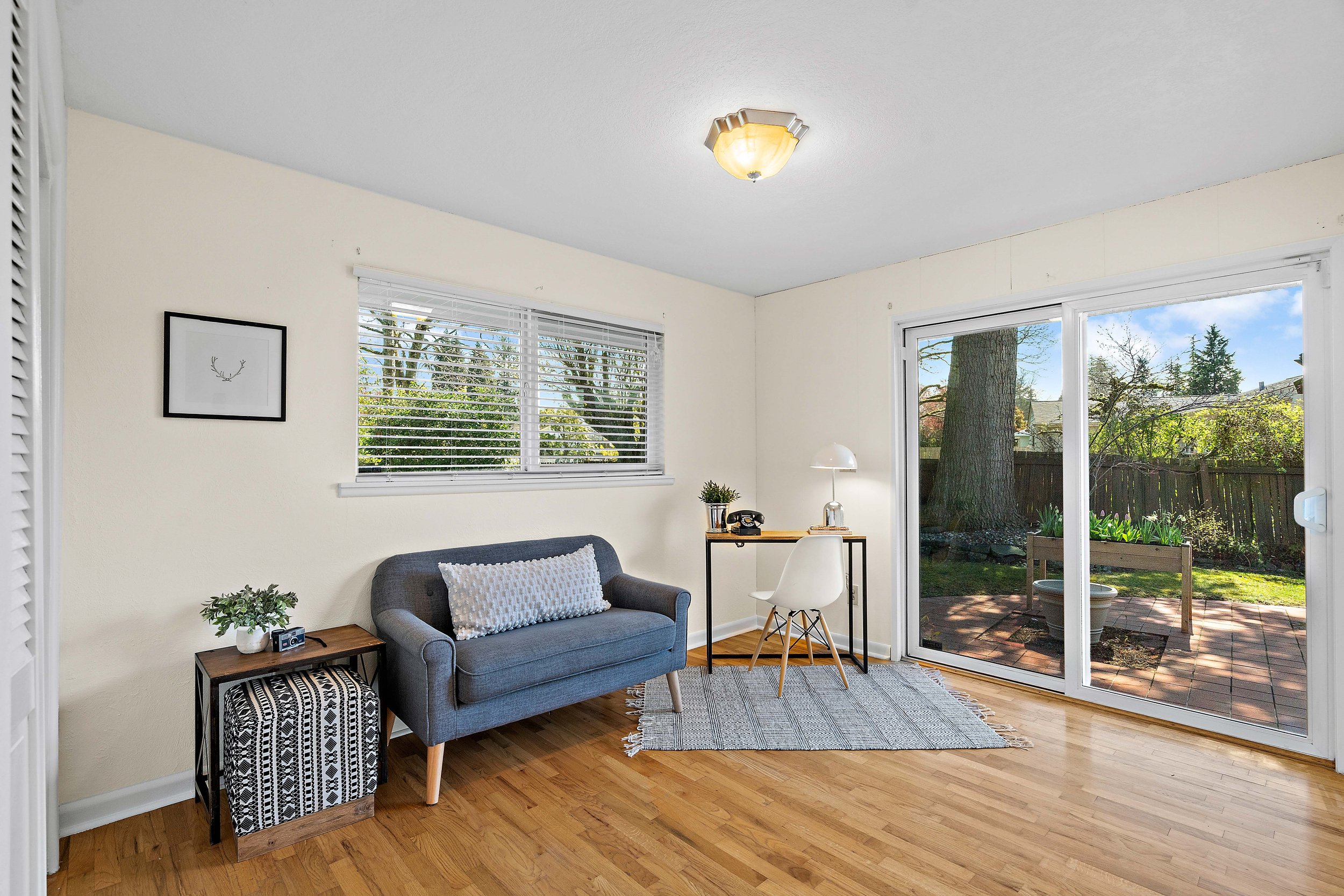
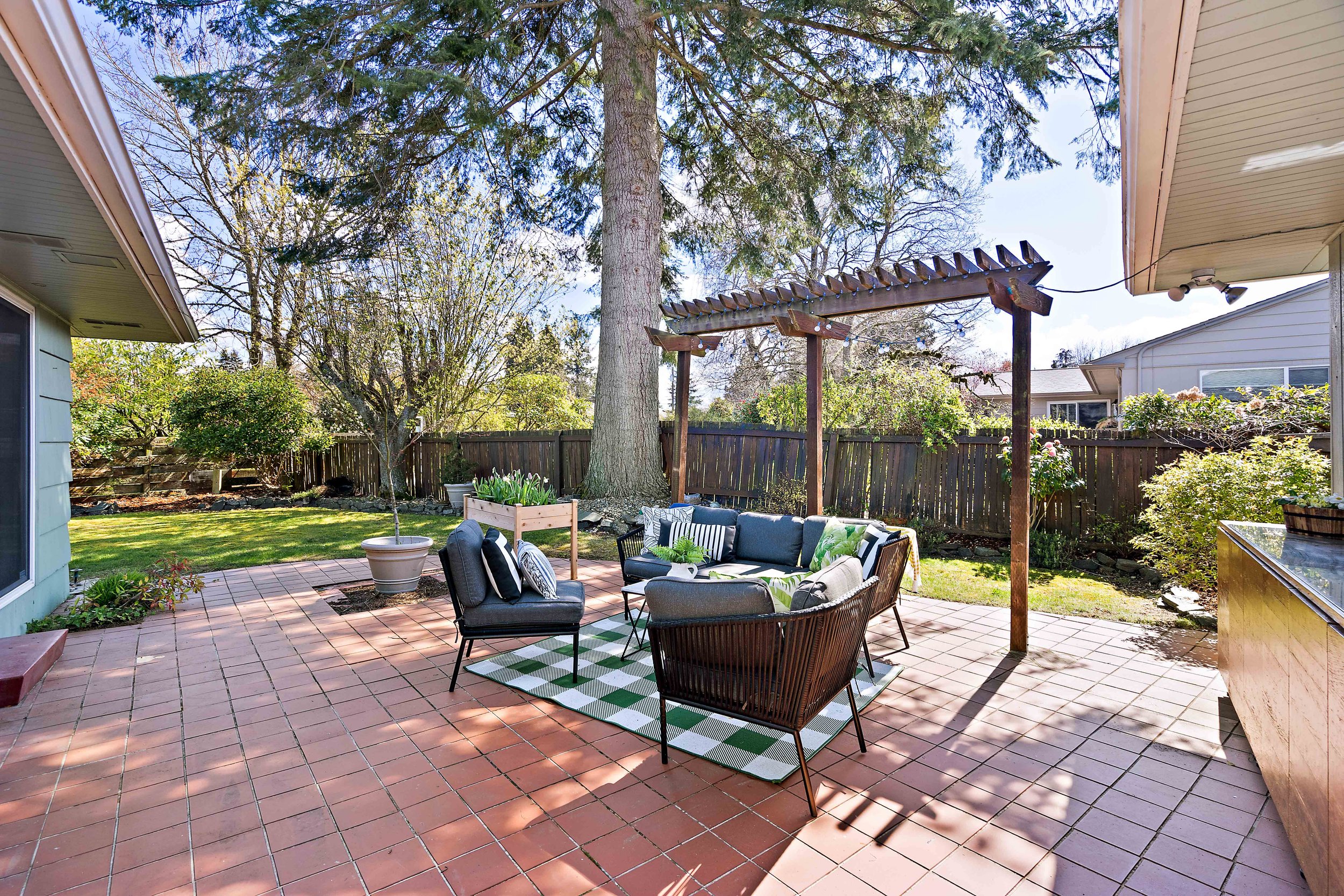

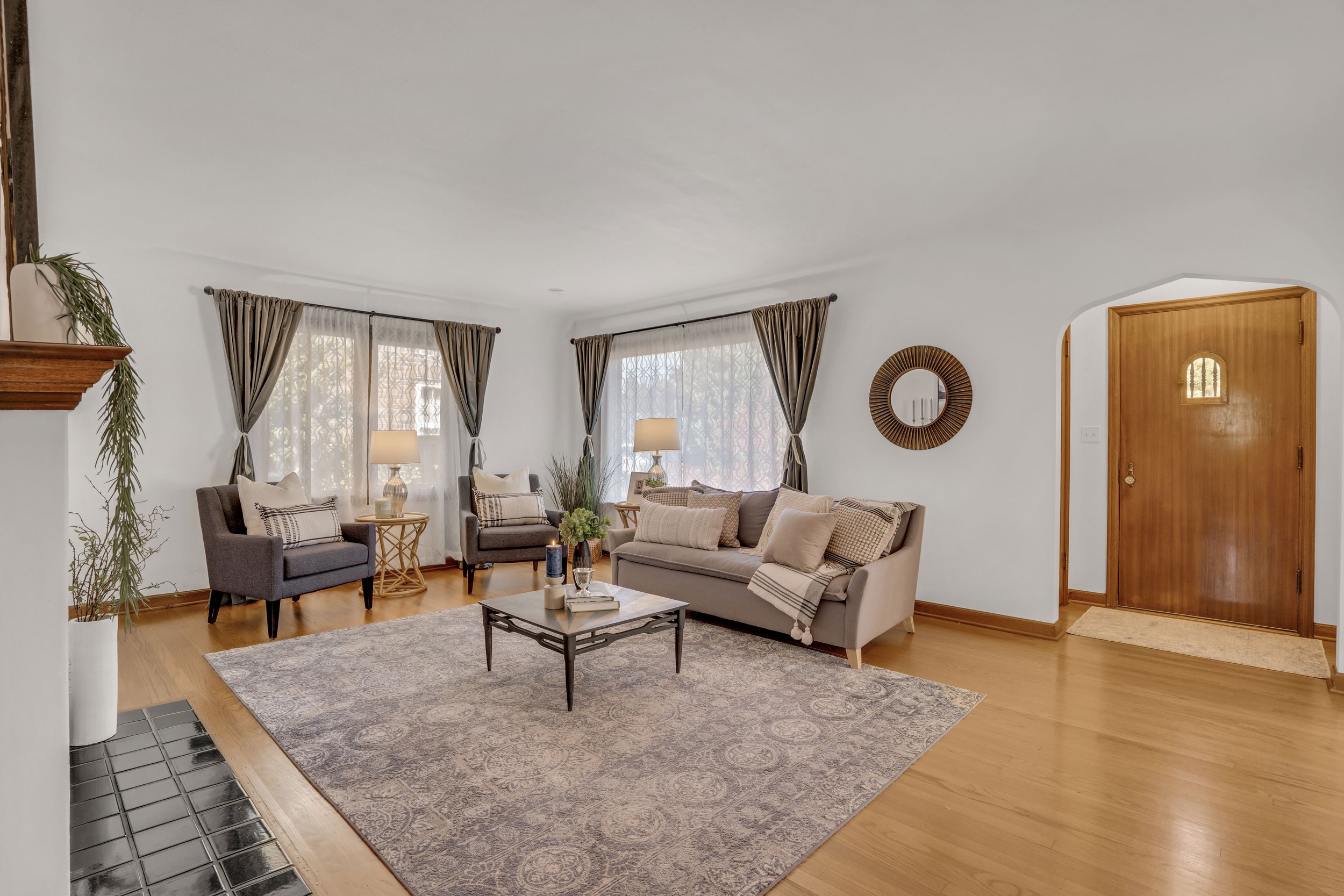
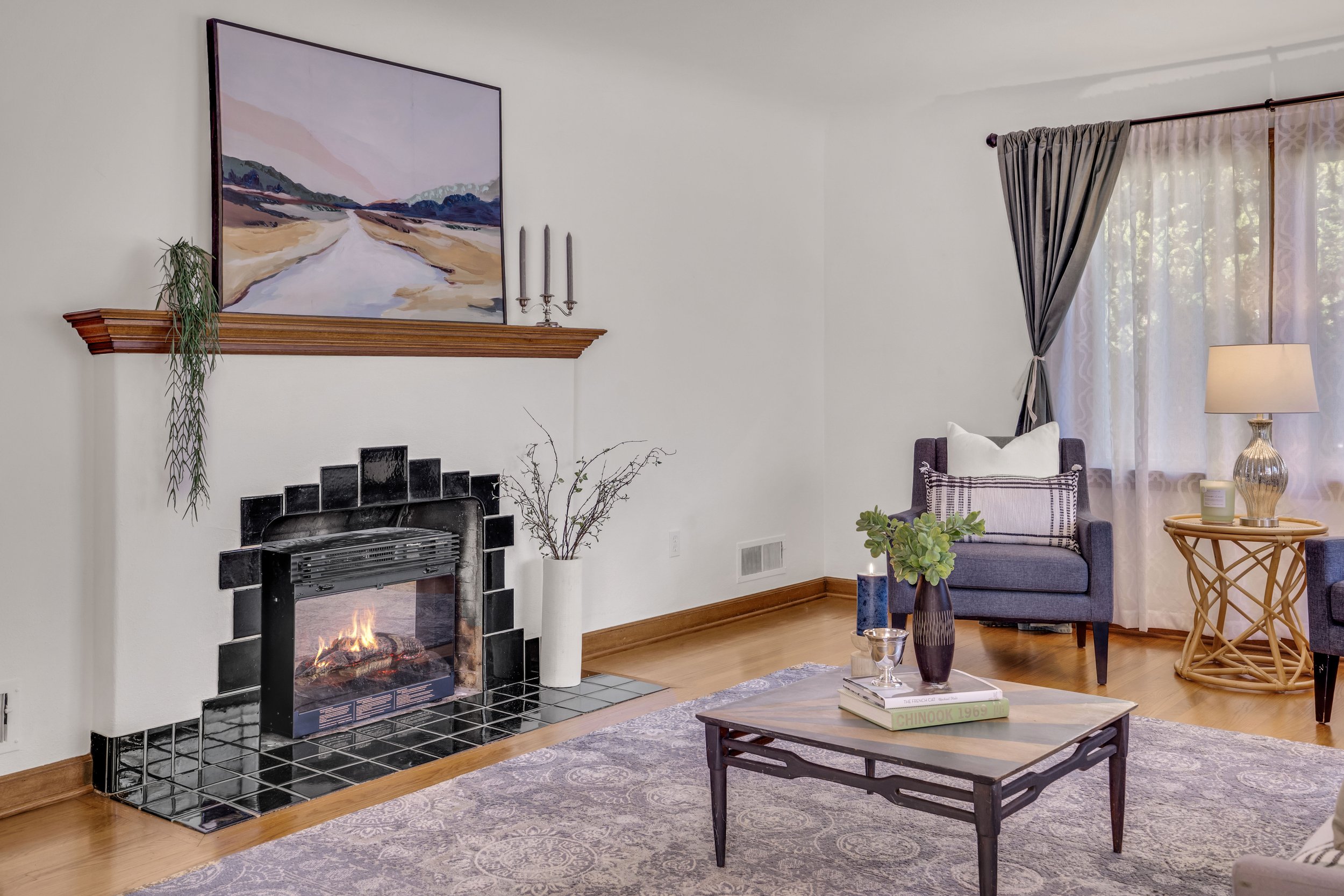

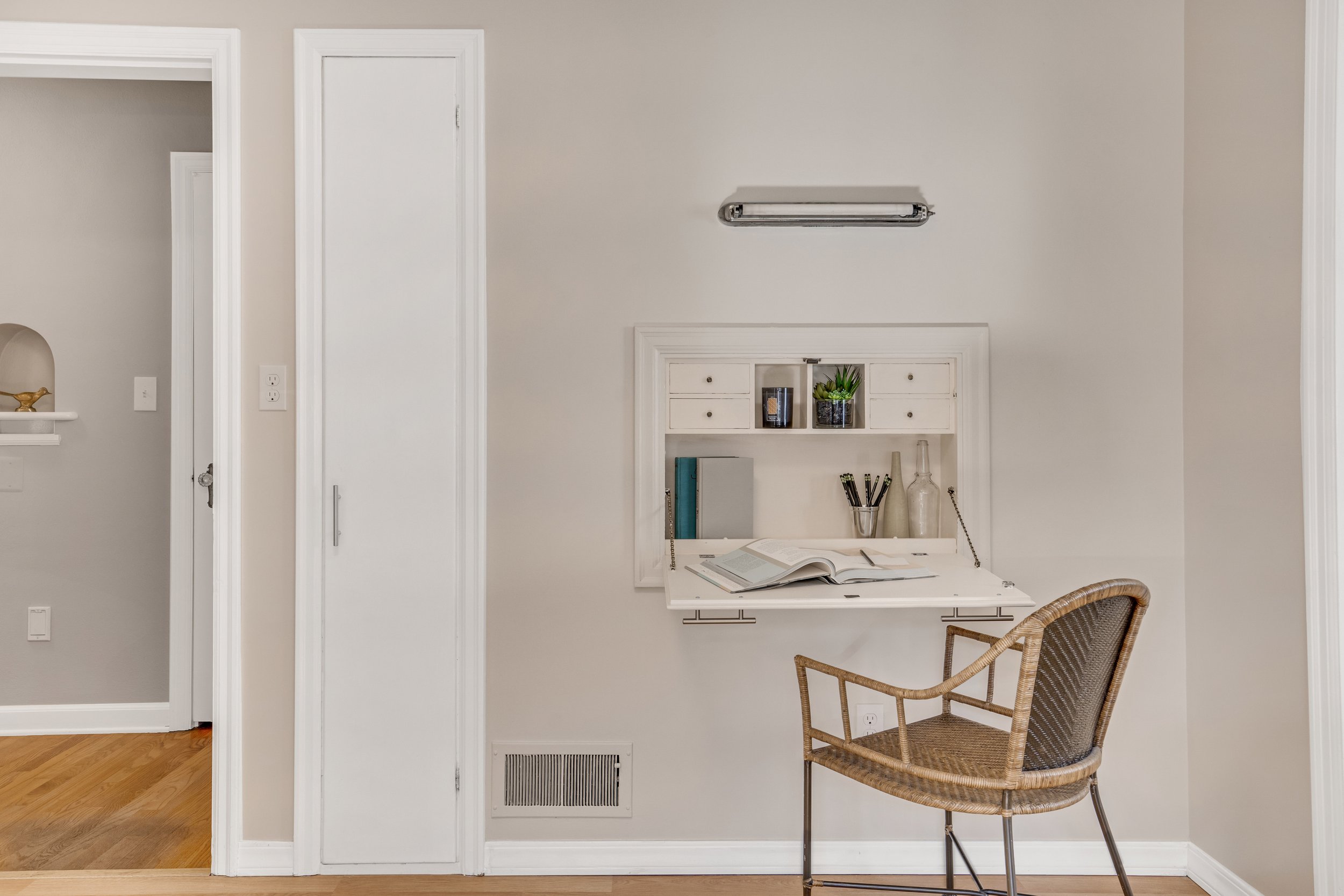
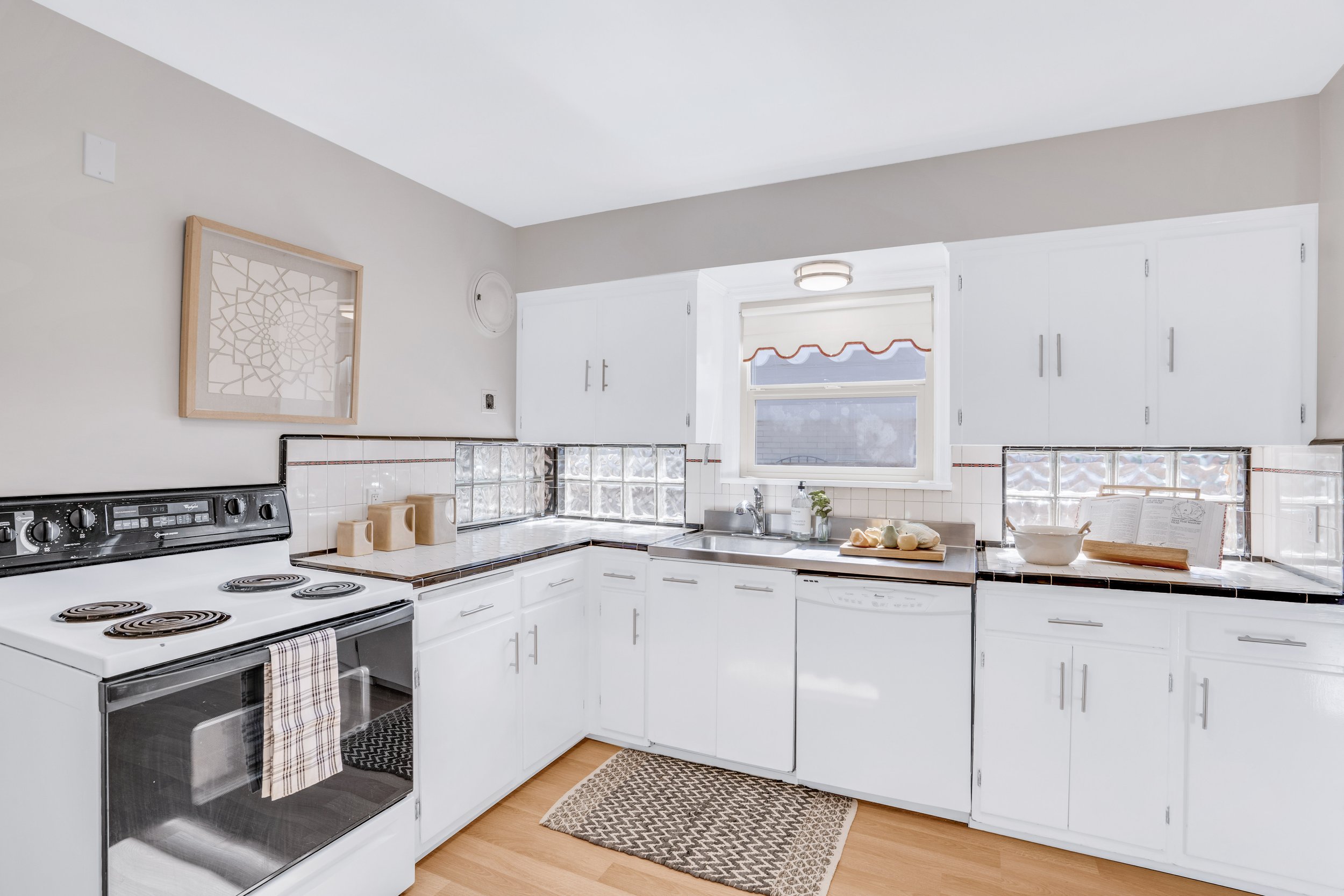
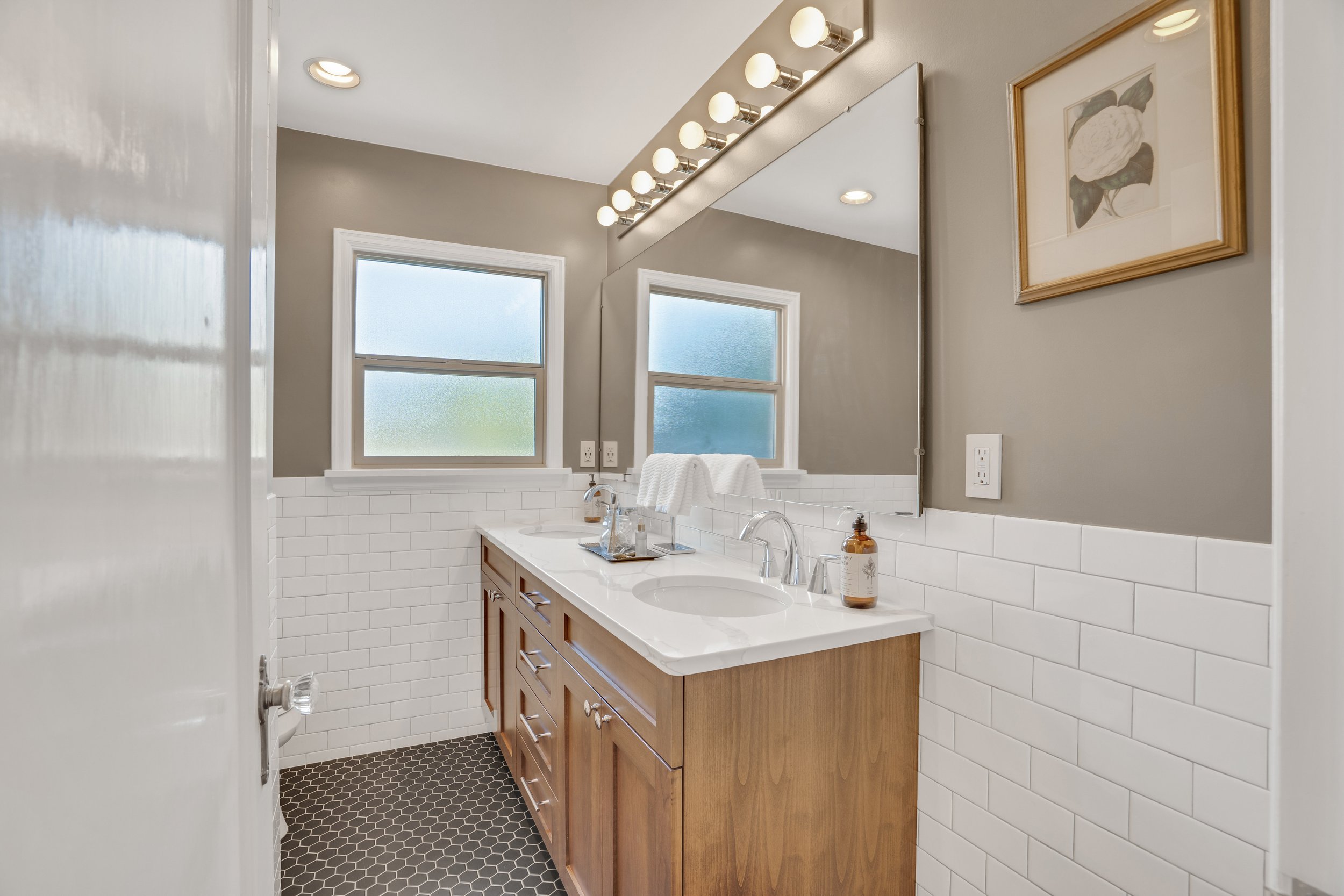
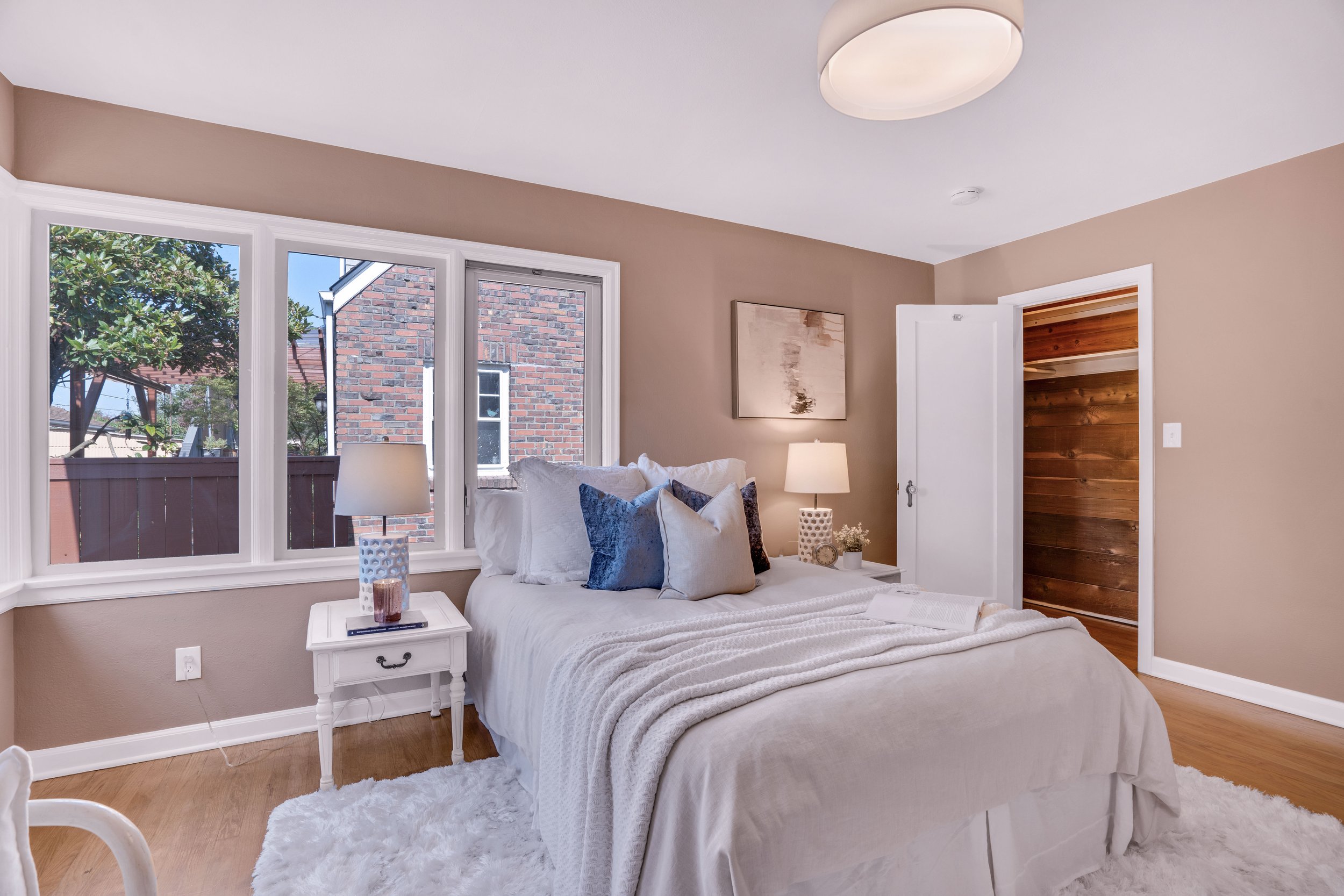
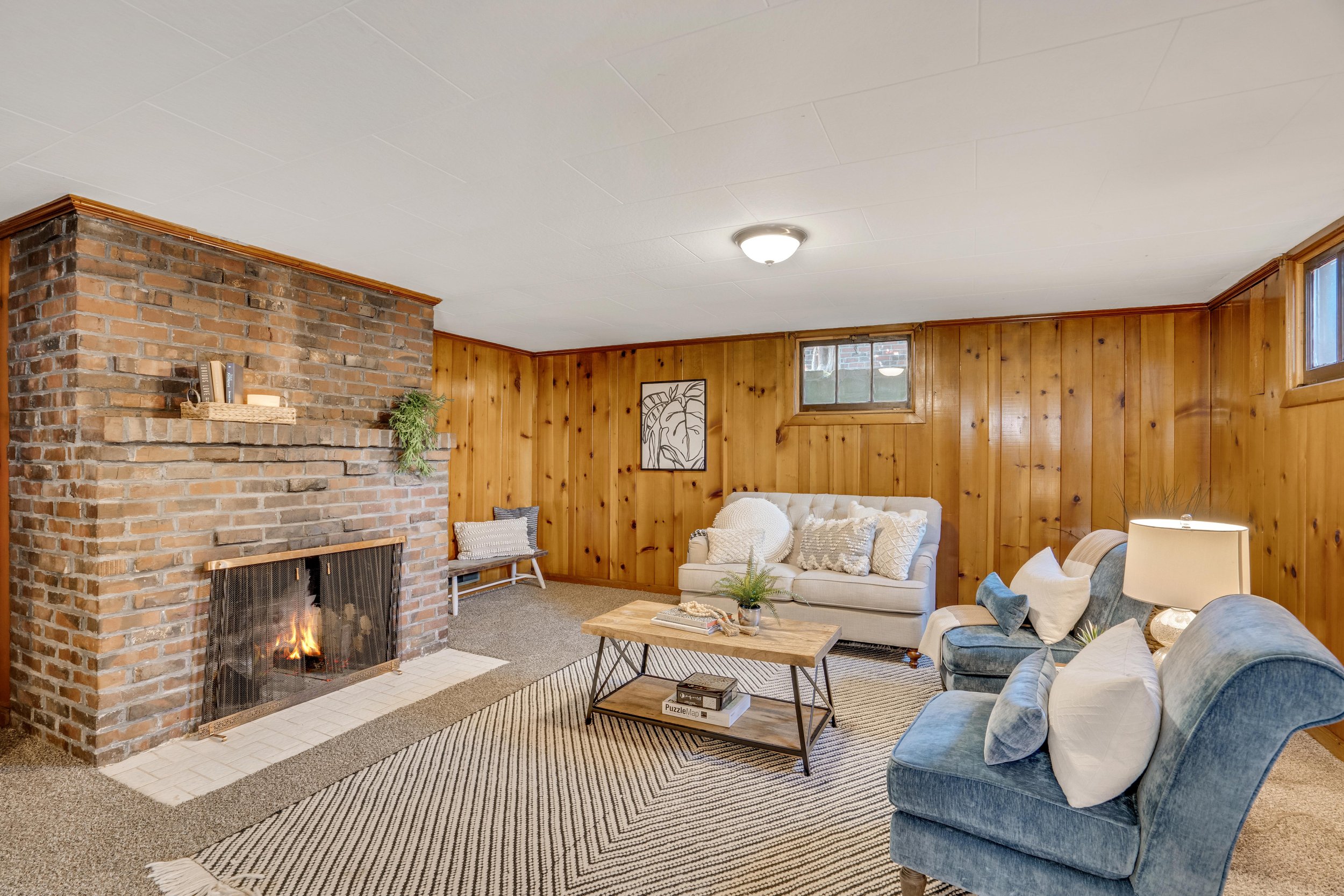
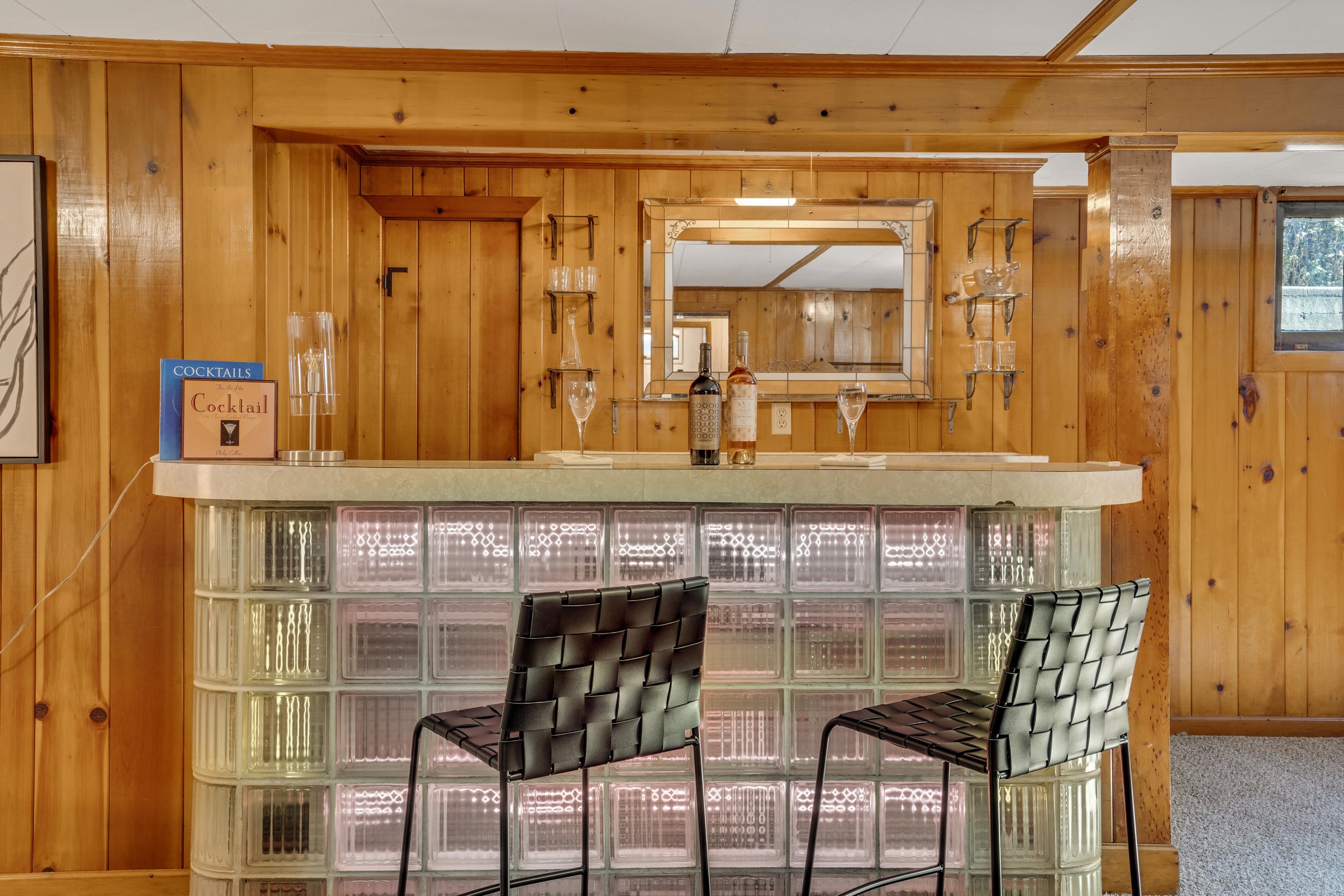
The ending of a successful listing story is one is which the people saying goodbye feel not only relief that their hard work is rewarded, but also a sense of goodwill toward the people who will take over the care of their home. It isn’t easy to pass a beloved place into strange hands, so it’s important to remember that nothing that happens later can take away the good years you spent with a home; focus on that goodwill we mentioned before. We know you’re the kind of person who hopes for the wellbeing of others. You can do this! And if you need help, let me know.
Final Thoughts
Sometimes markets favor buyers, other times markets favor sellers. Either way, invest the time, attention, and resources to prepare your home. It’s worth it.
Seller’s Market: If you’re selling in what’s called a seller’s market when demand is high, inventory is low, and buyers are competing, a well-prepared home is still powerful, draws more attention, sells more quickly, and typically sells for more than a house with smudged walls, grimy grout, distracting clutter, and an immediate punch list of projects.
Buyer’s Market: Conversely, if you’re selling in a buyer’s market when inventory is moving more slowly, when buyers aren’t competing as intensely and bidding prices way up, it’s still very worth investing your time and funds in a well-presented listing; your well-prepared home will sell faster. You want buyers to be immediately drawn to your home, to sense how clean and cared for the home is as they walk through, to keep thinking about it when they leave their showing. Give buyers confidence in your home by showing how much you value it.
Farwell, Home: Okay, it’s not quite time to say goodbye to your home yet. We haven’t even gone through the showing phase, the inspection responses and negotiations, or the appraisal. But even now as the focus is on preparation and presentation, it’s good to have the goal in mind. Part of the goal is to leave with a financial asset that allows you to take your next step in life. And we hope the goal is also to match your home with people who will carry the baton and love it well. The more complete and lovely your home is when you list it, the more difficult it can be to say goodbye and close the door. But there's also a feeling of deep satisfaction. So far, in our experience, it’s followed by significant reward in a practical sense as well. We think very fondly of a home we loved, worked hard to renovate, and eventually sold. We left with a sense of accomplishment, bittersweet, but strong. We do our best to make sure our clients can feel that way too.
If you have questions for us, please don't hesitate to get in touch. We'd be honored to help! In the meantime, get to know some of our past listings by reading their stories, watching video tours, and seeing all the photos.

















